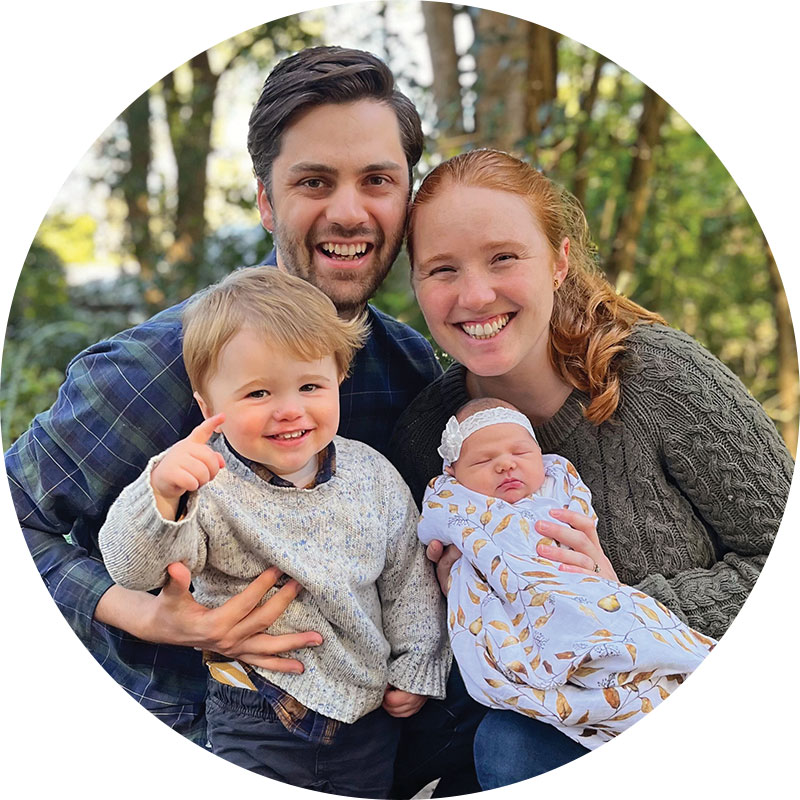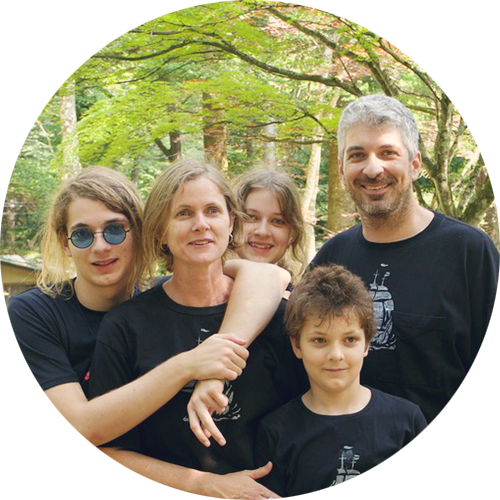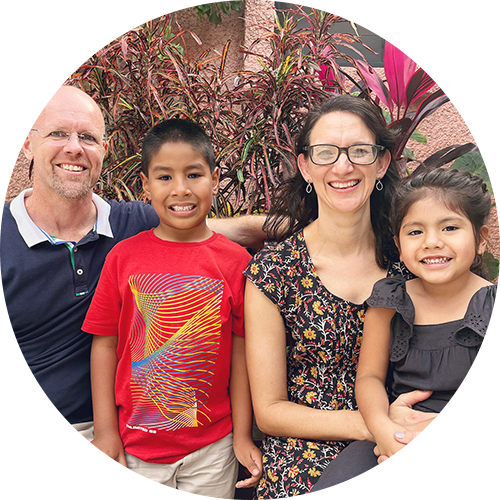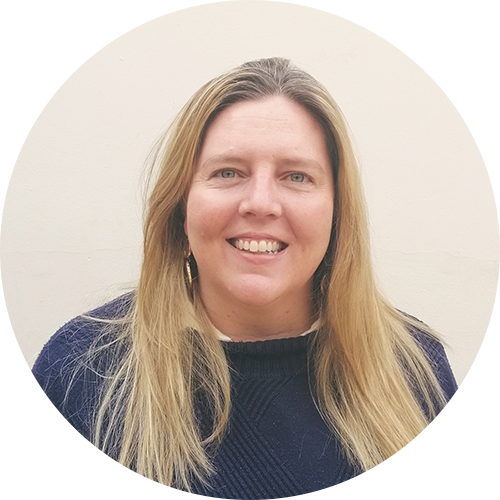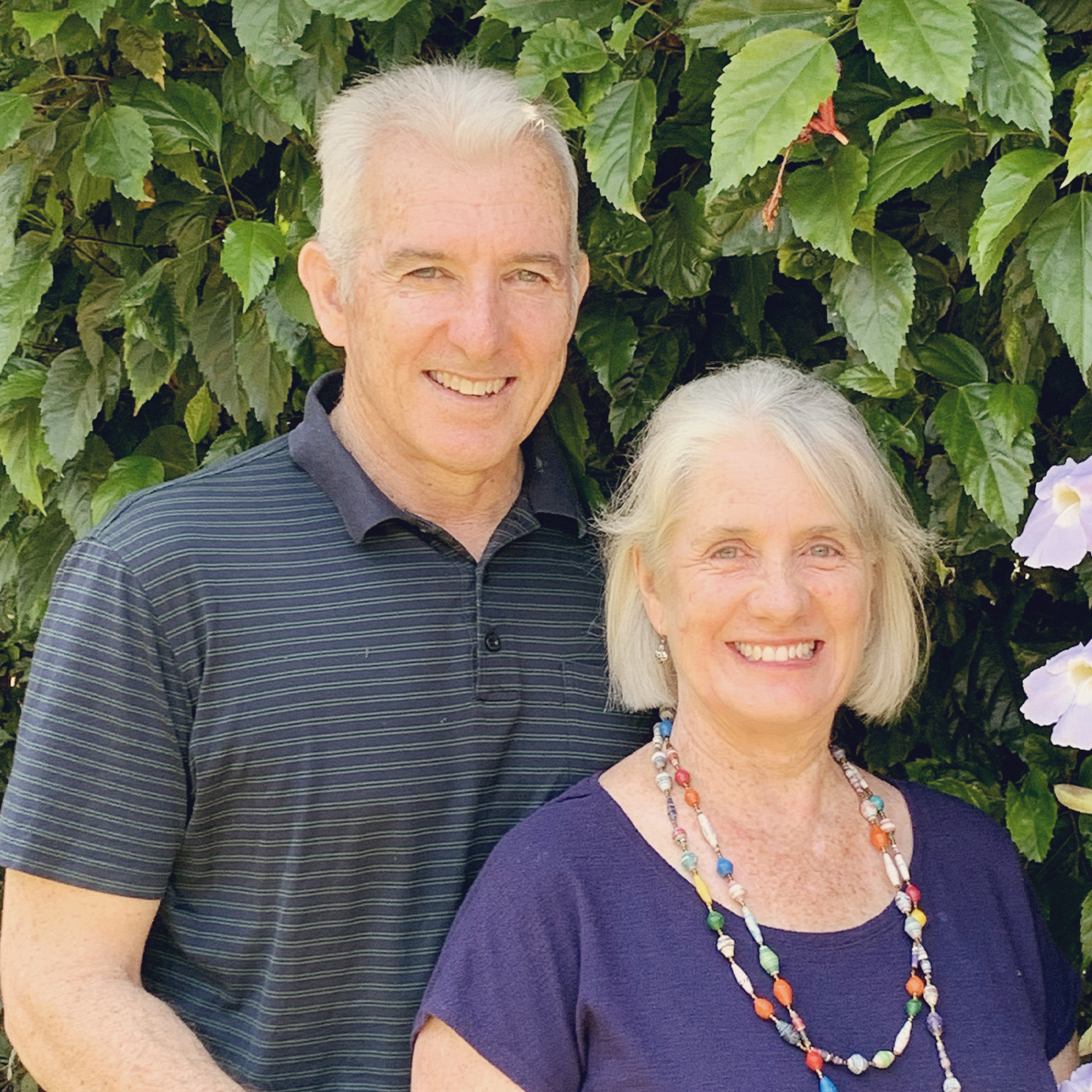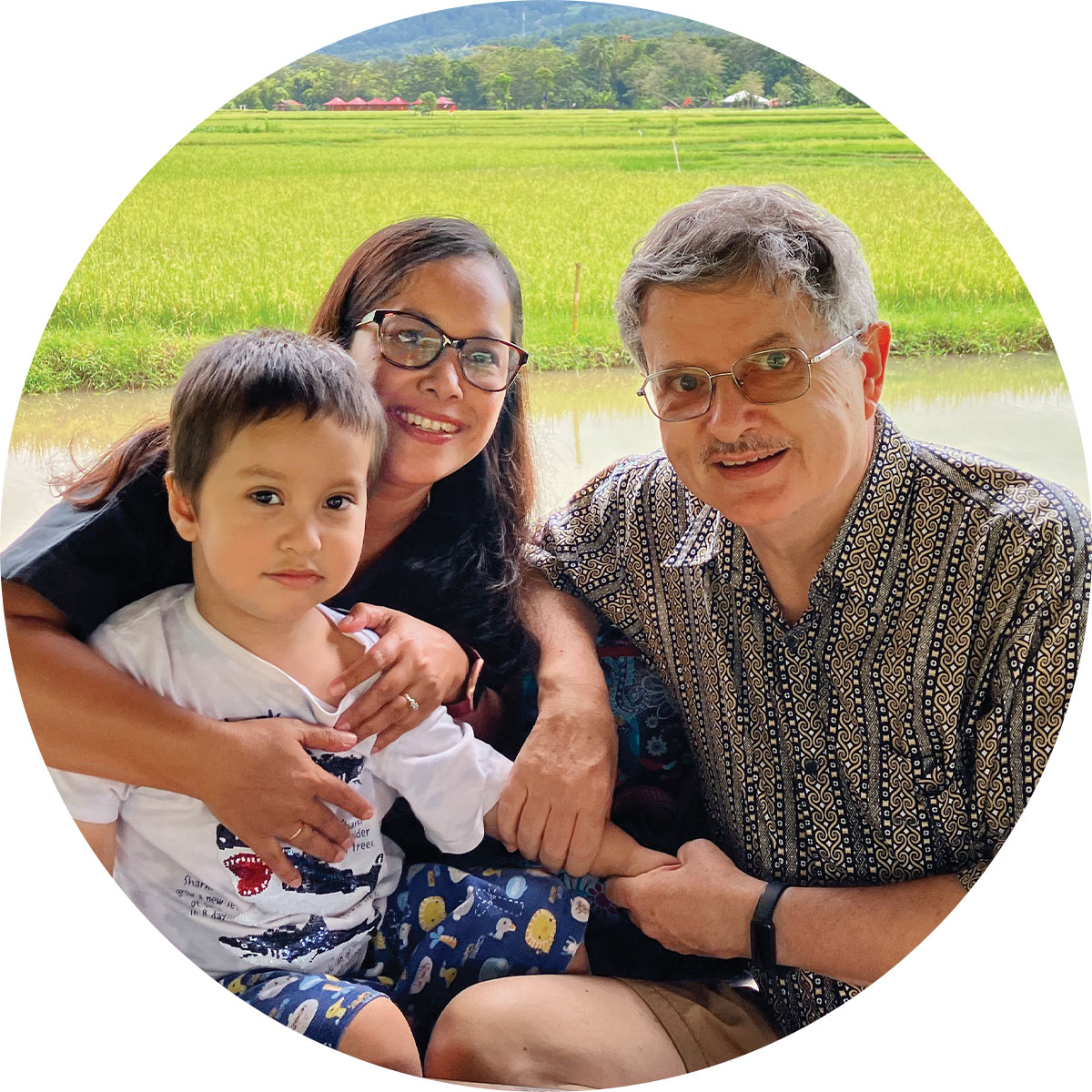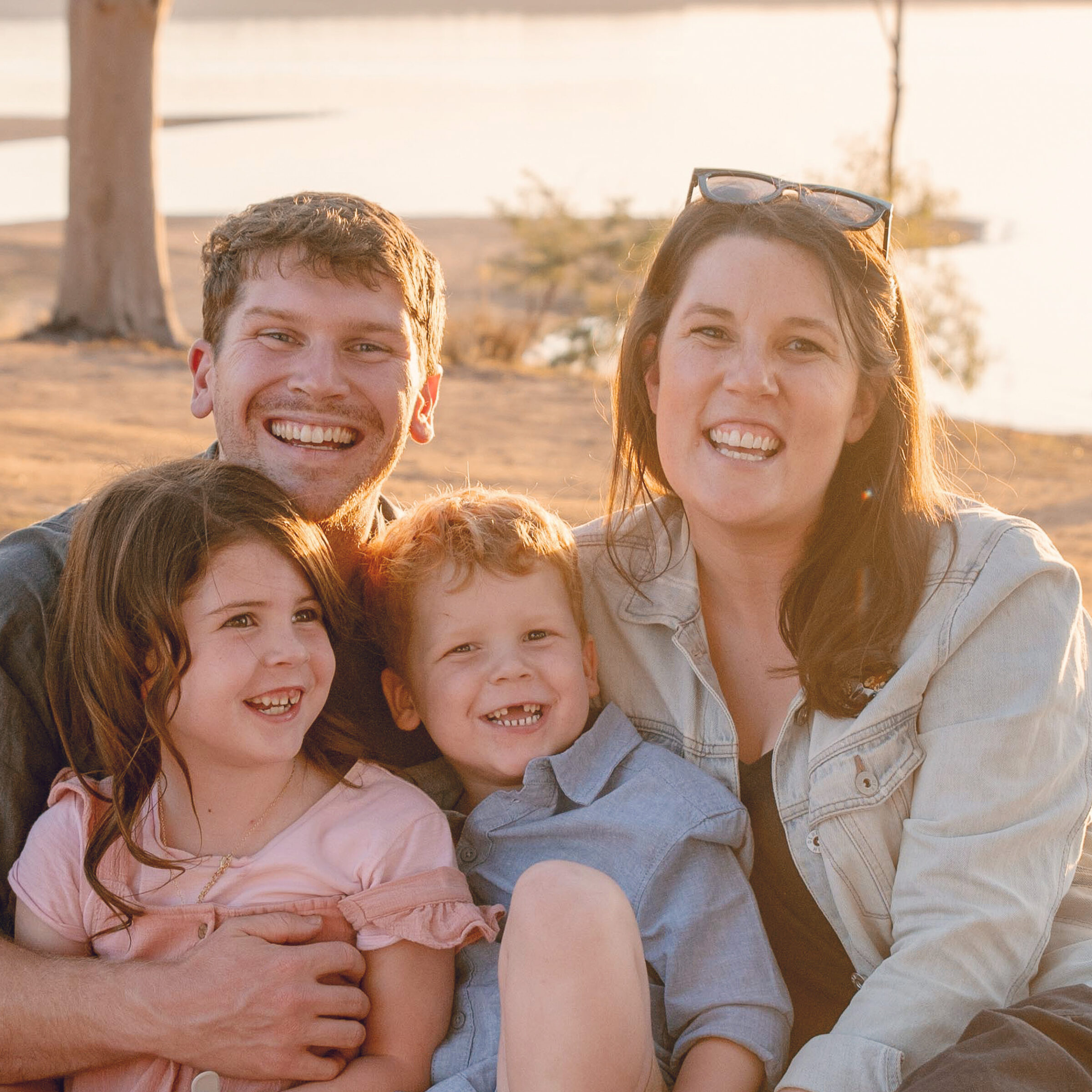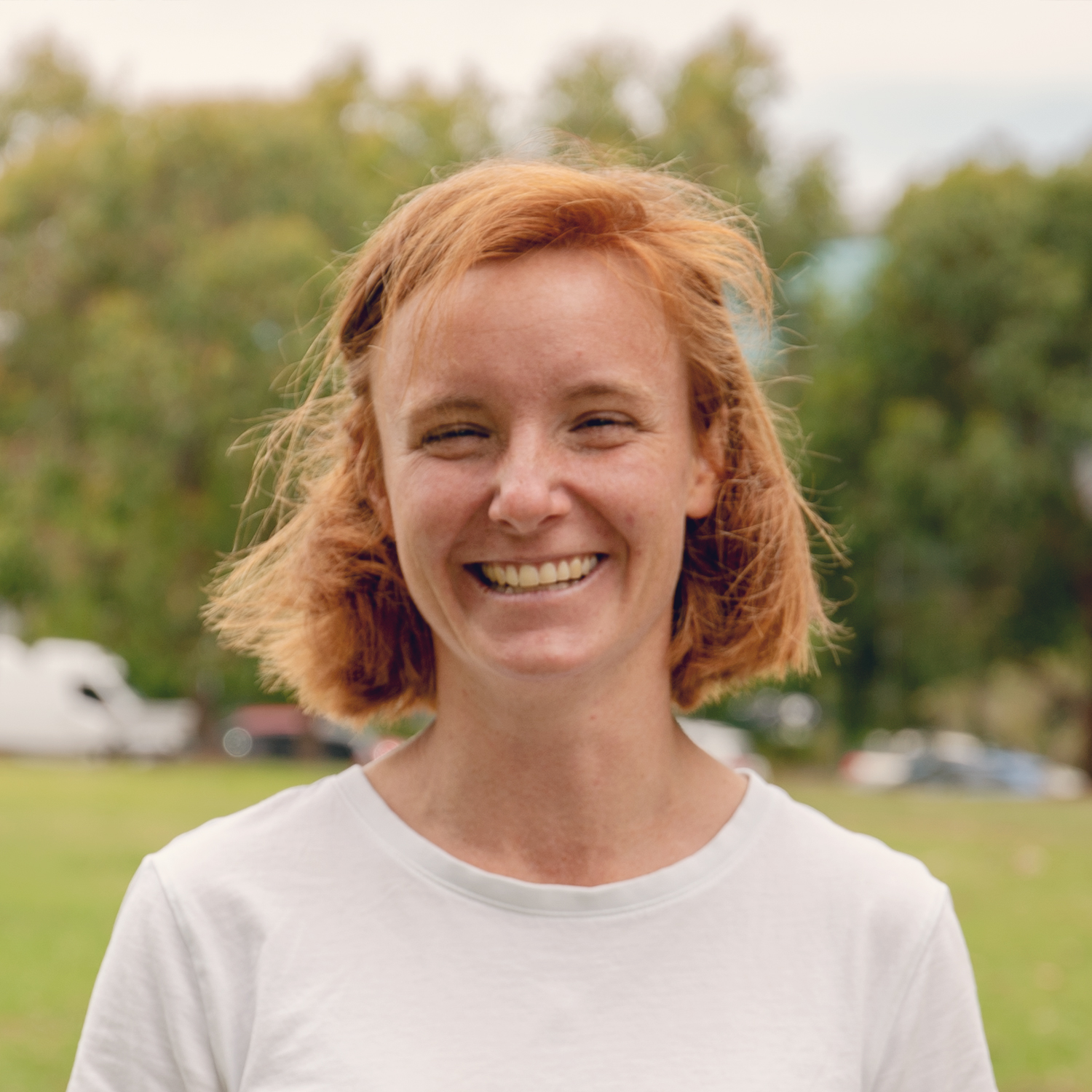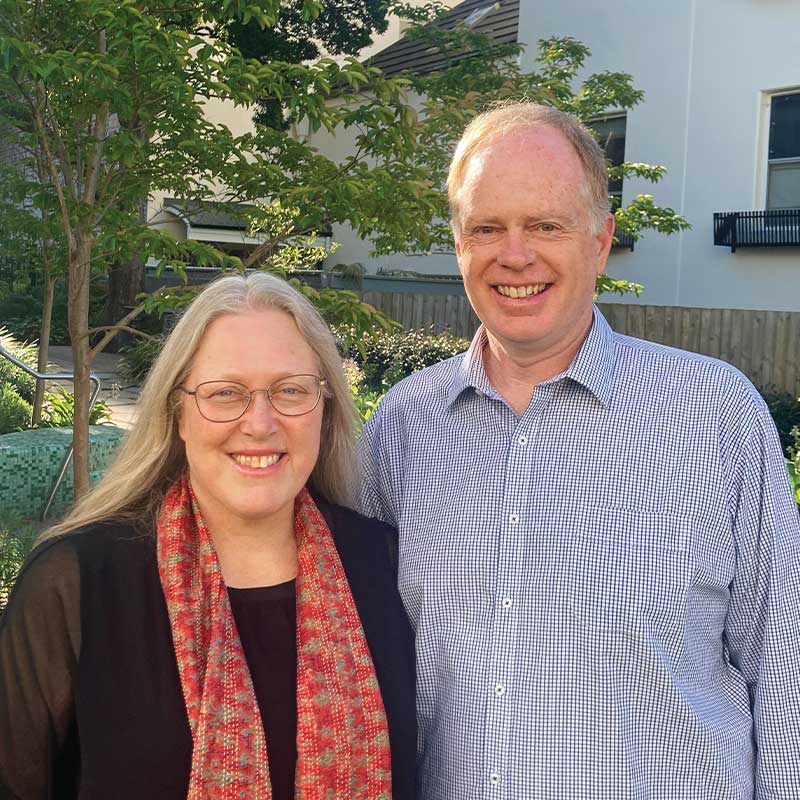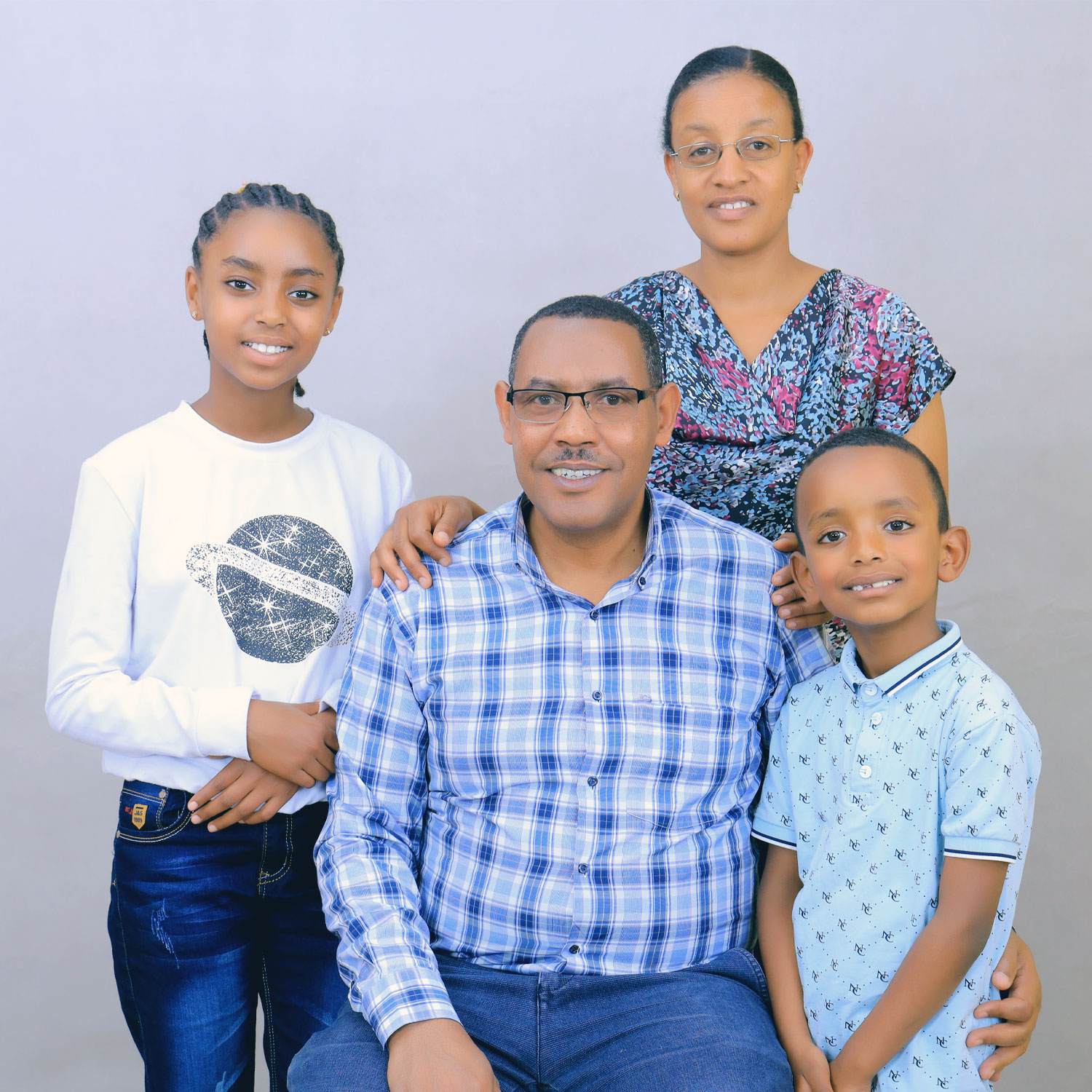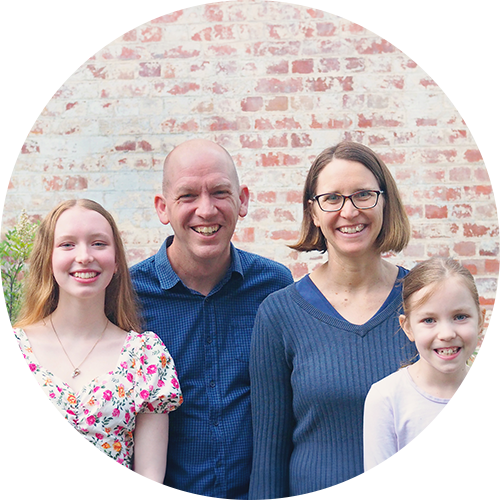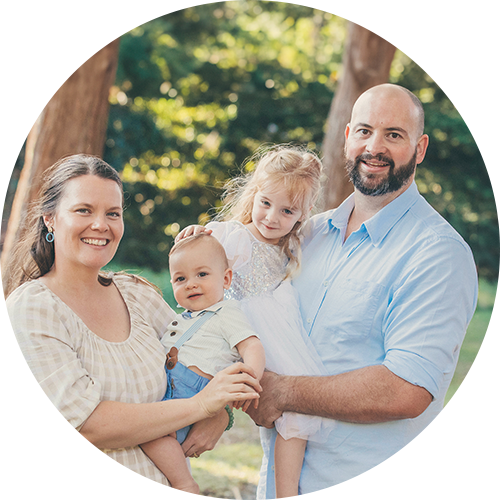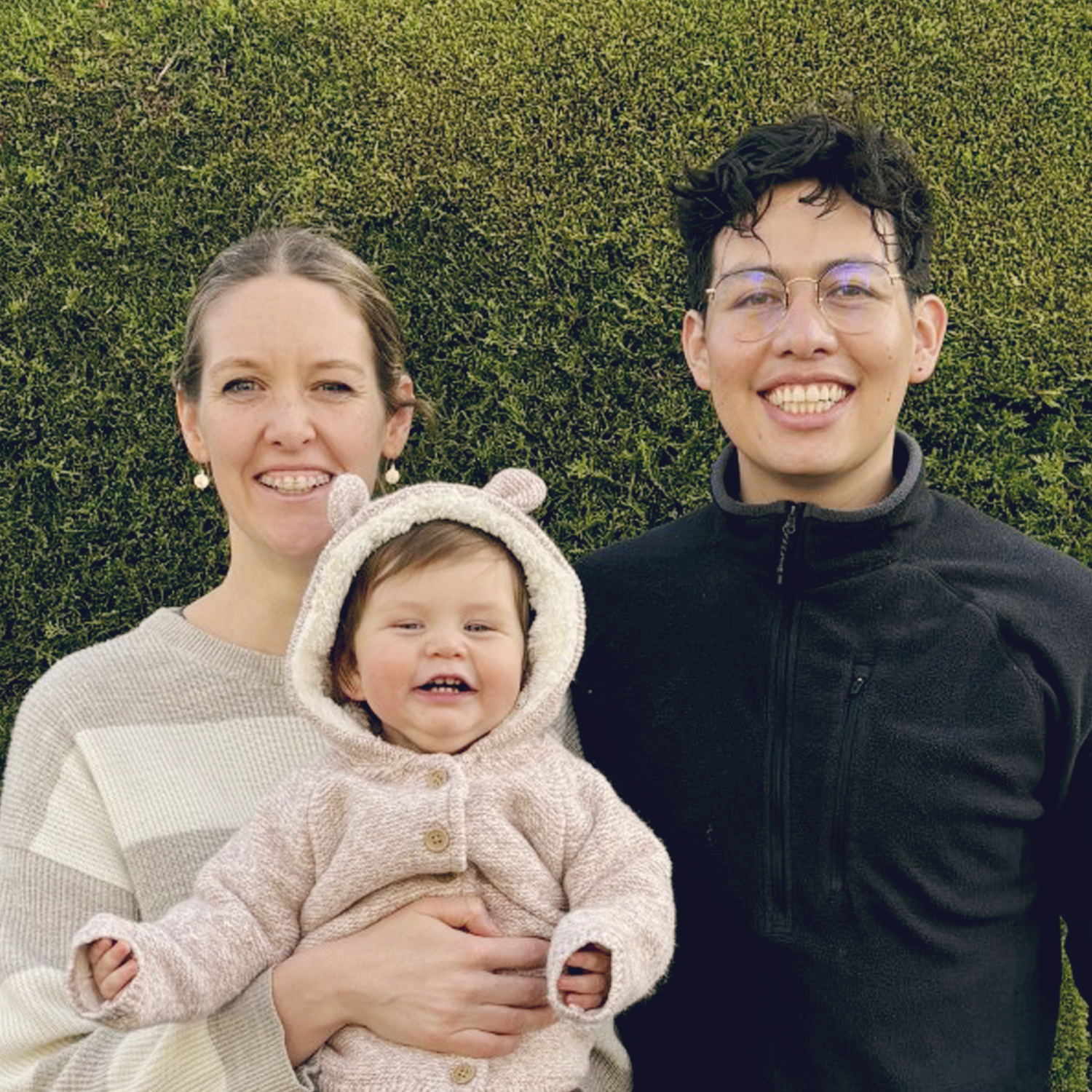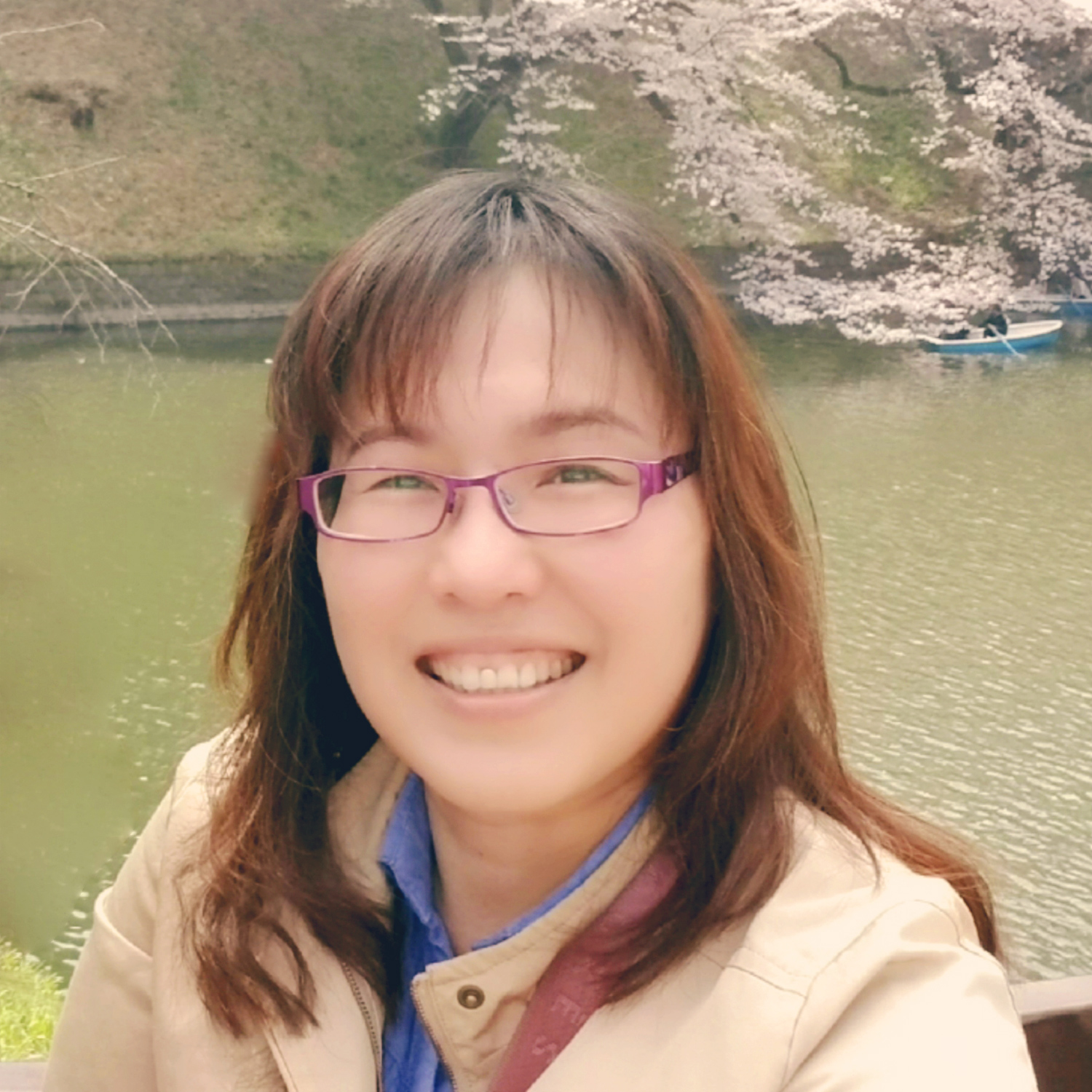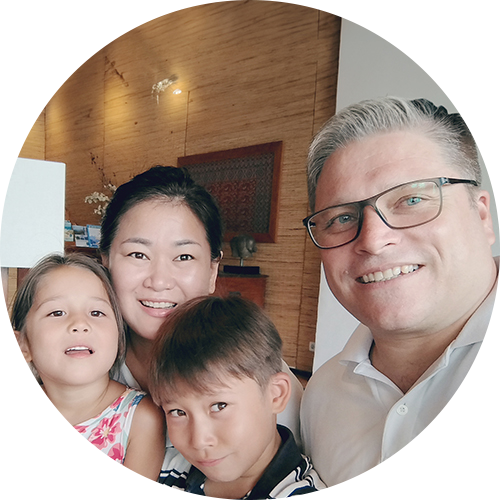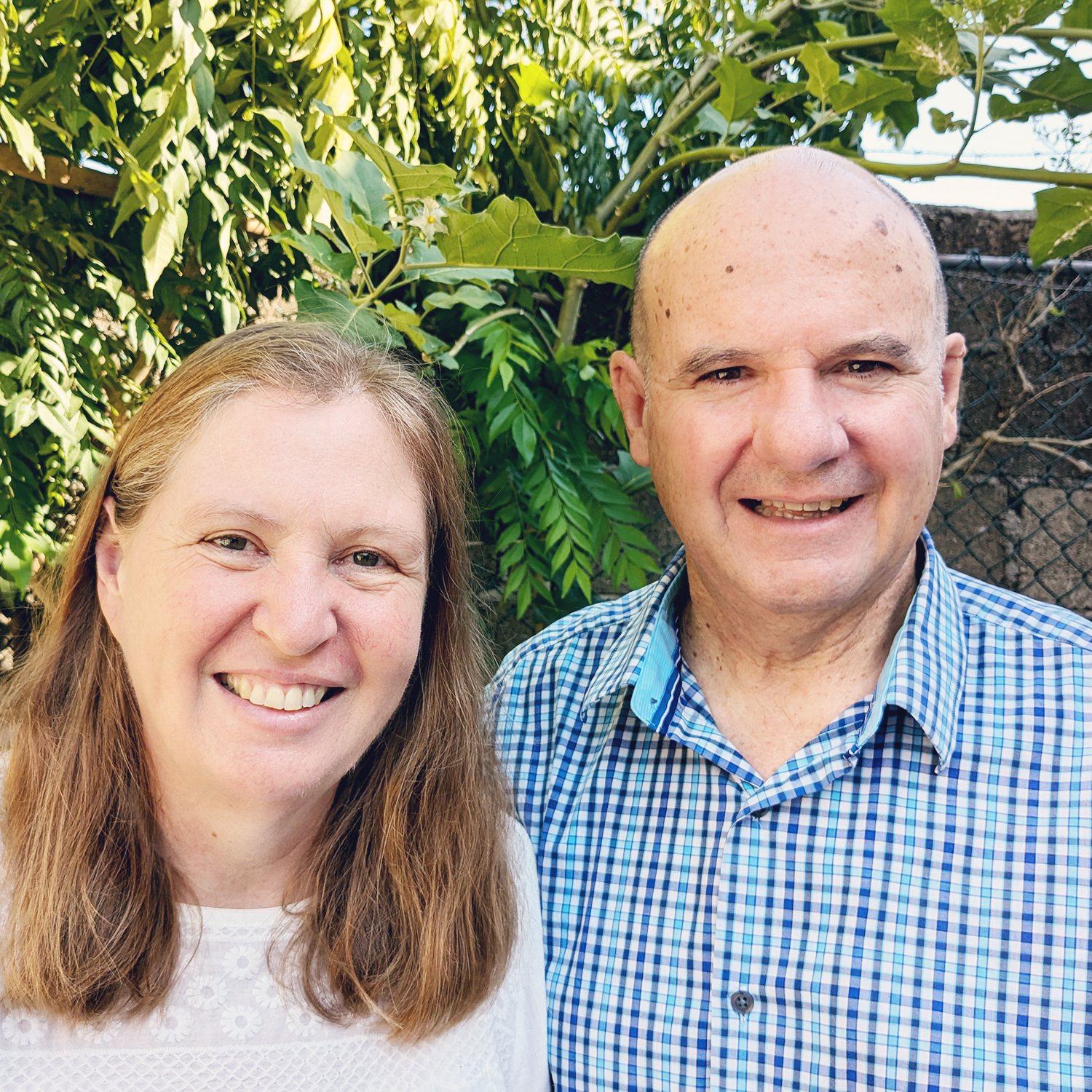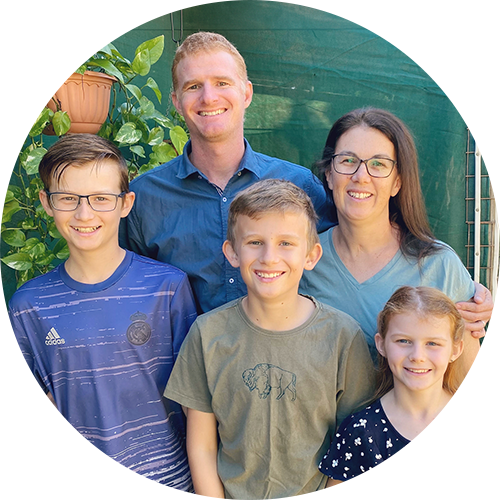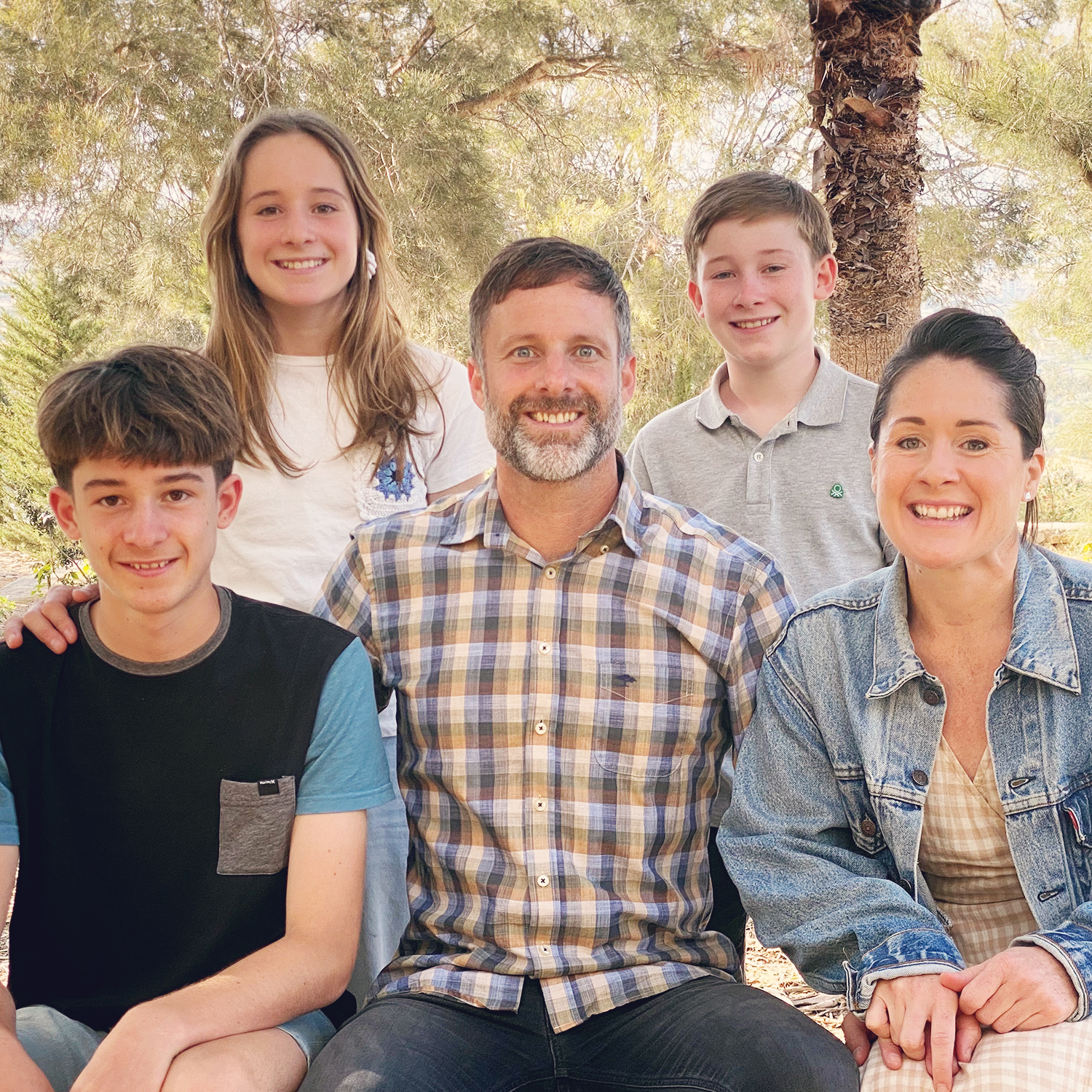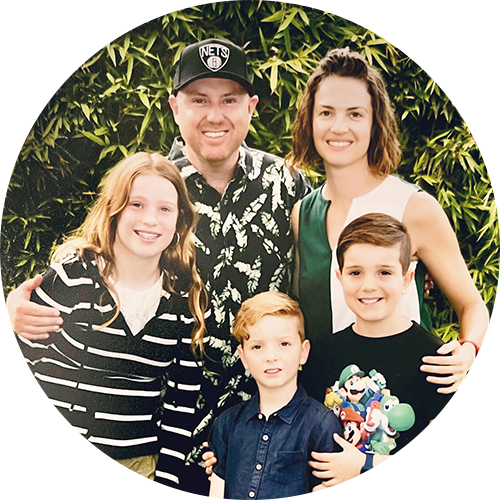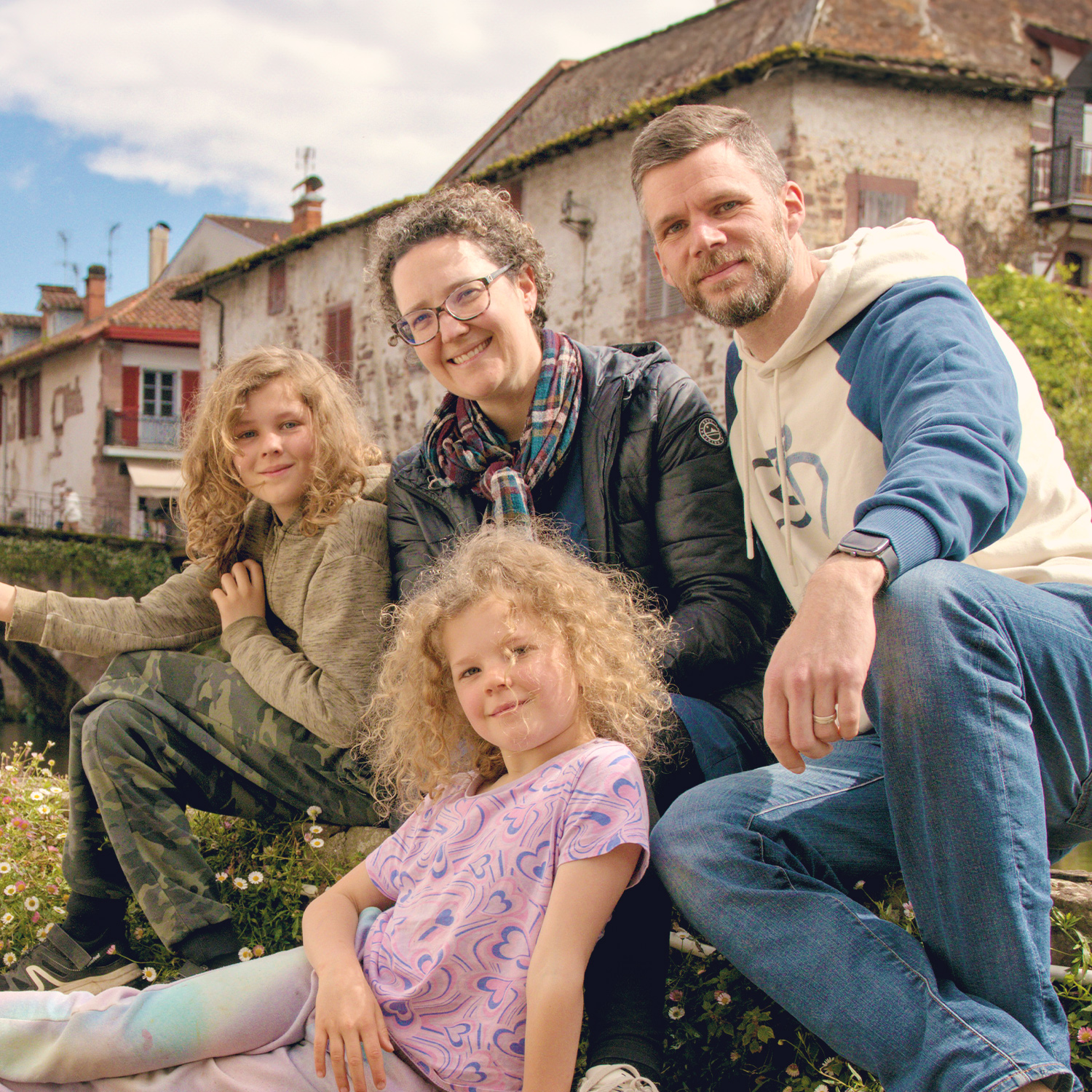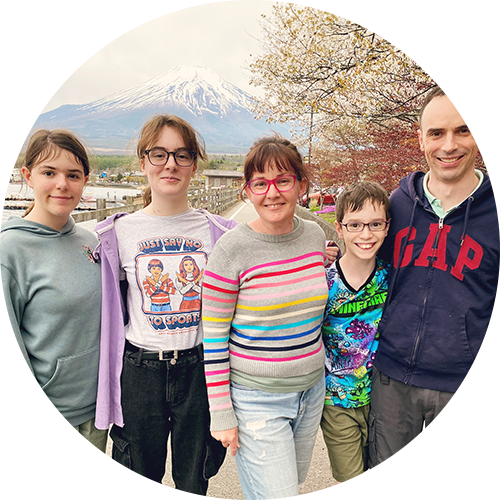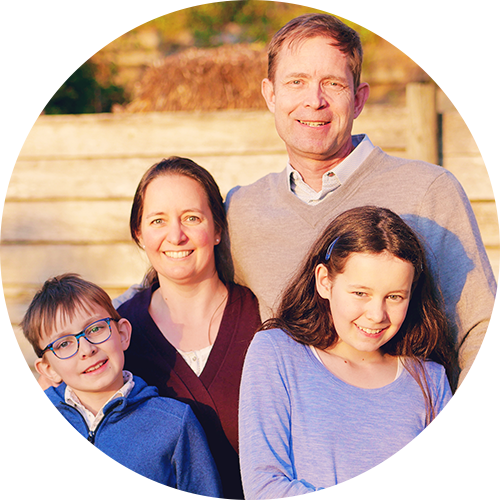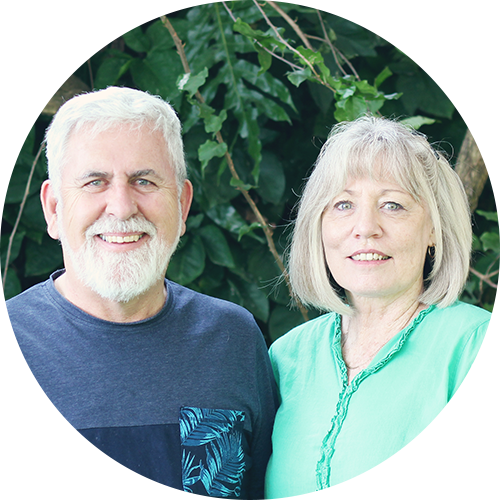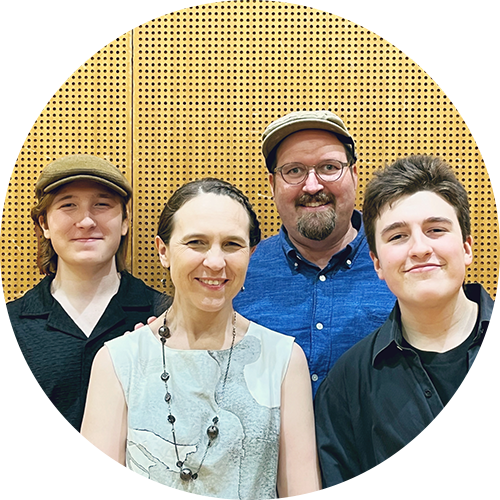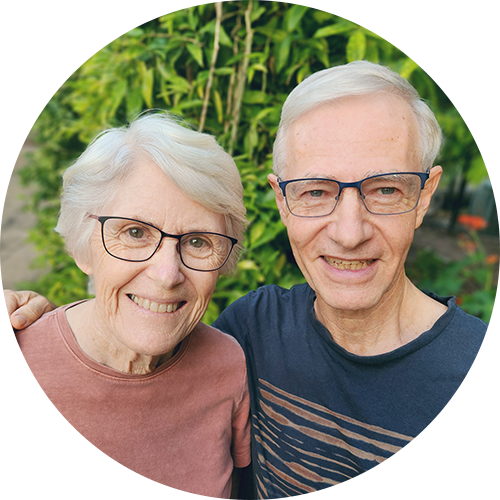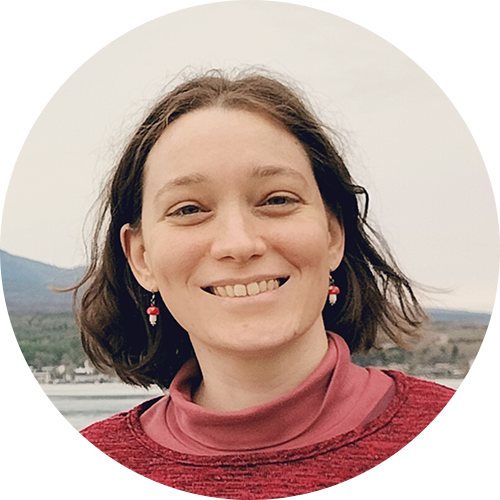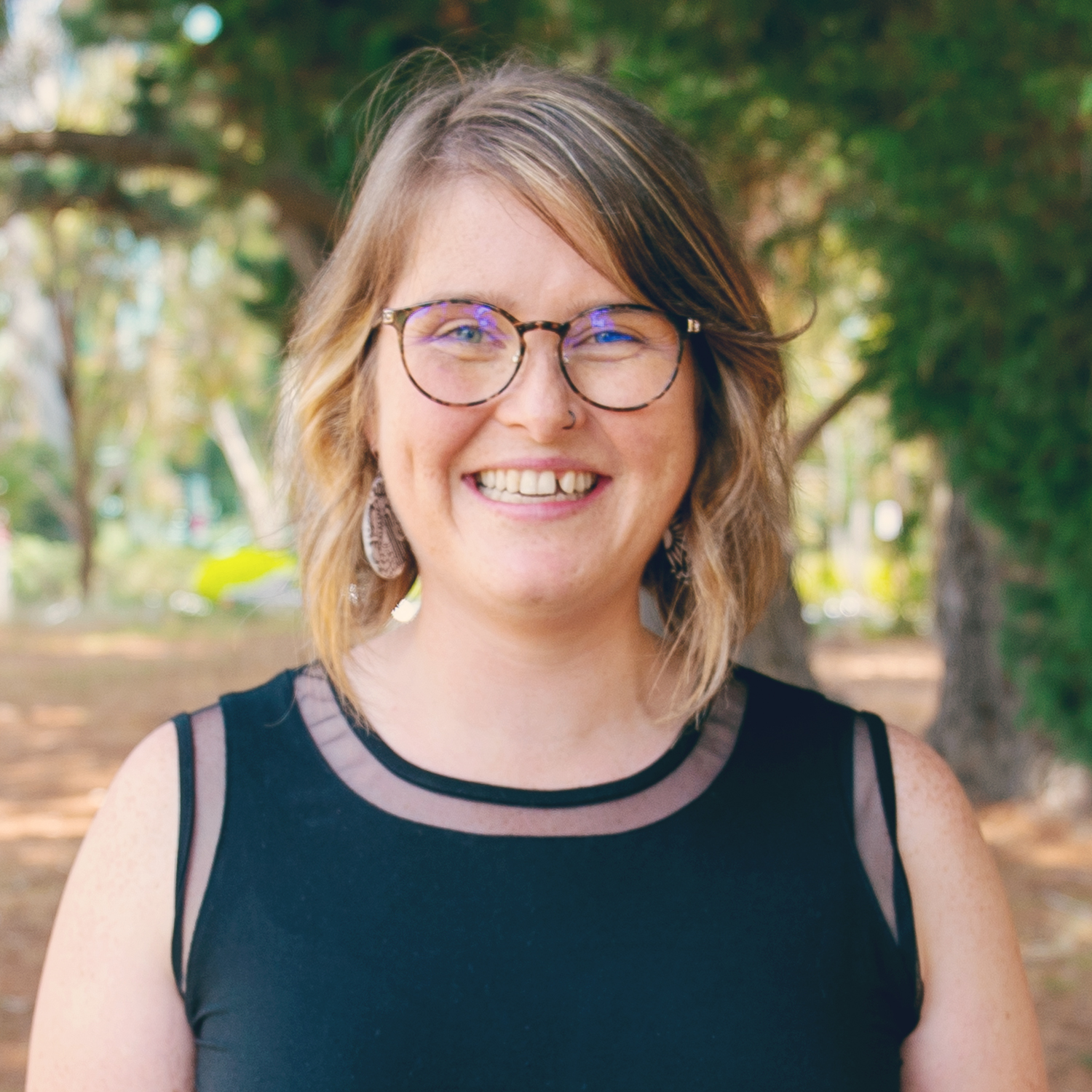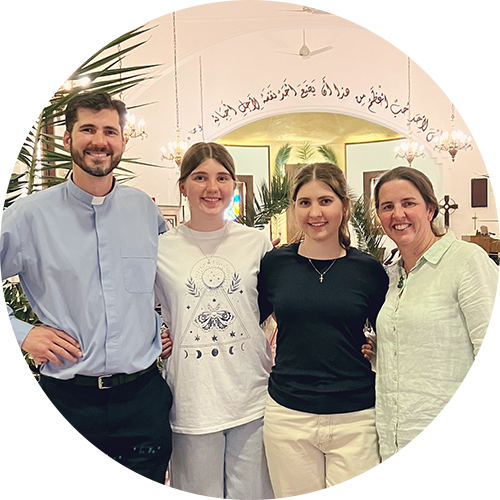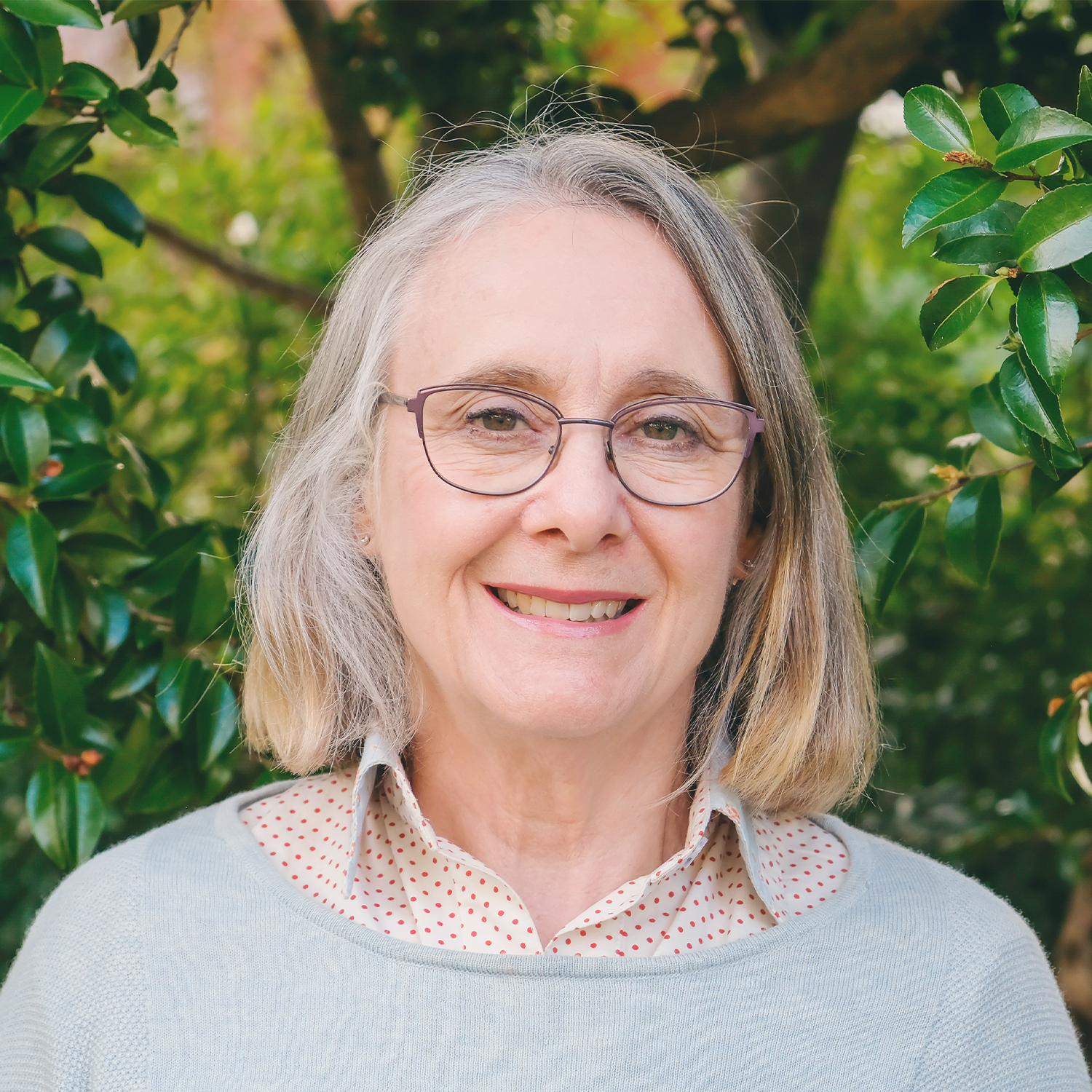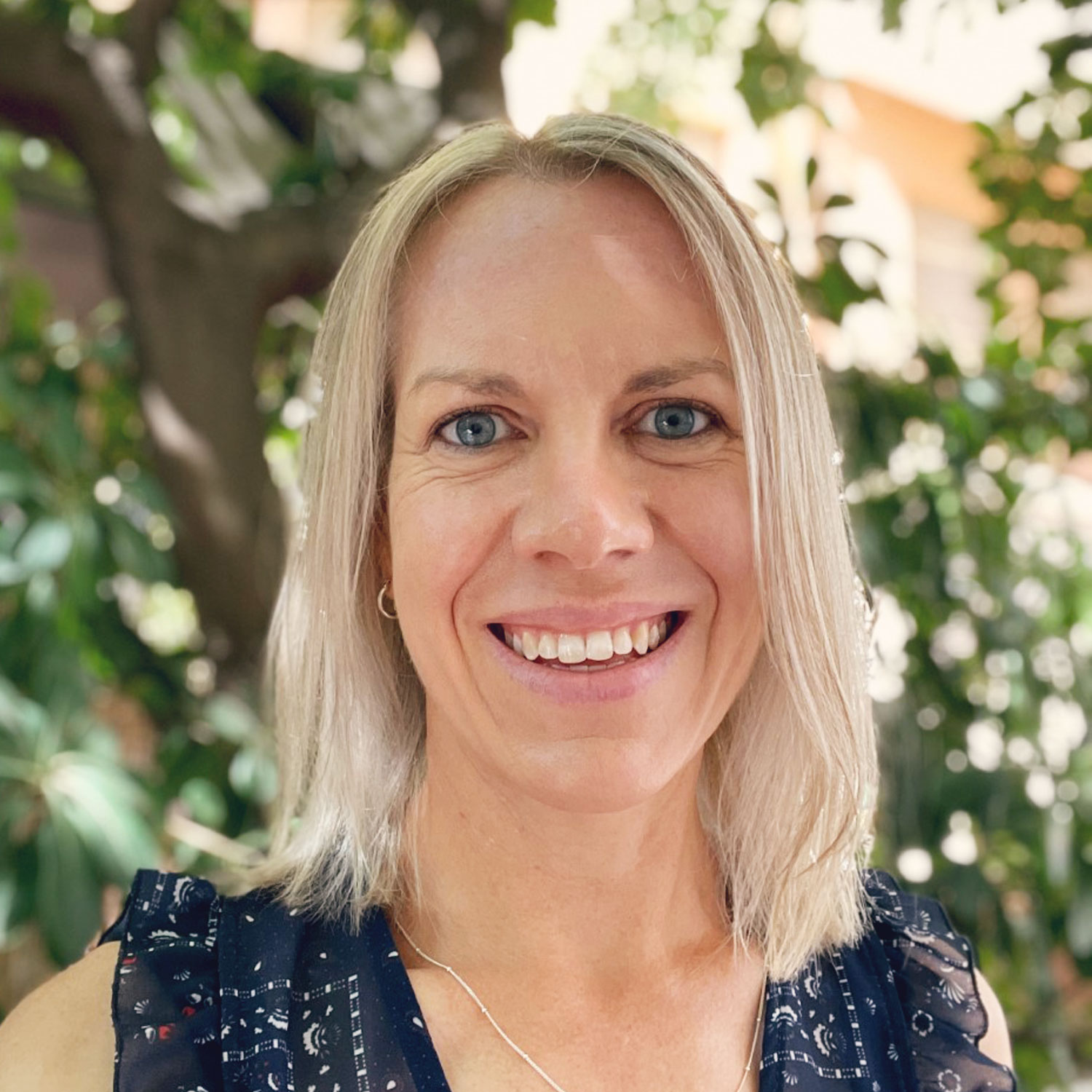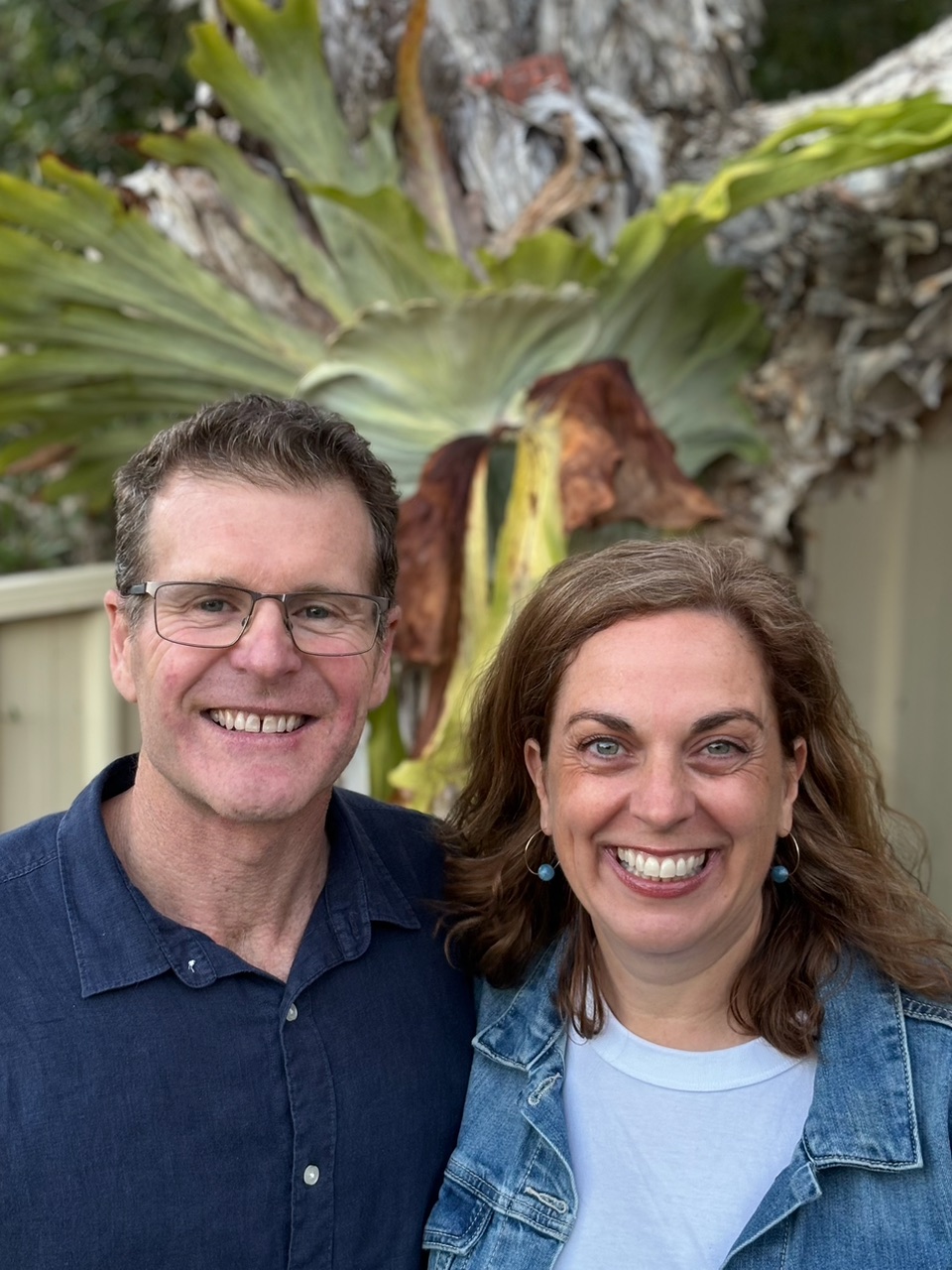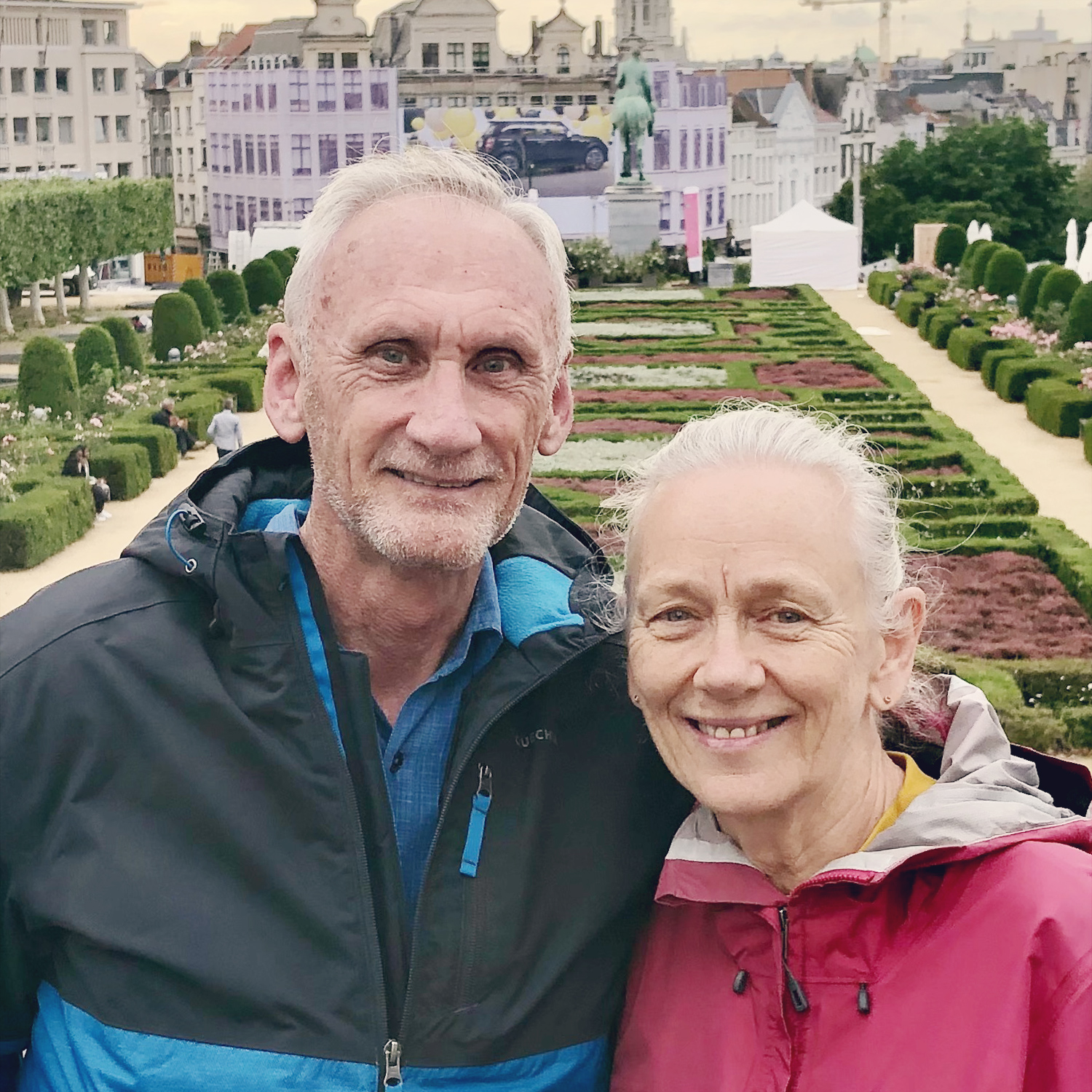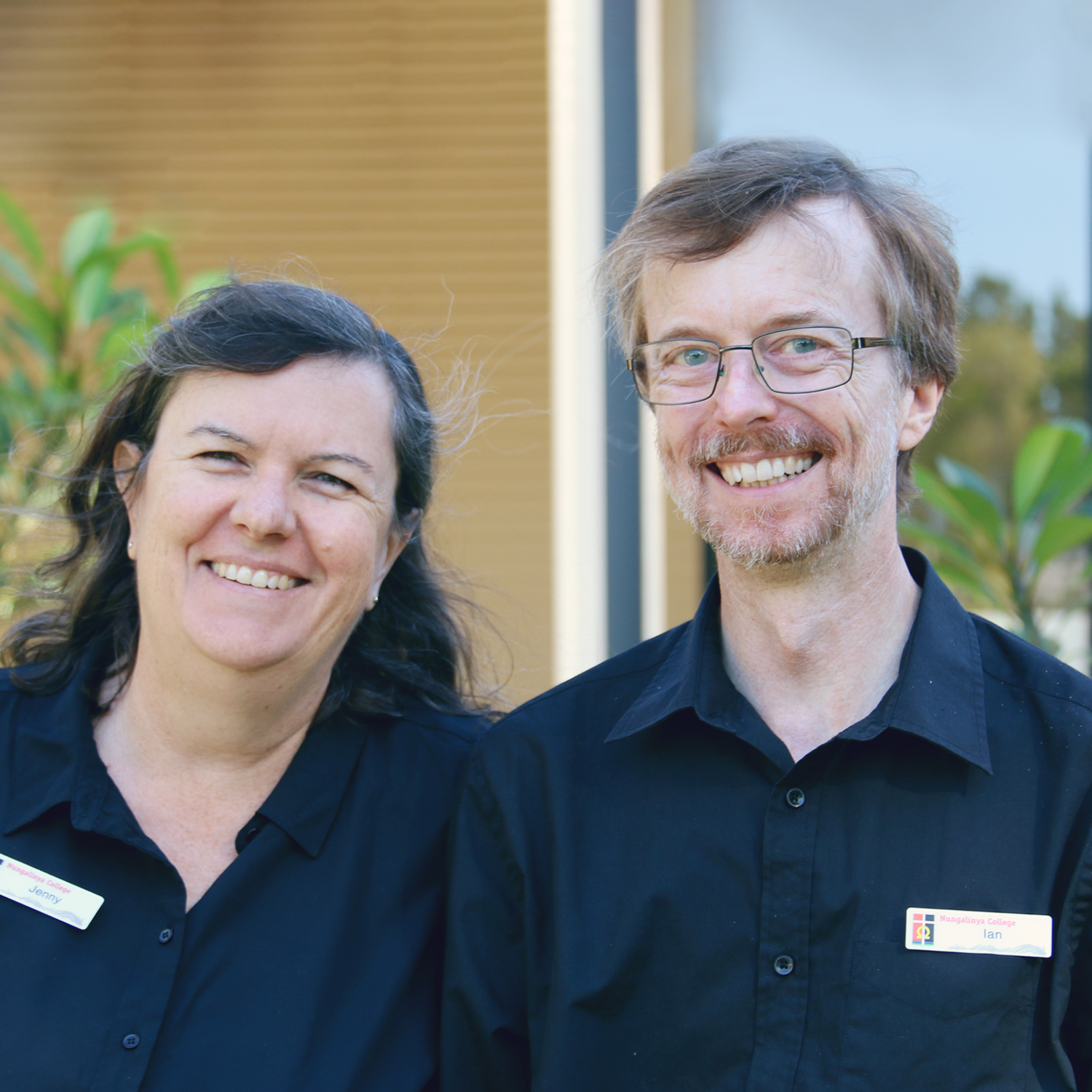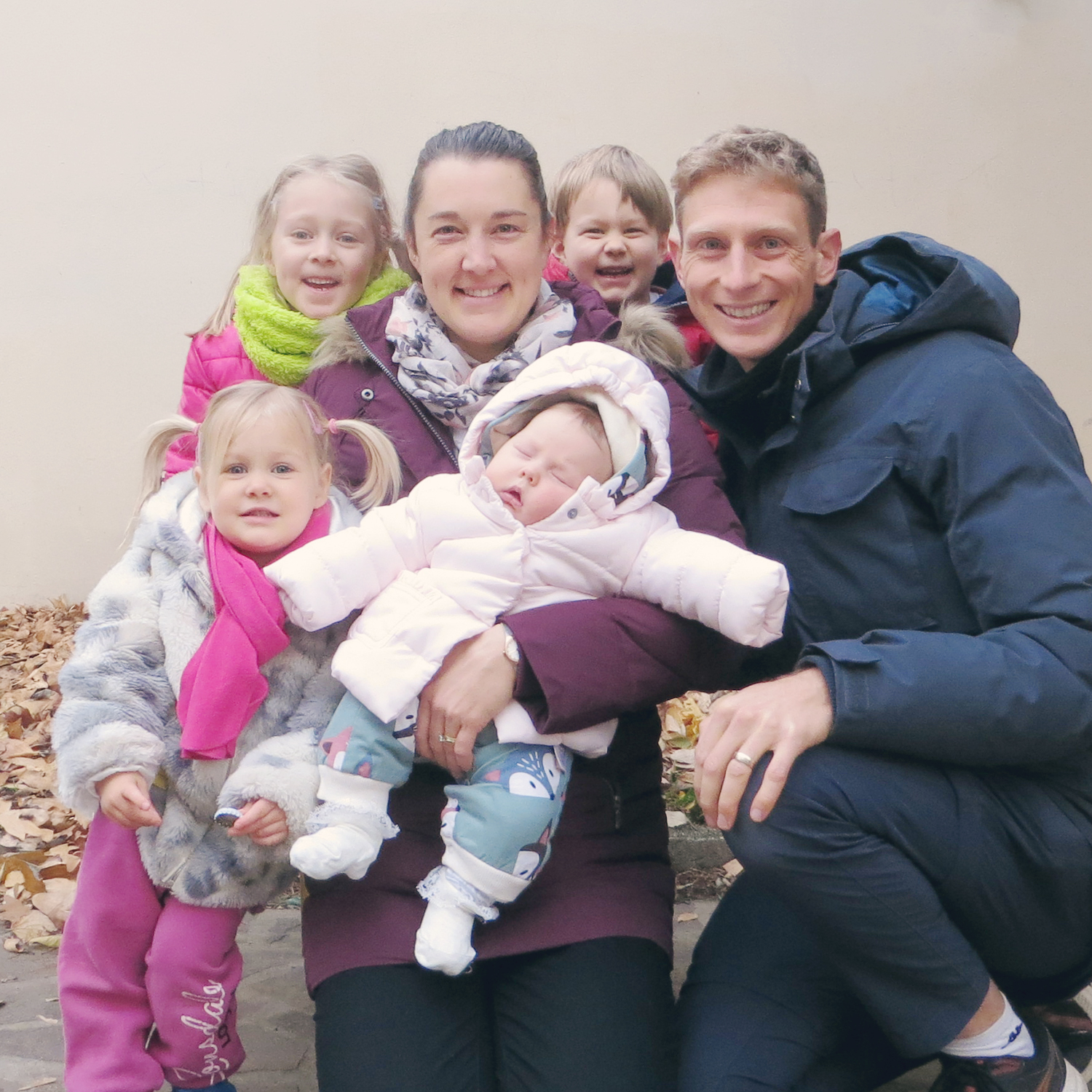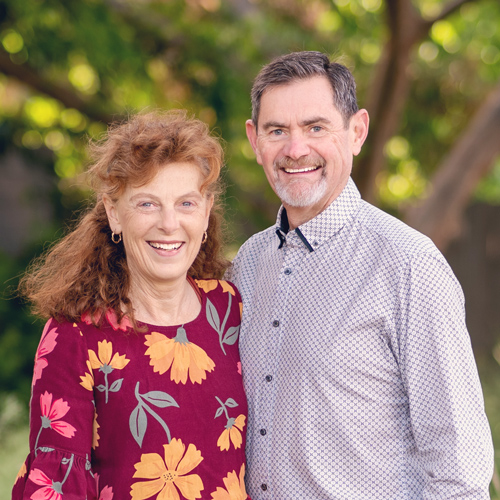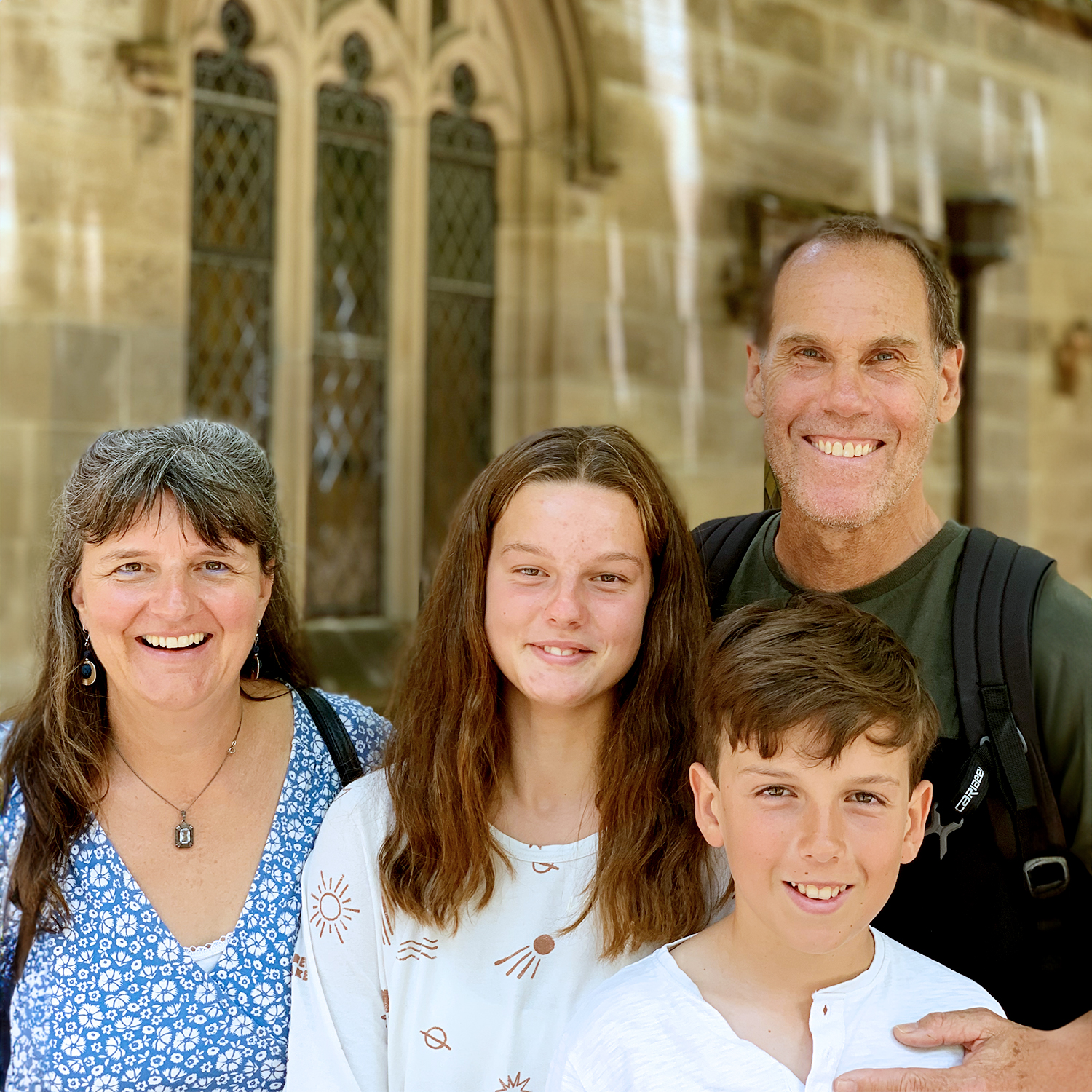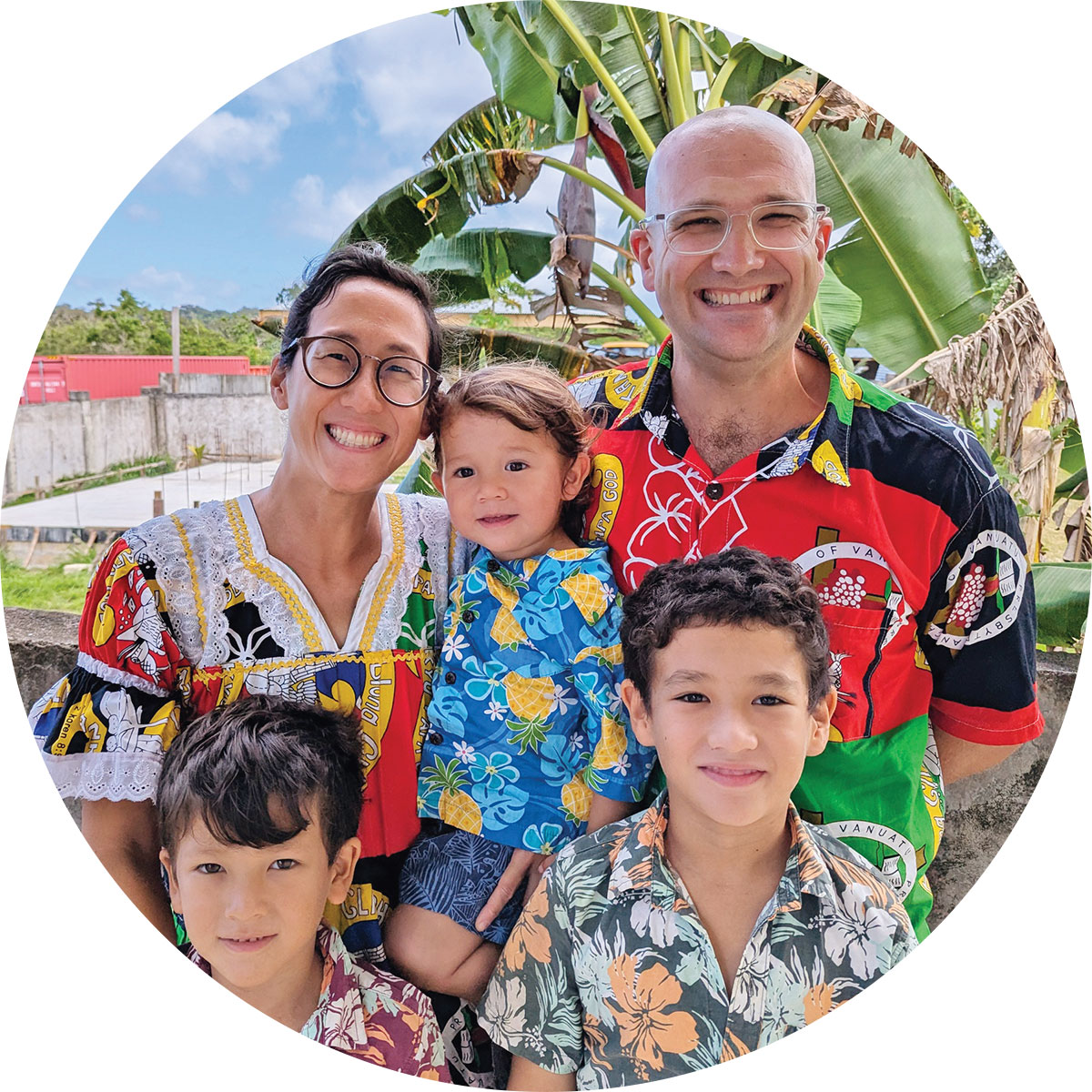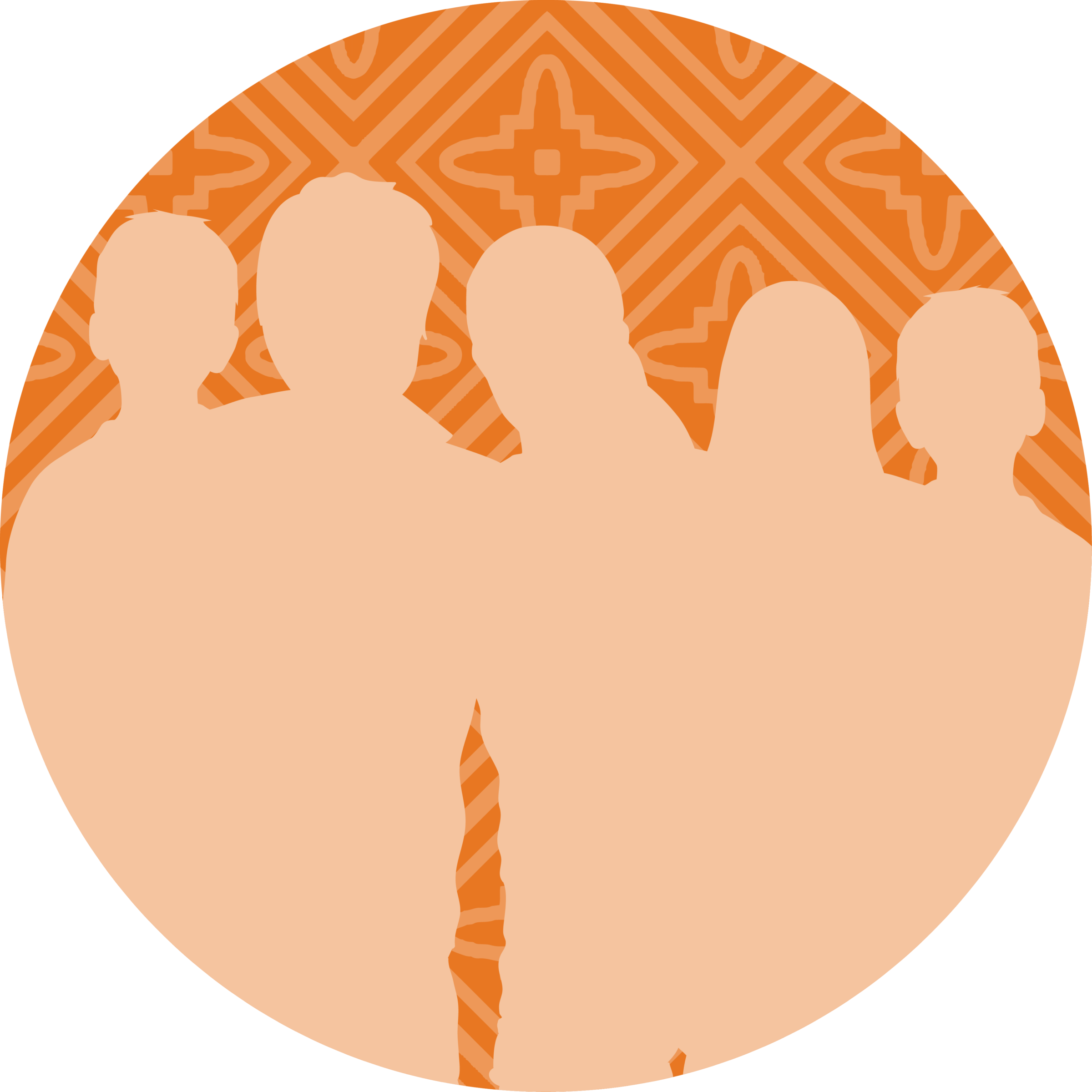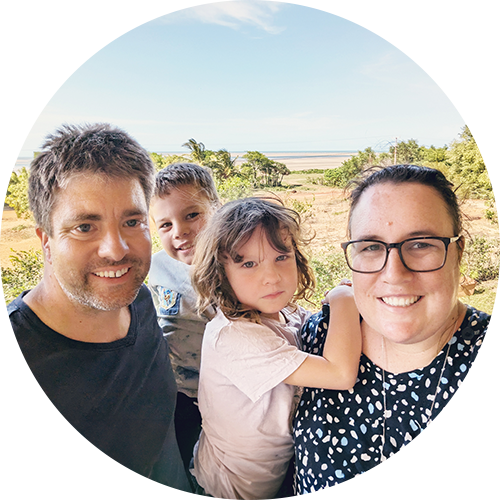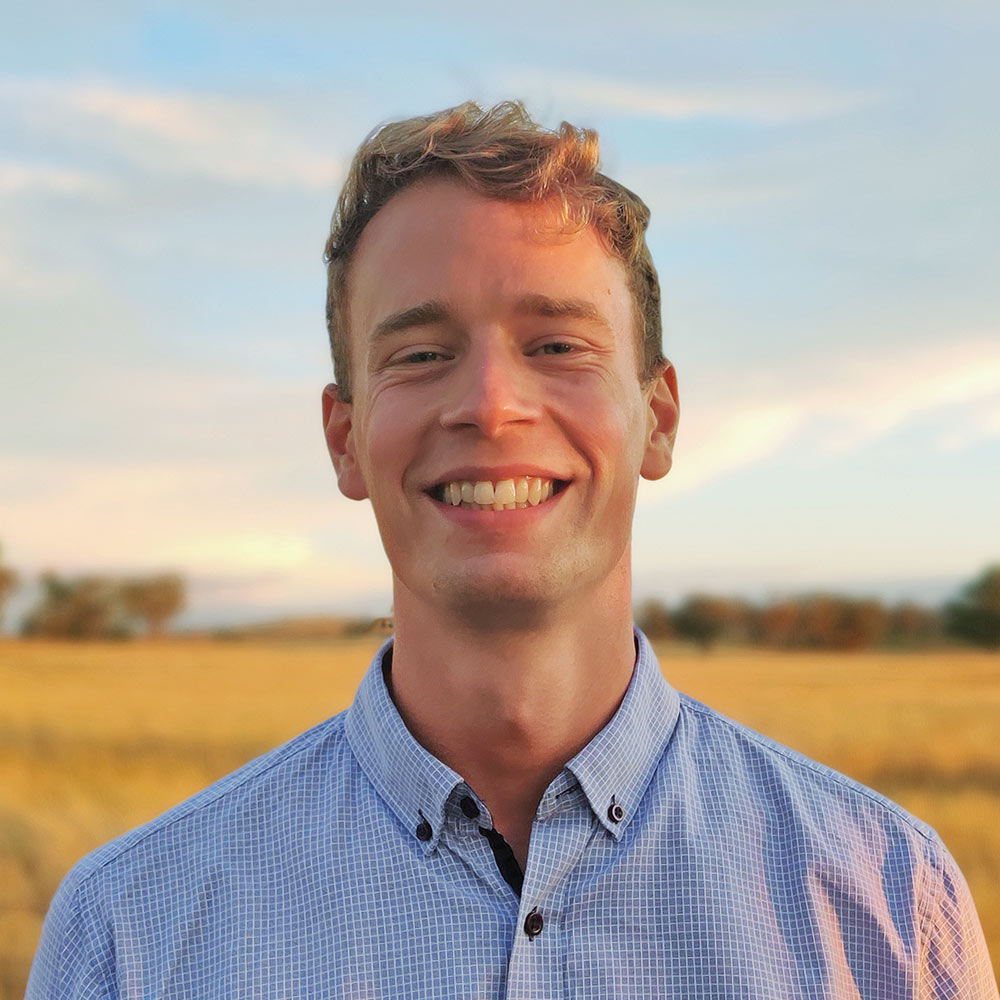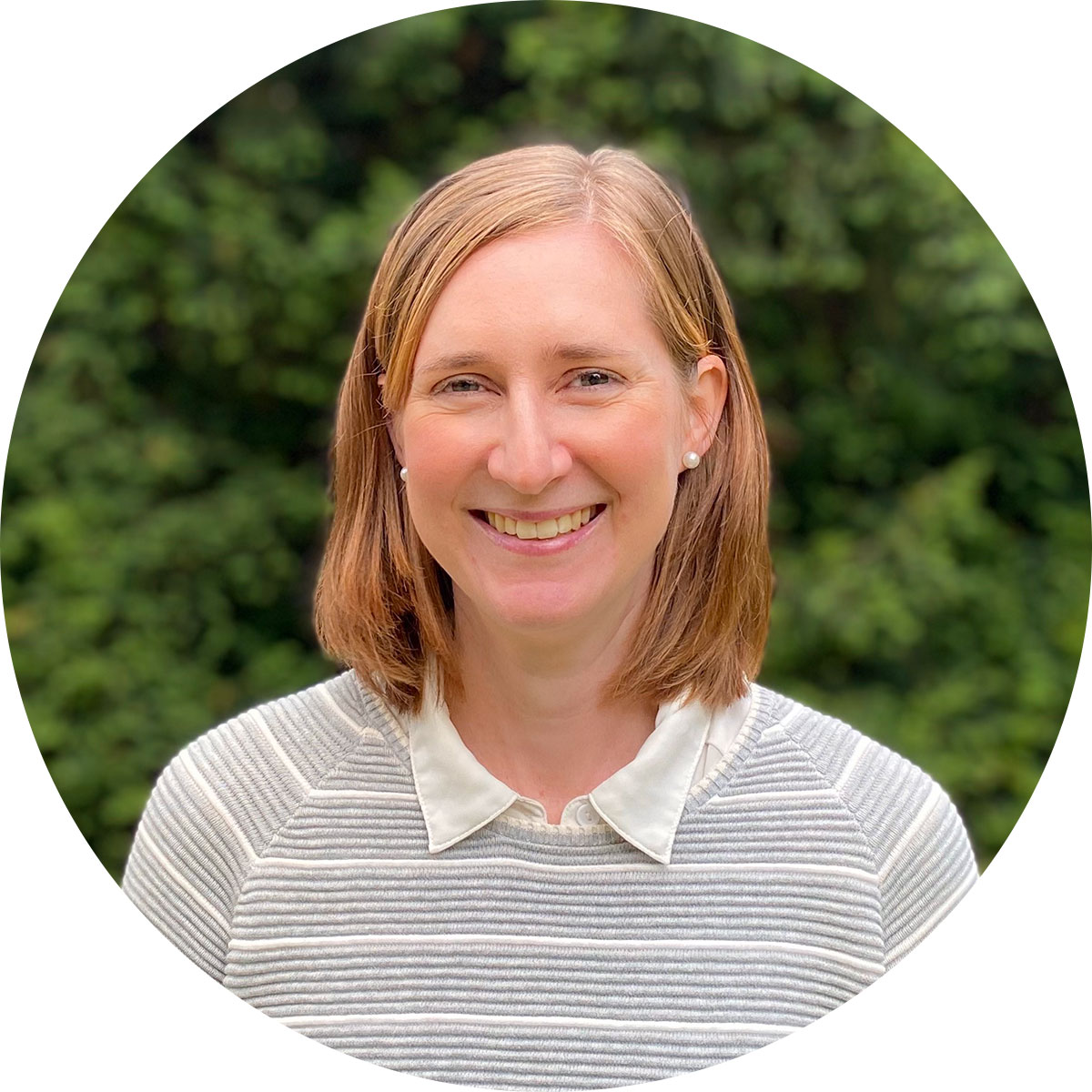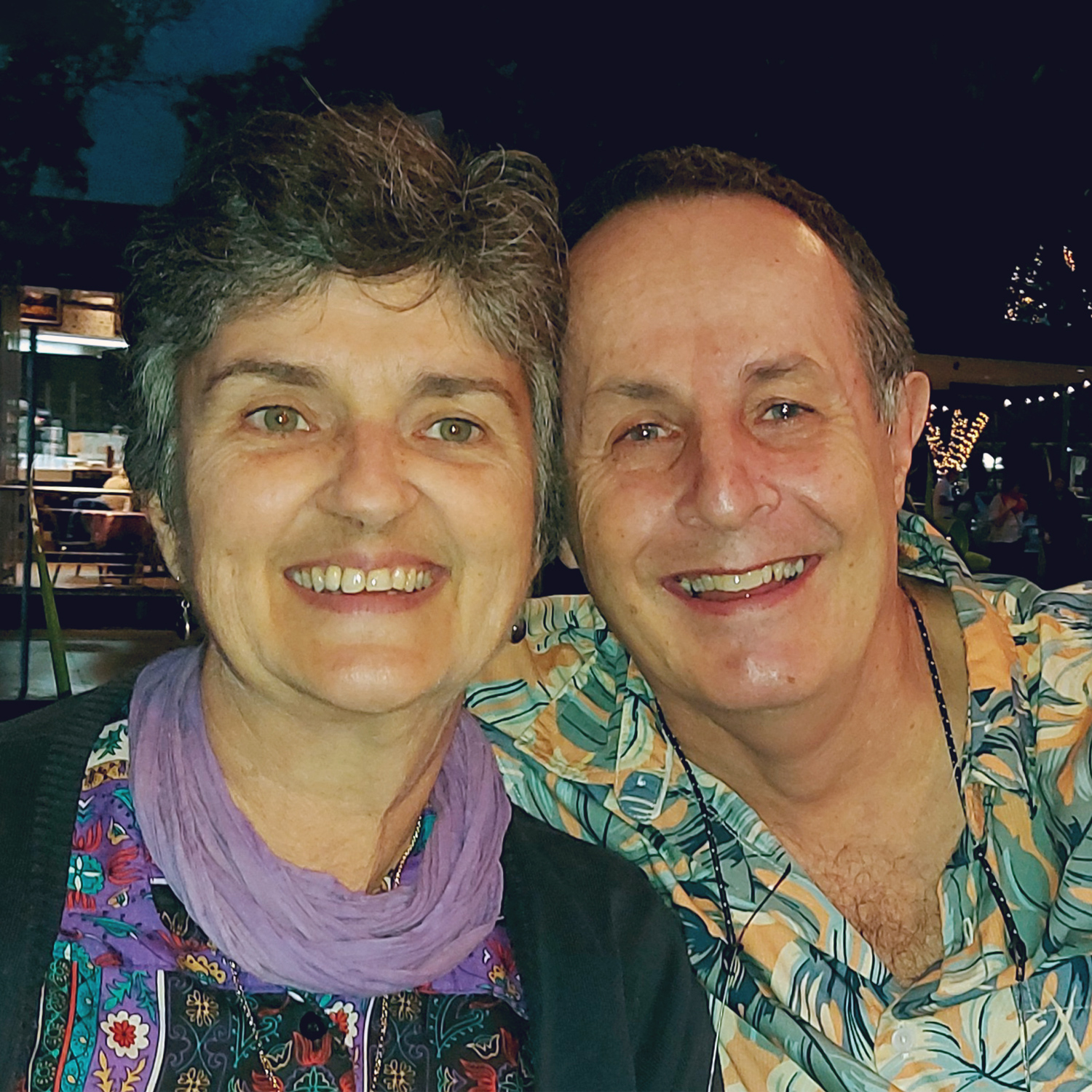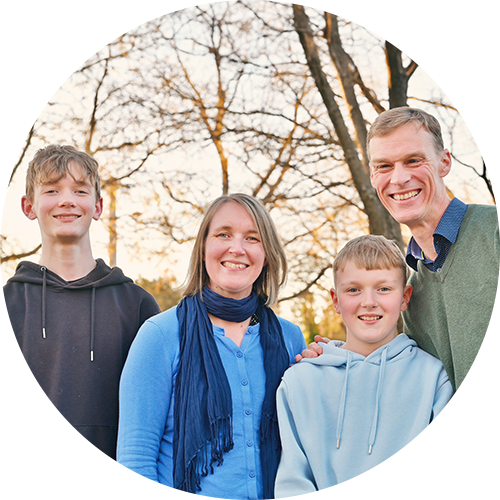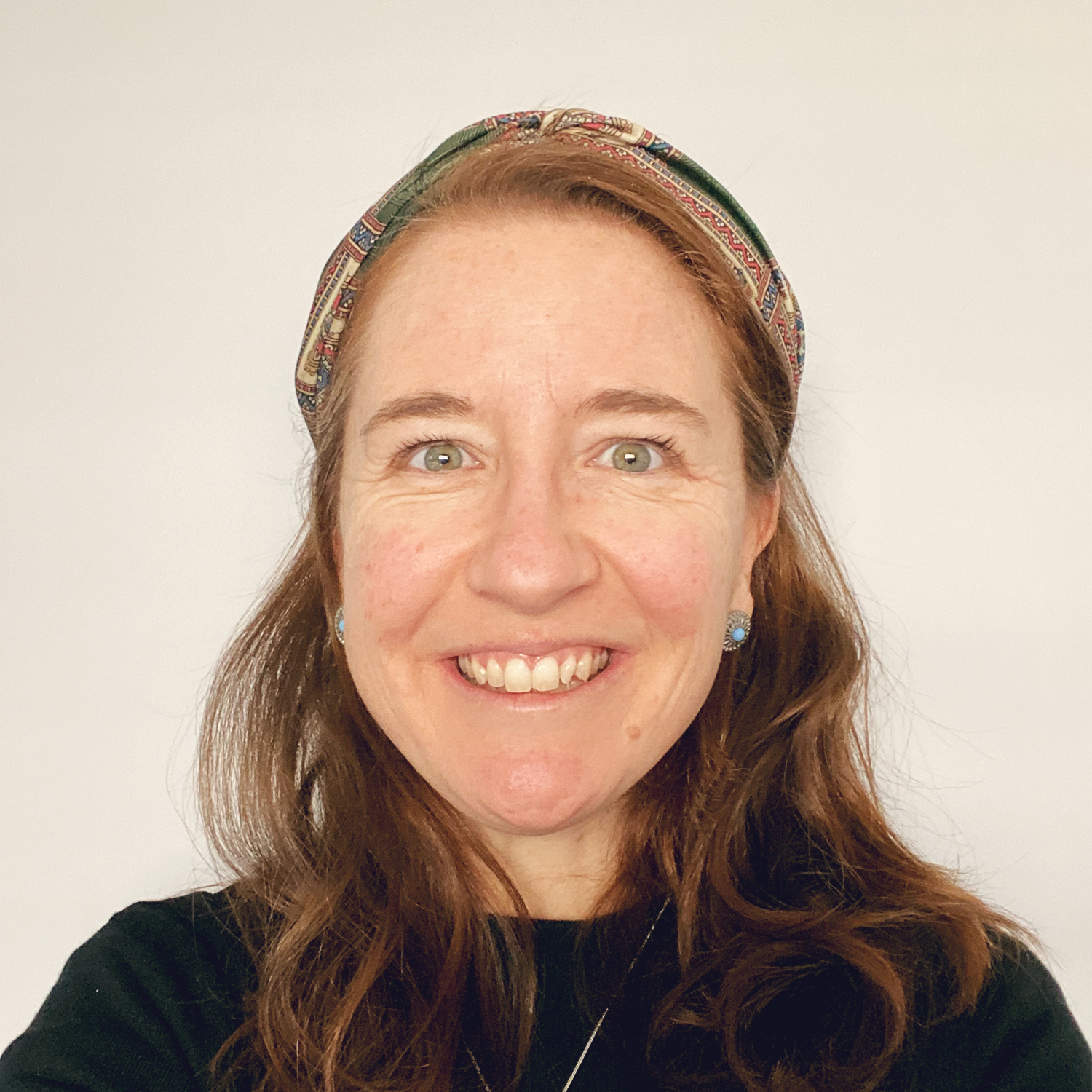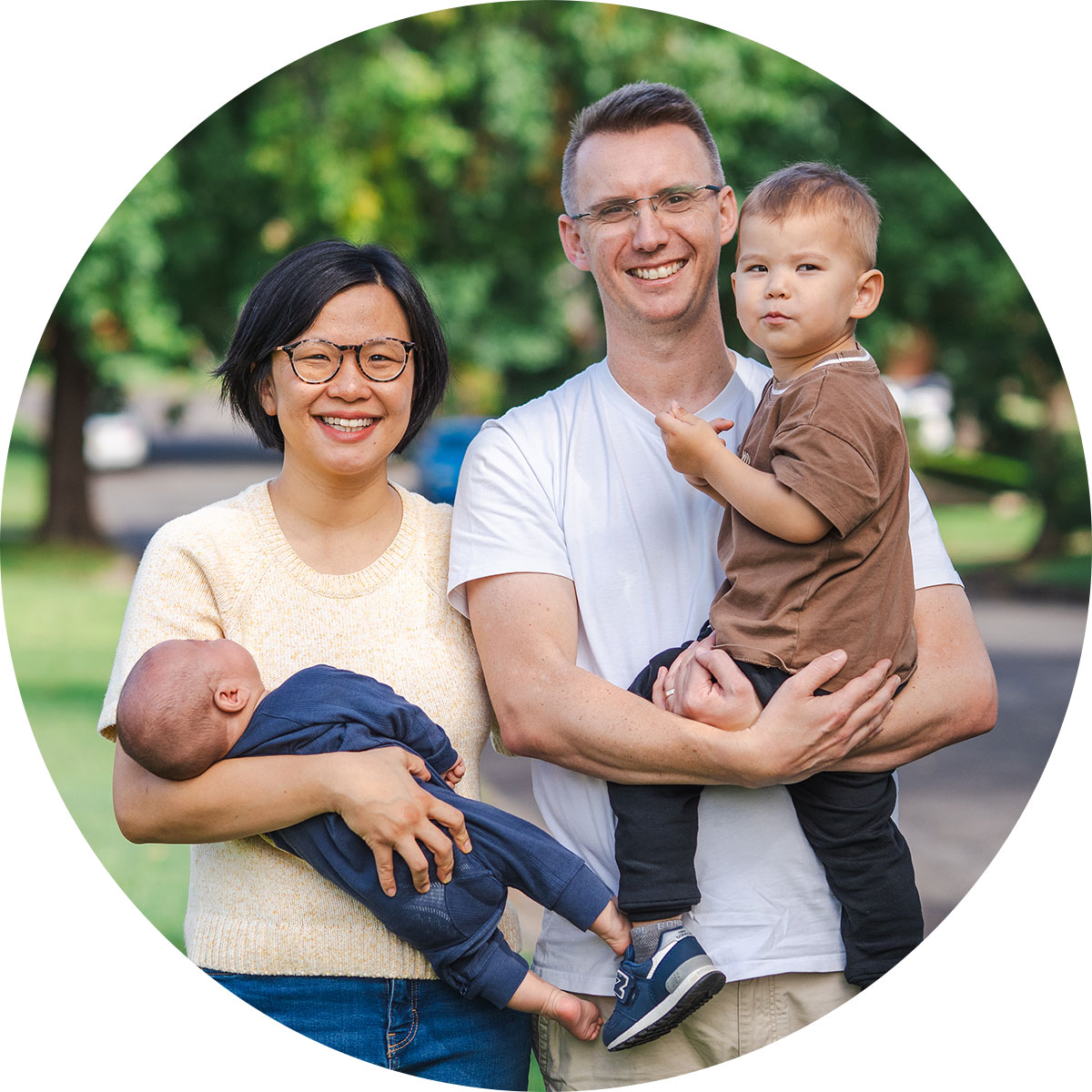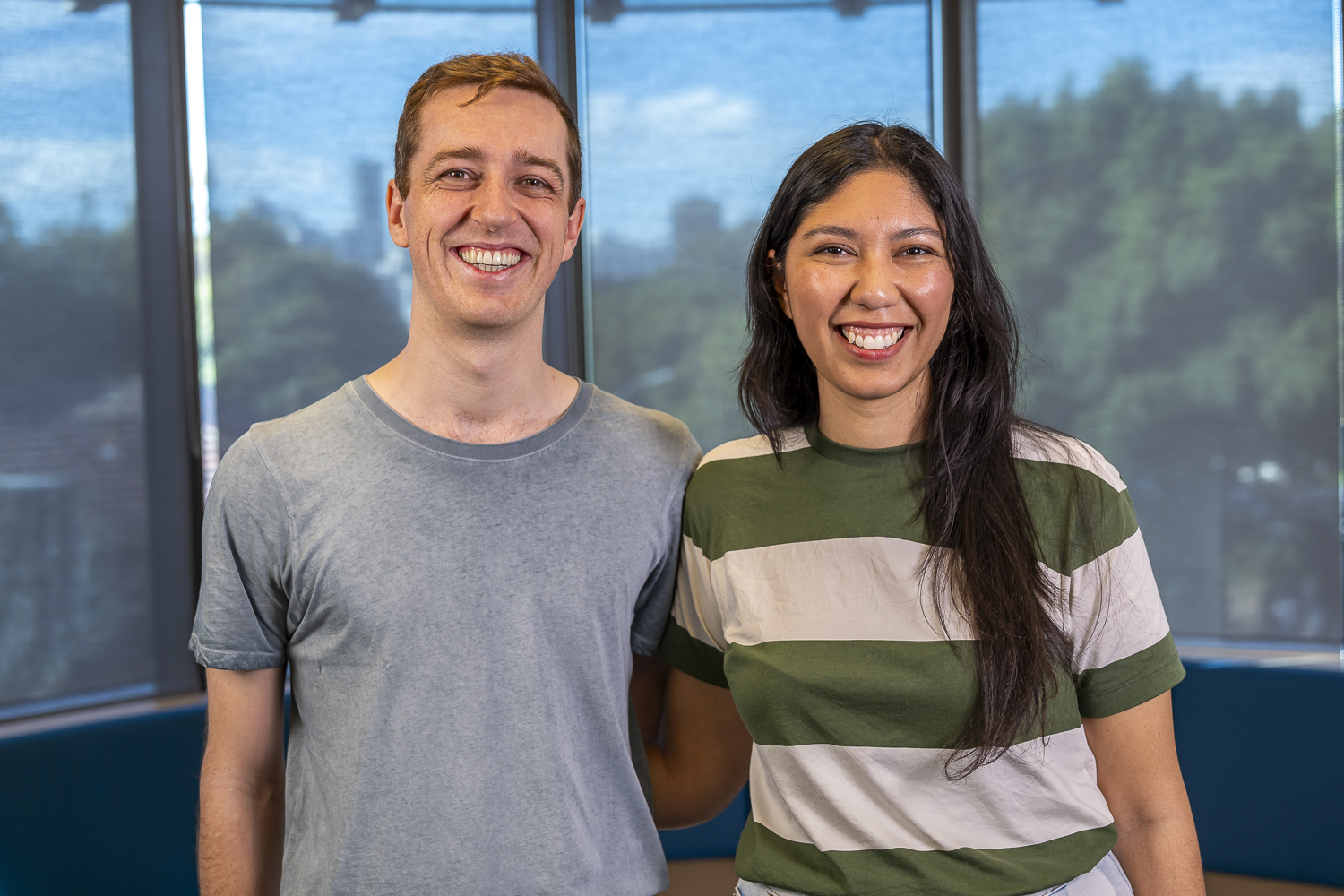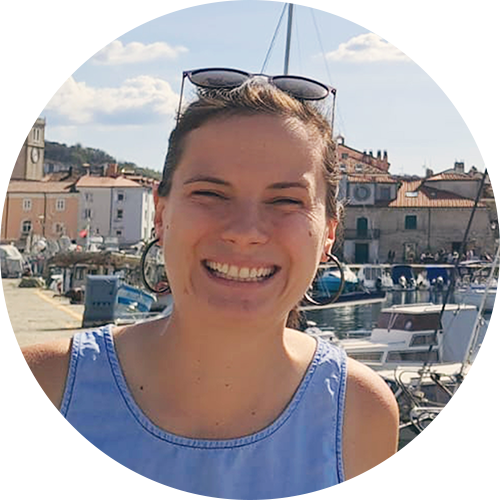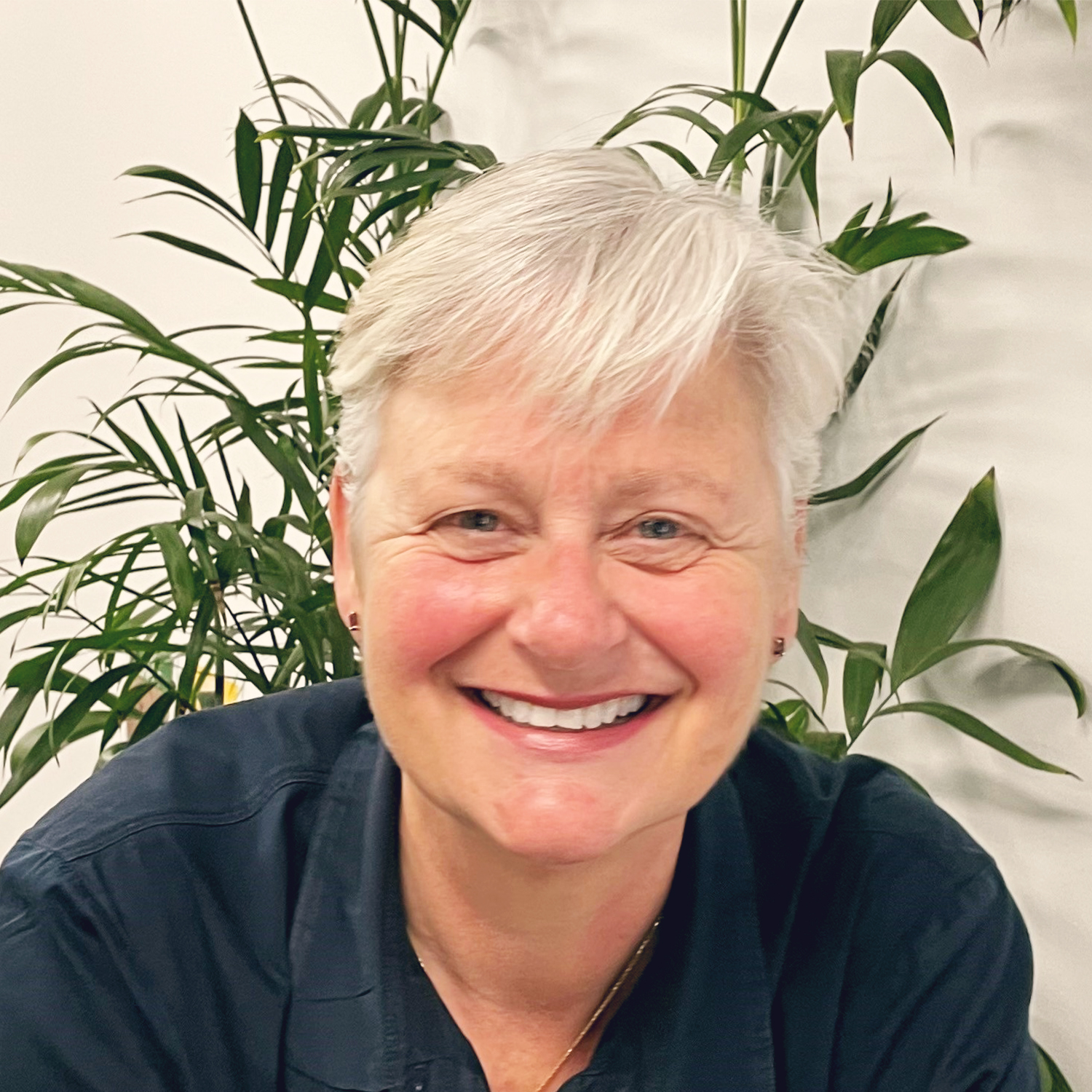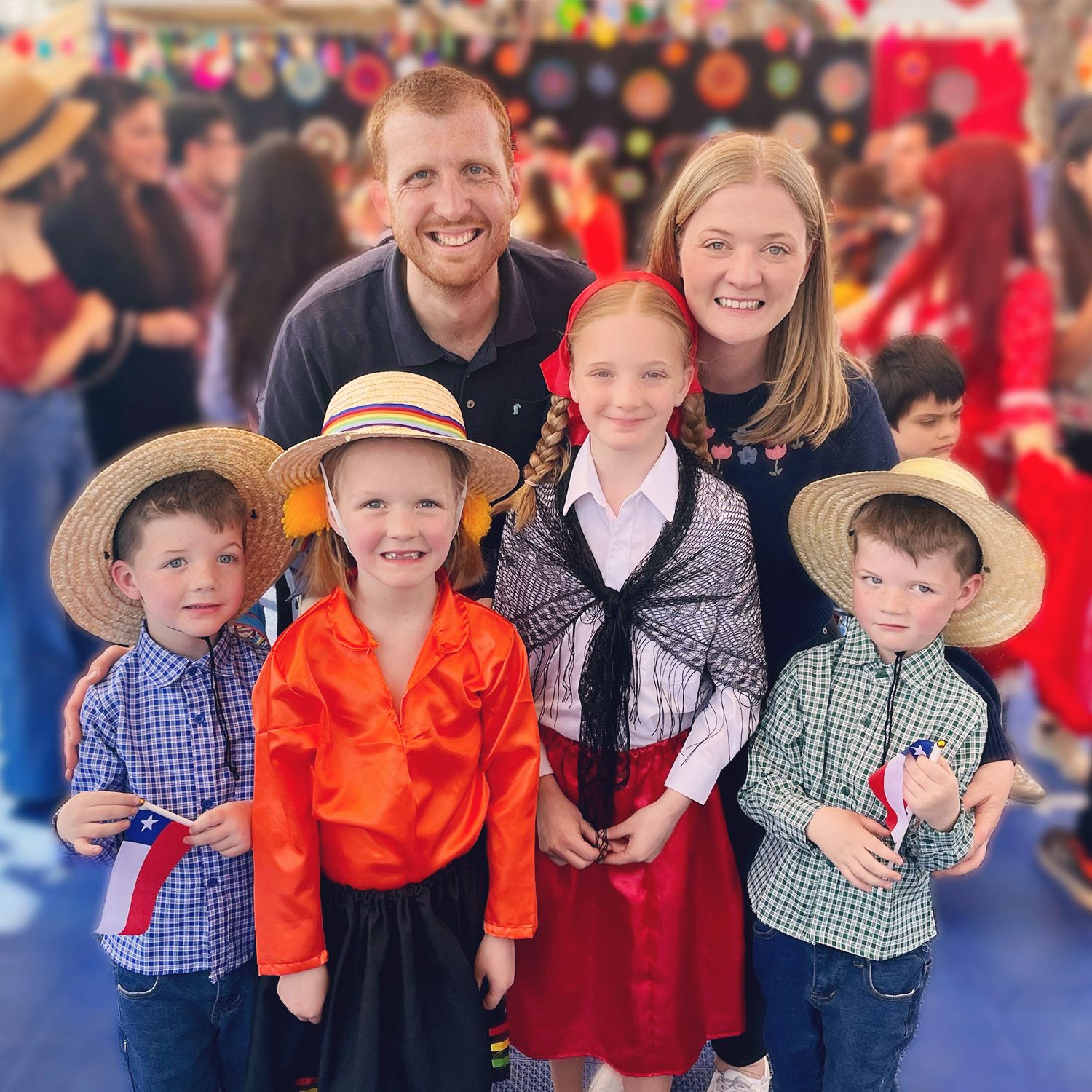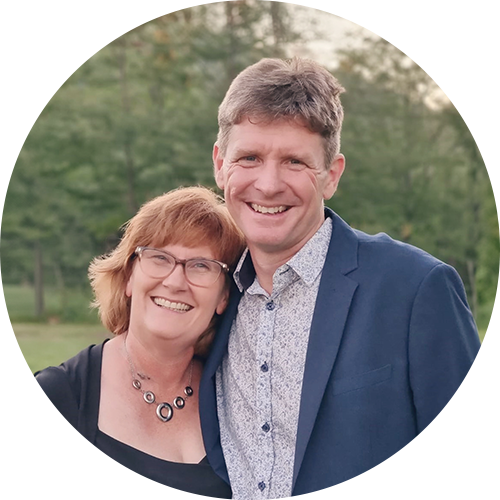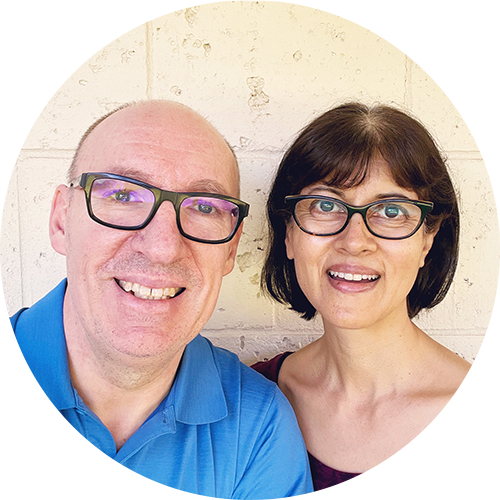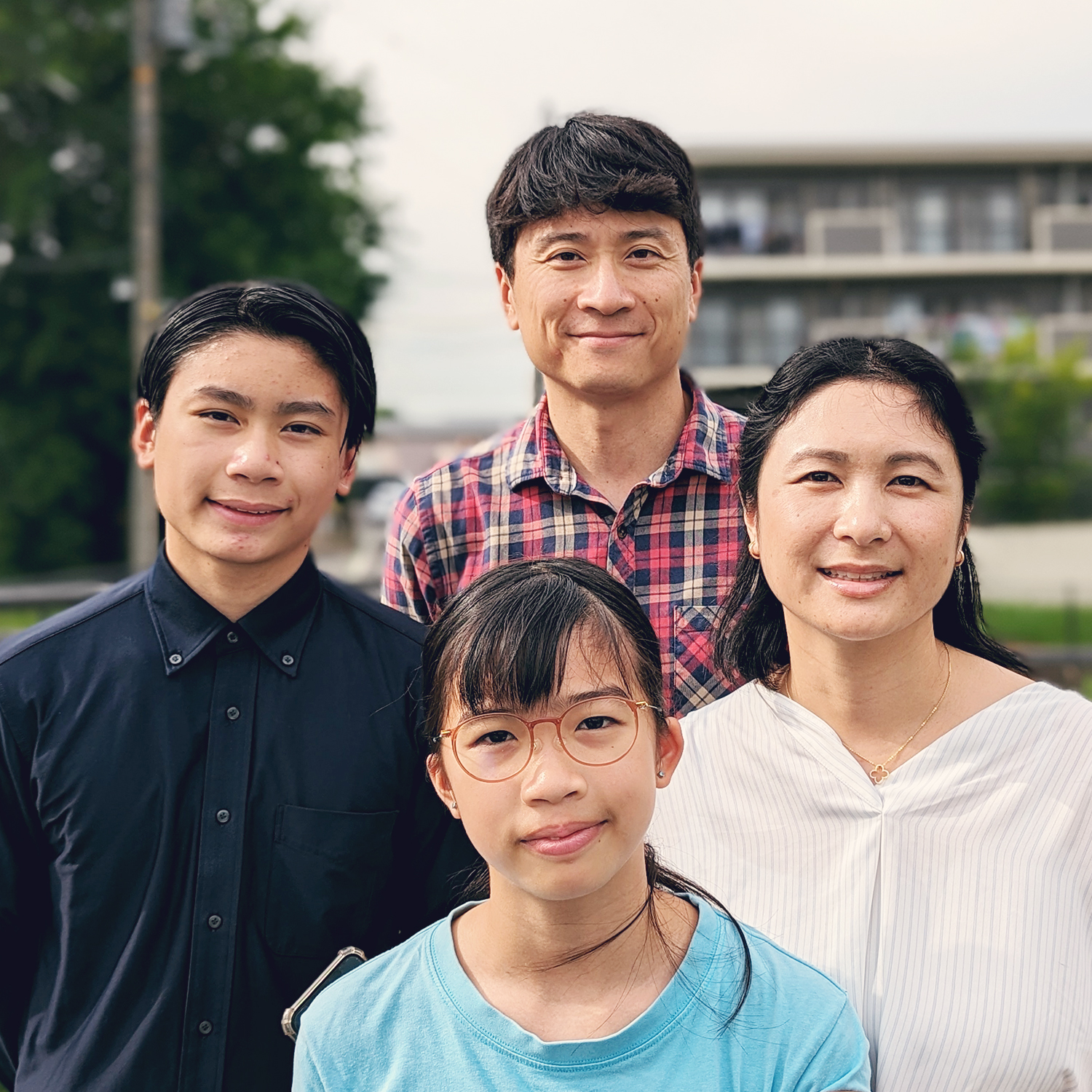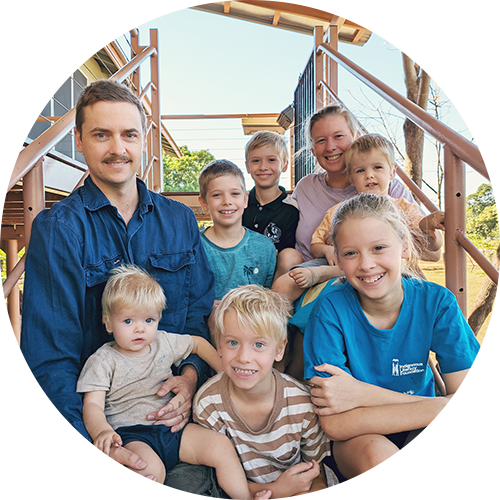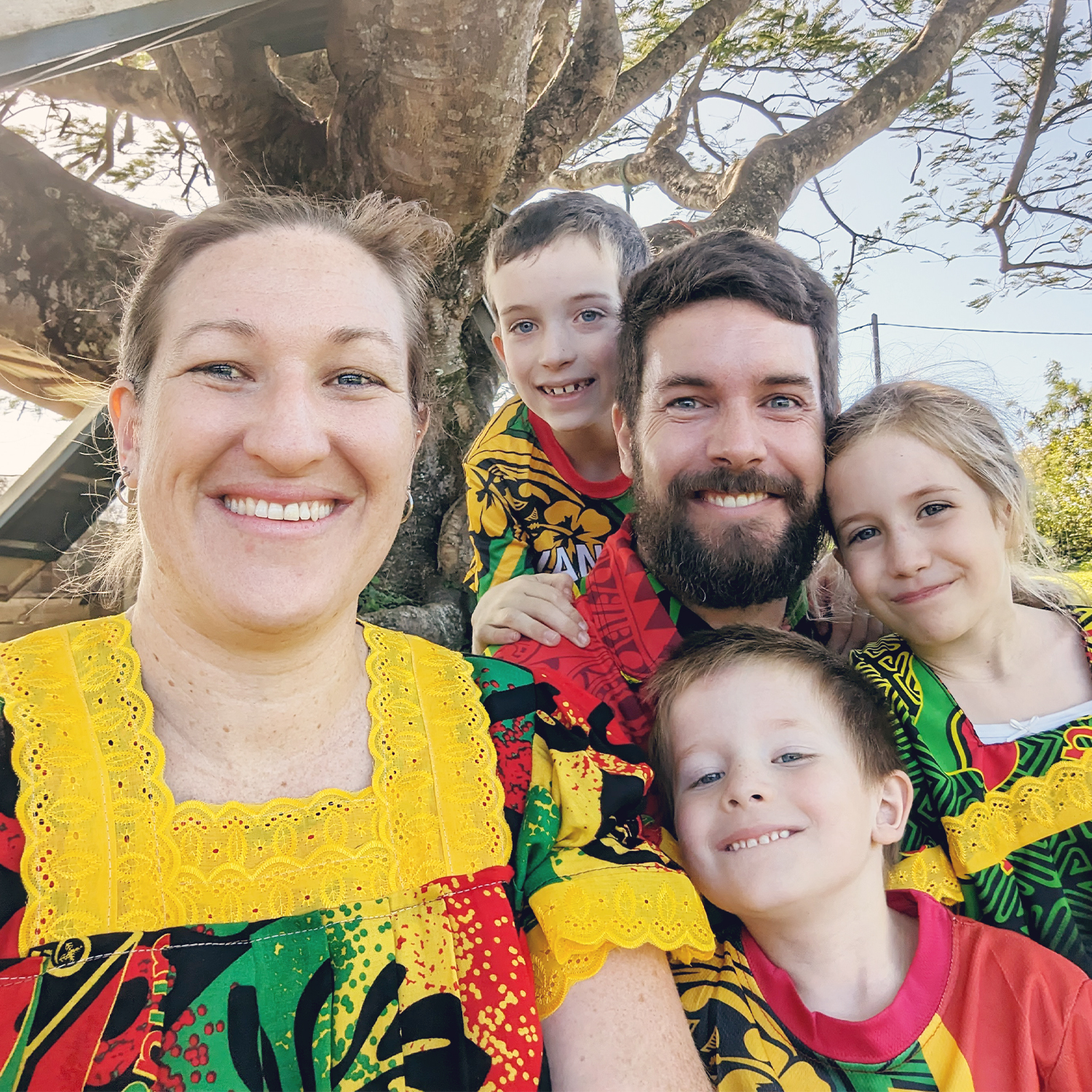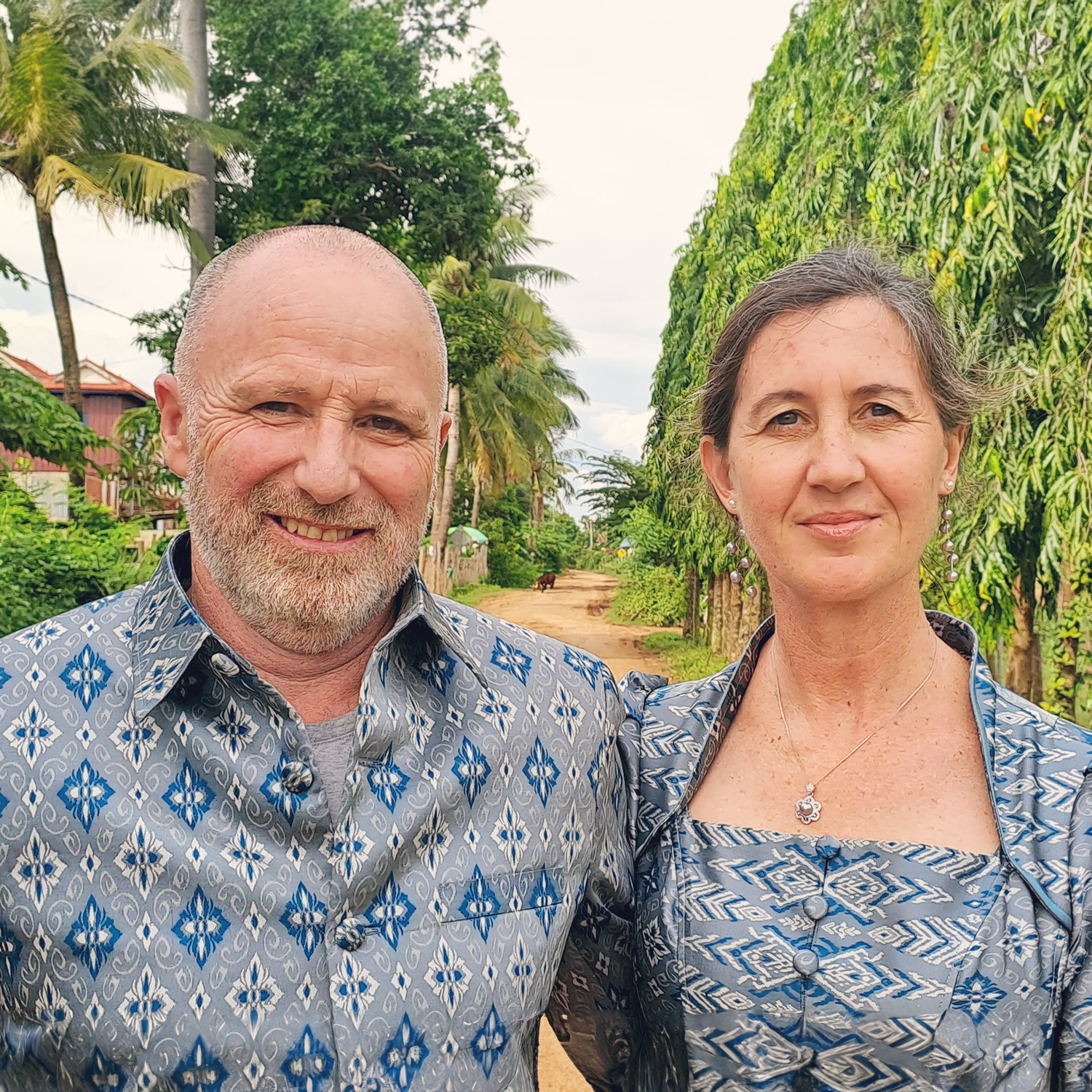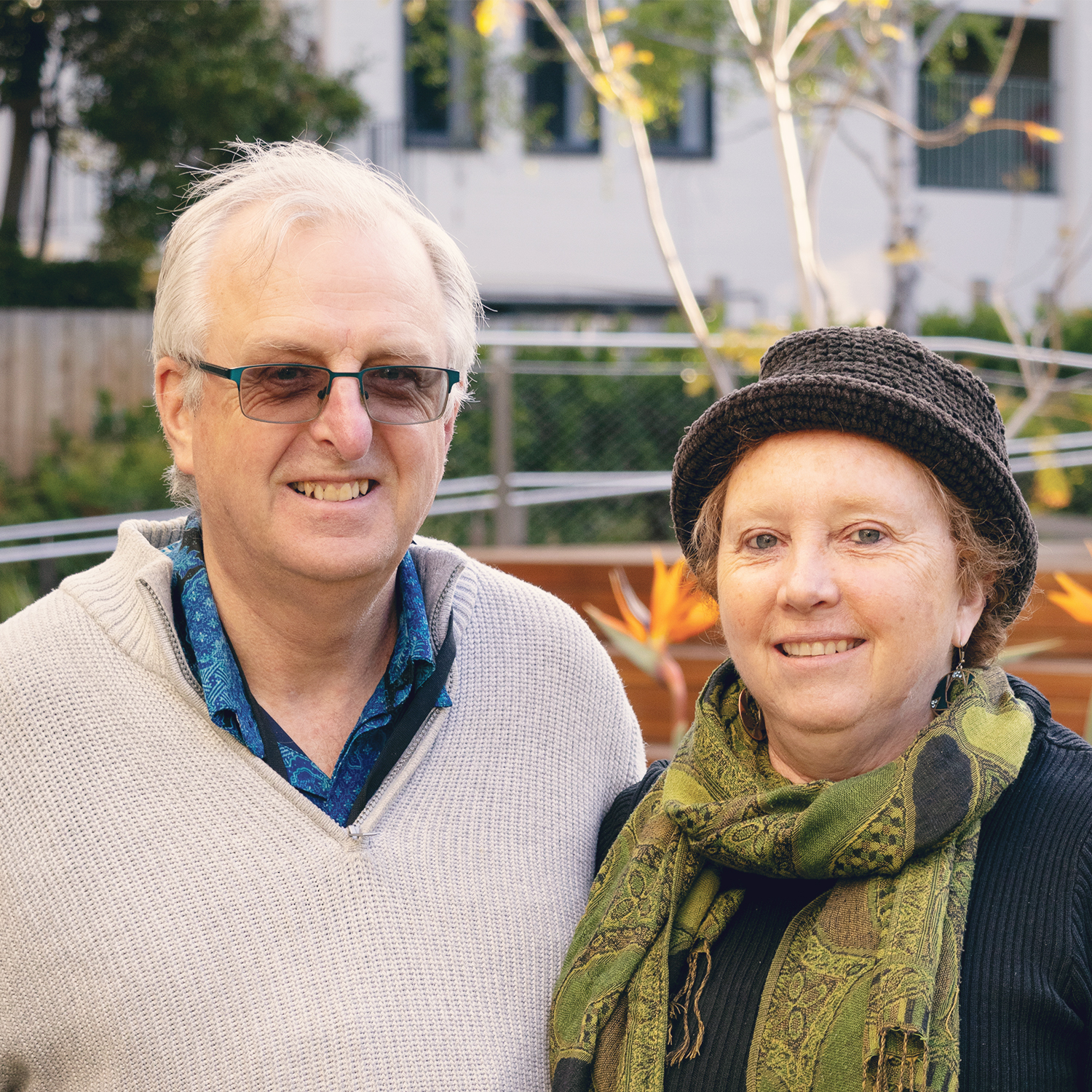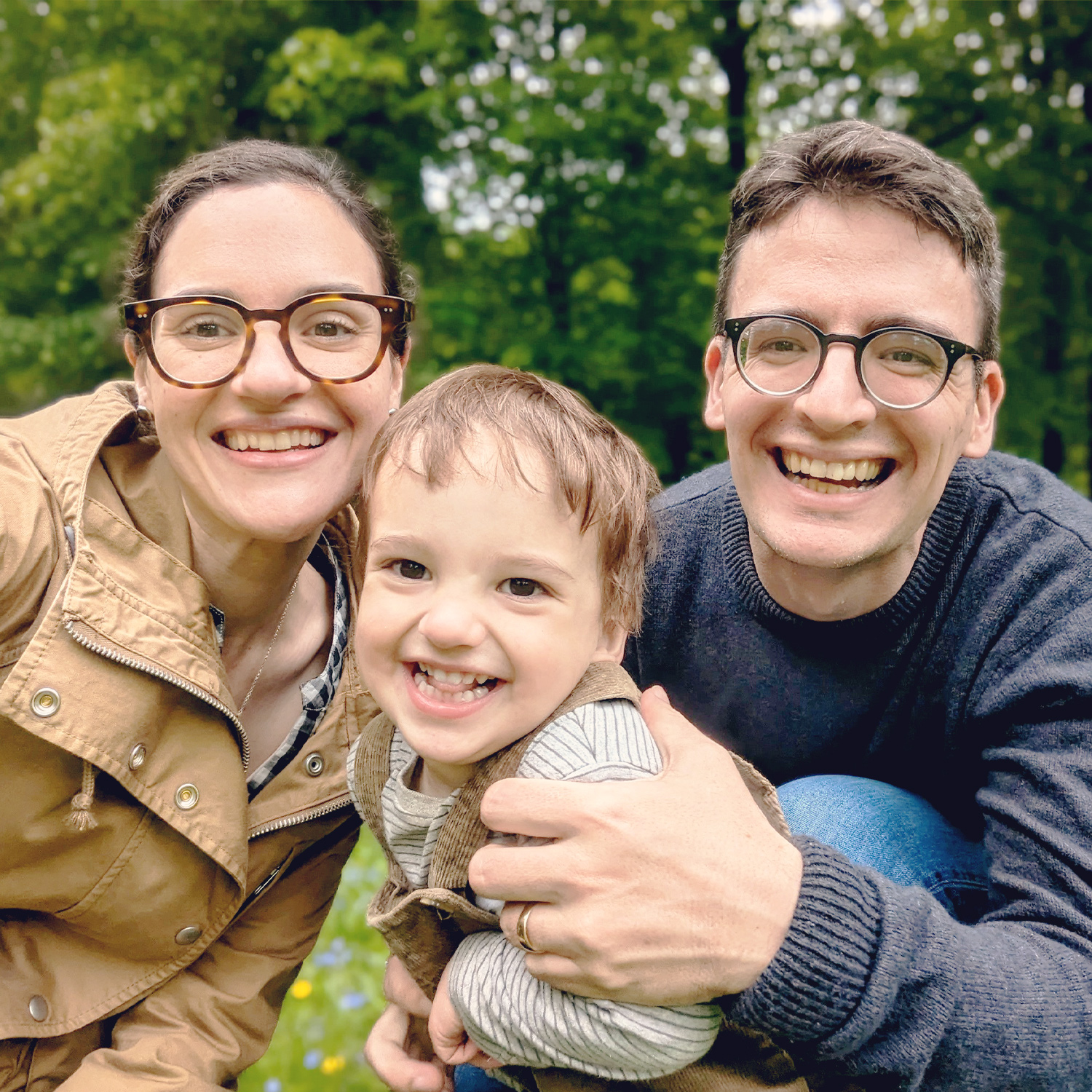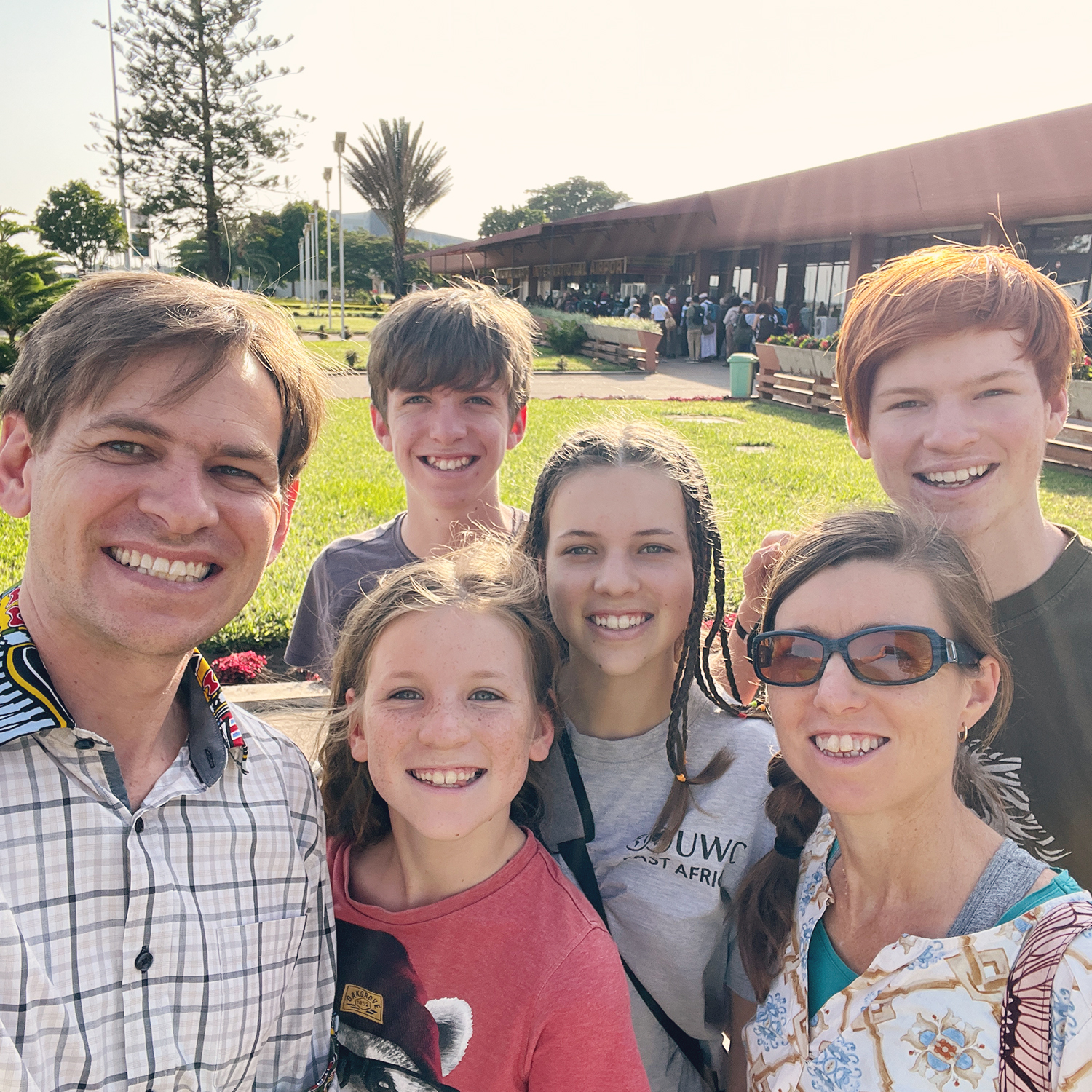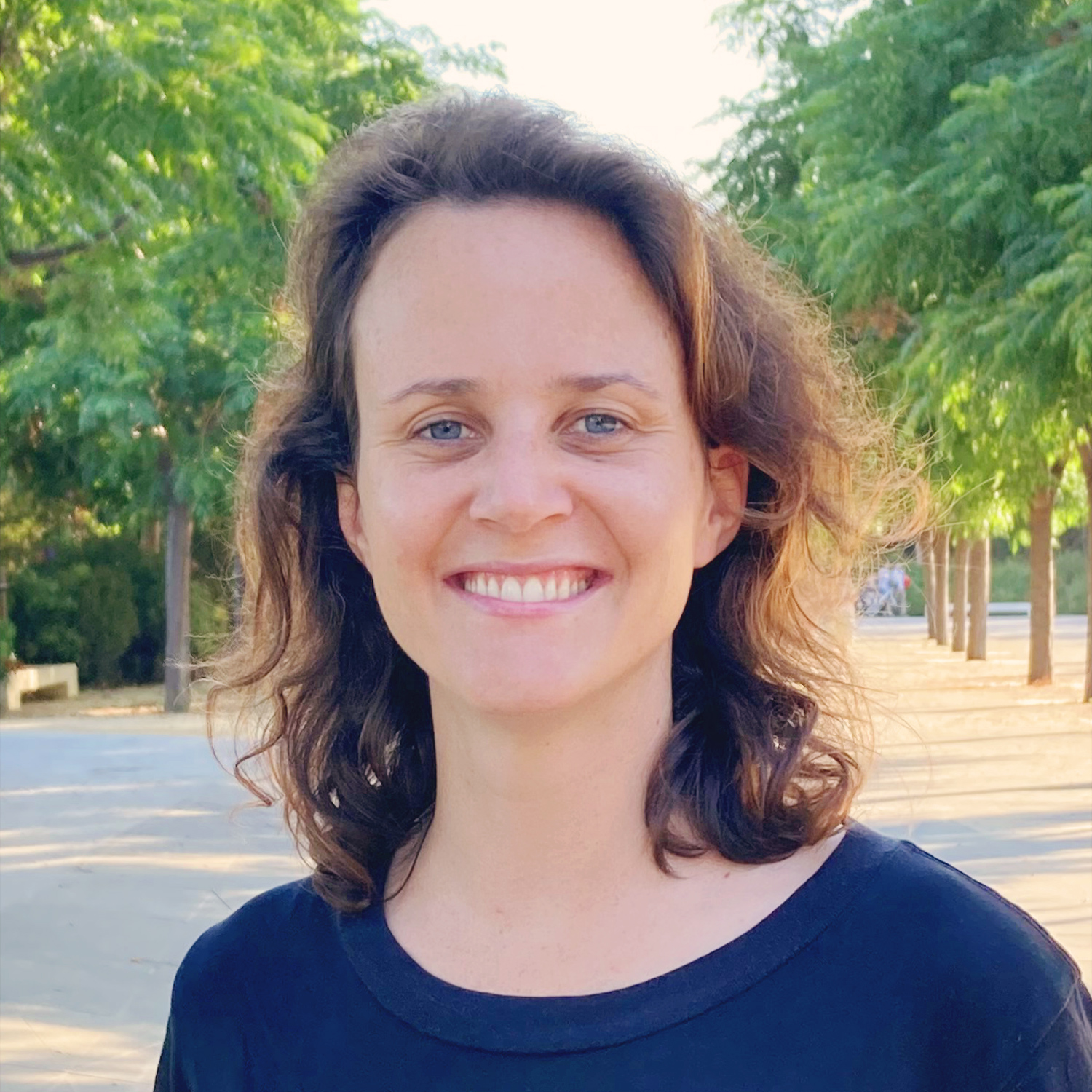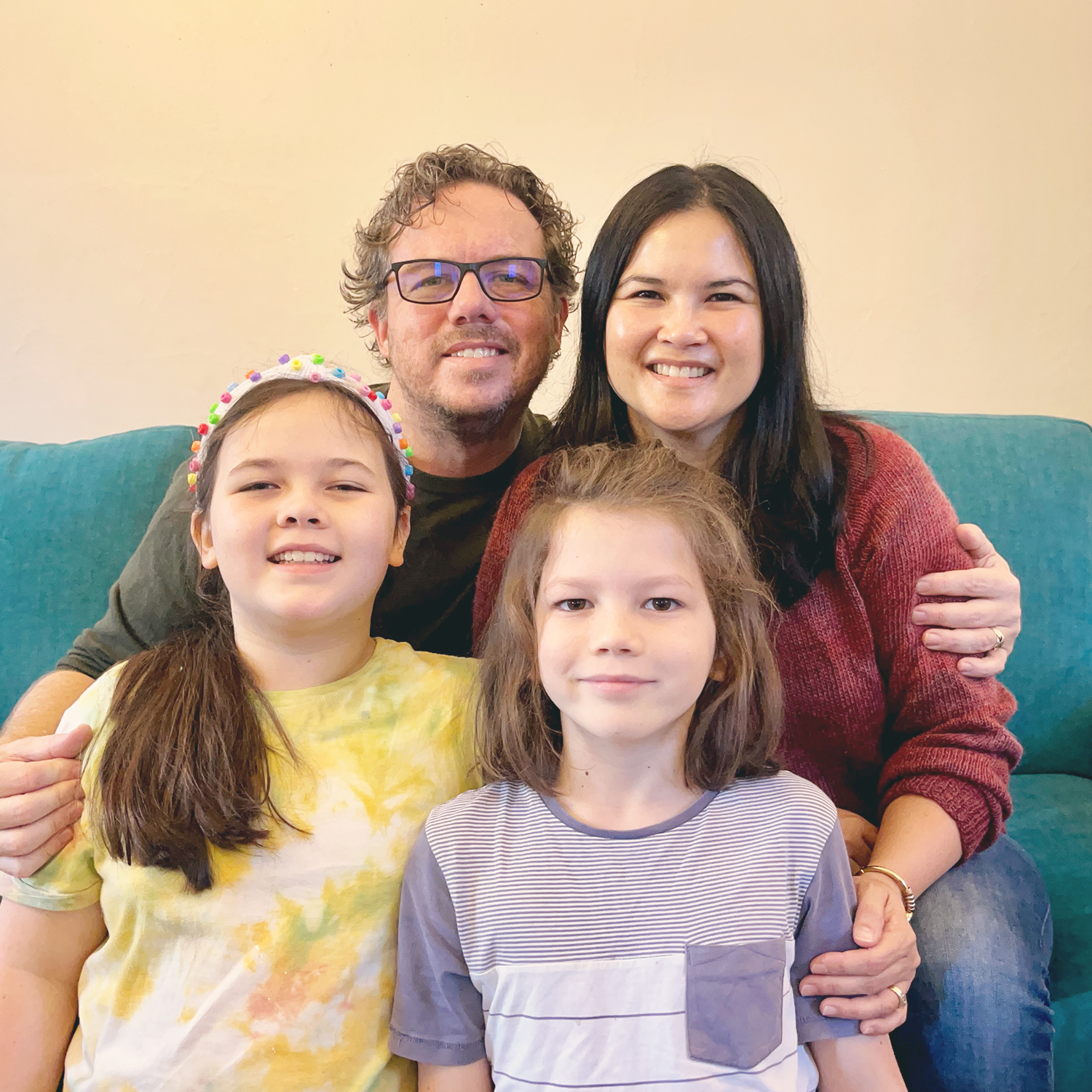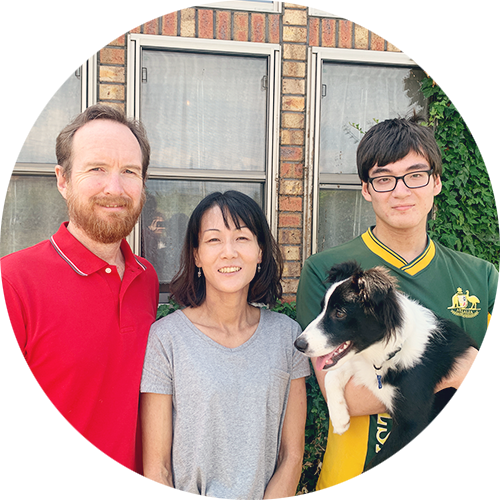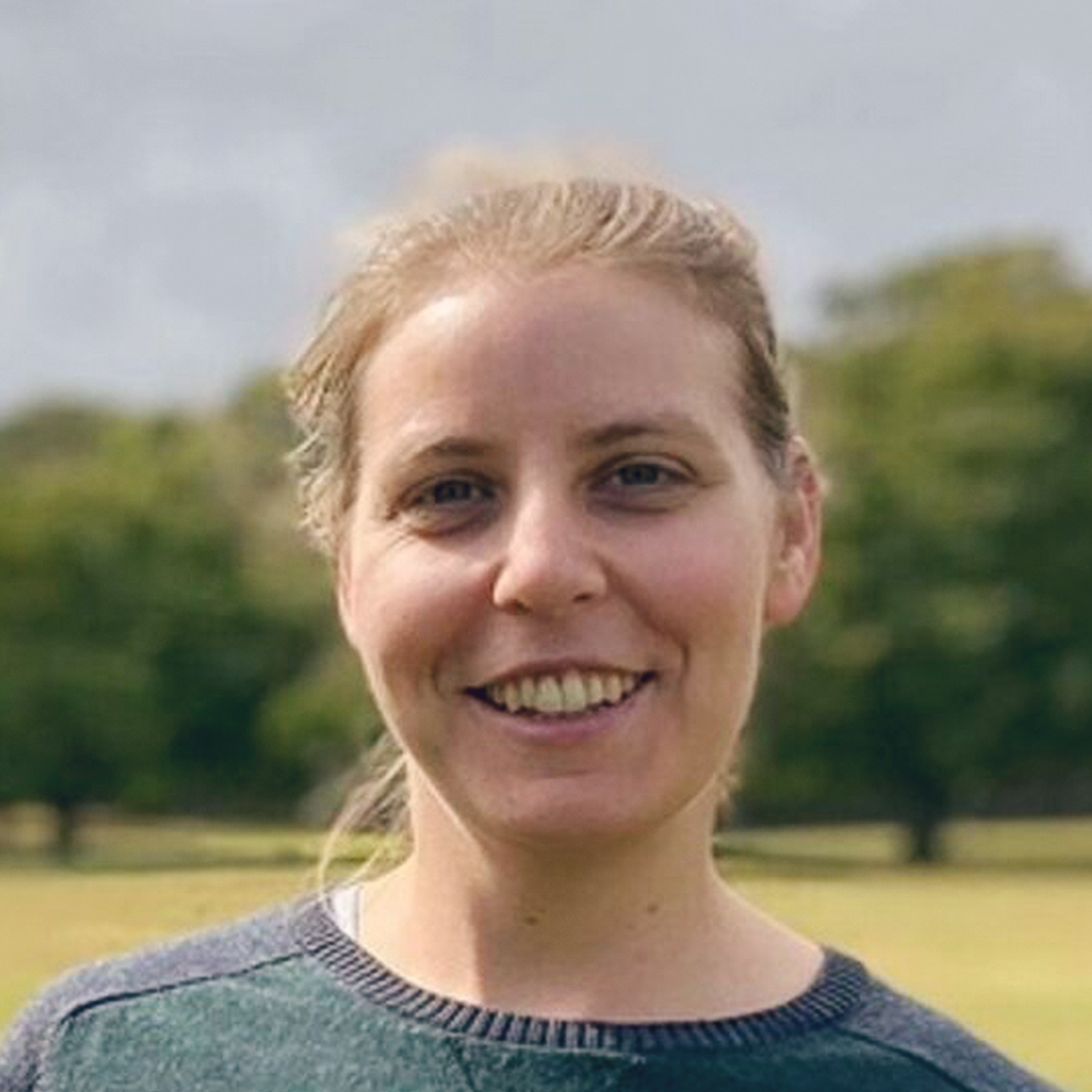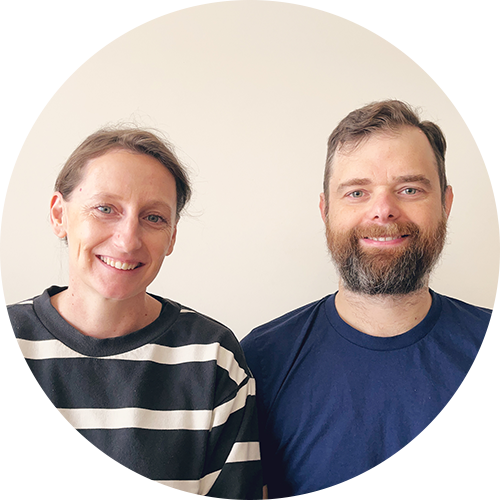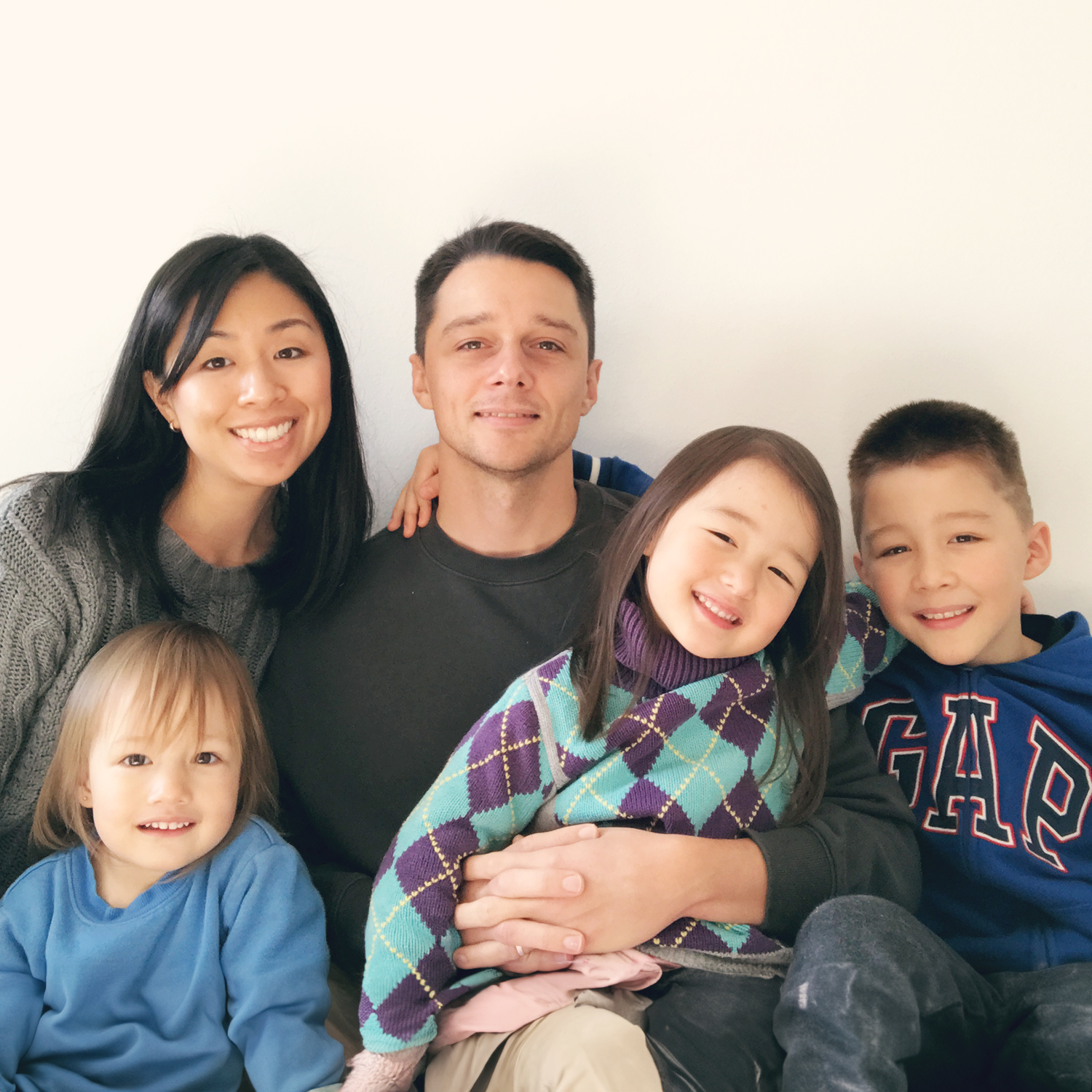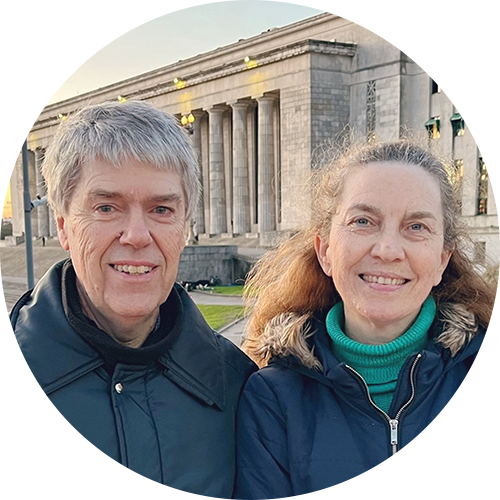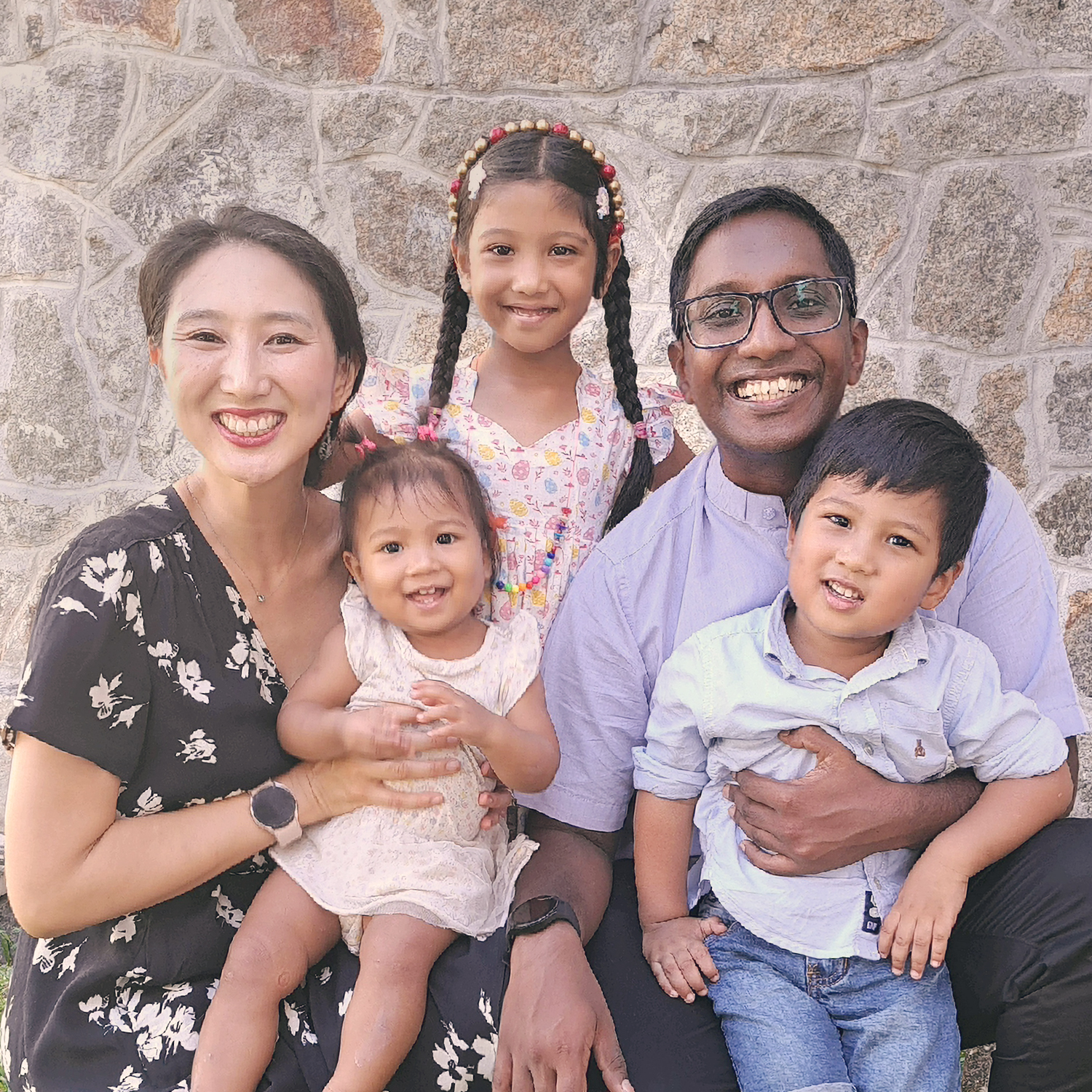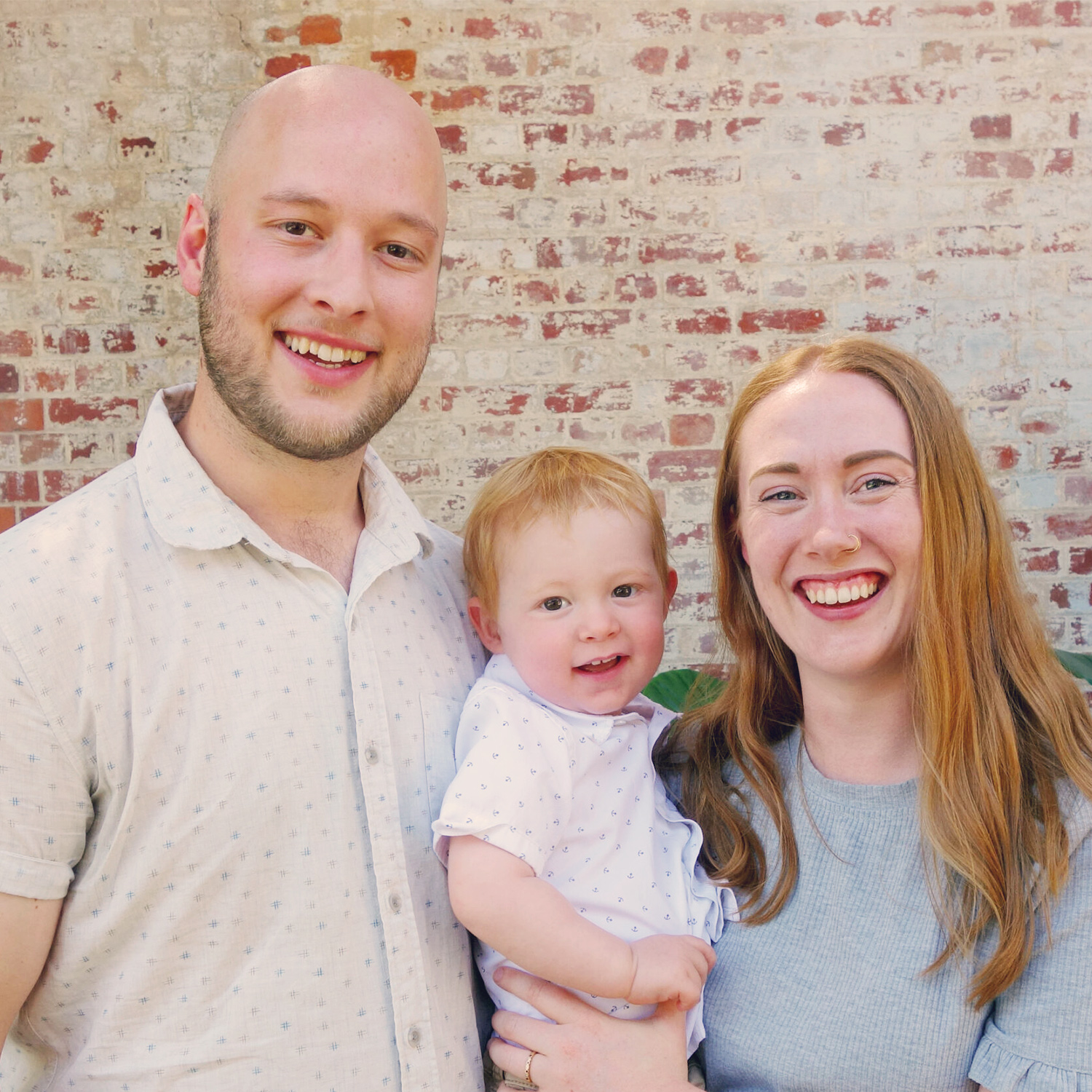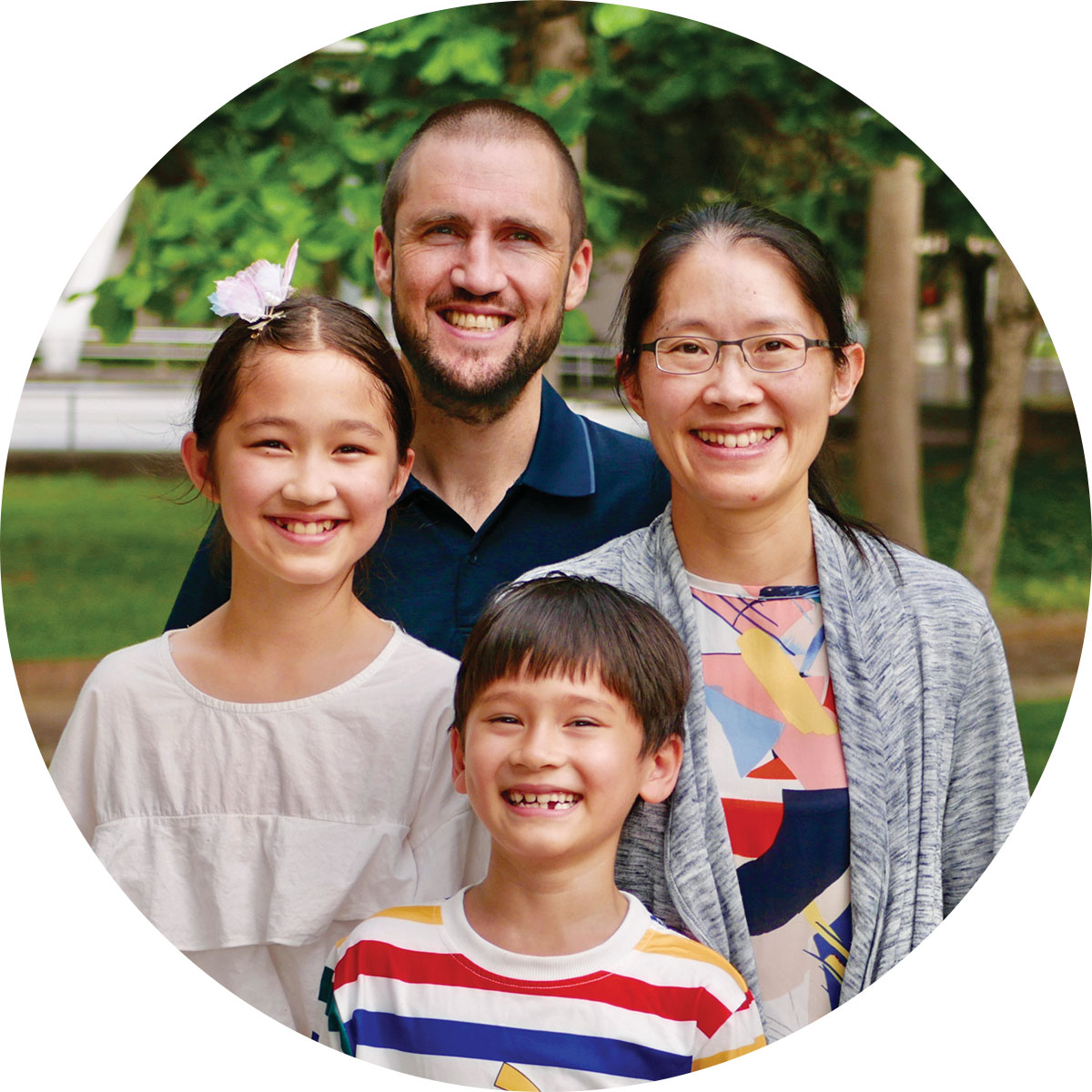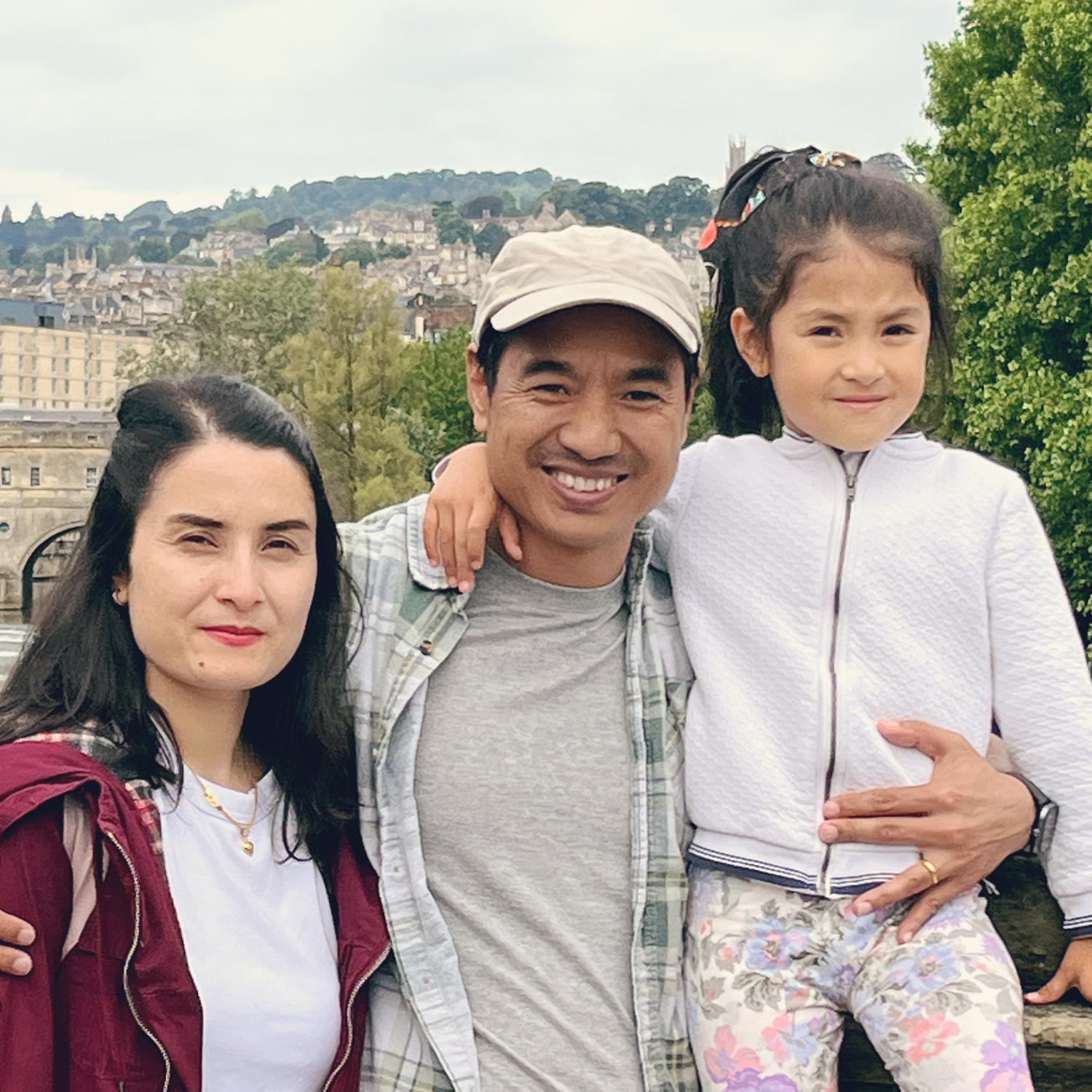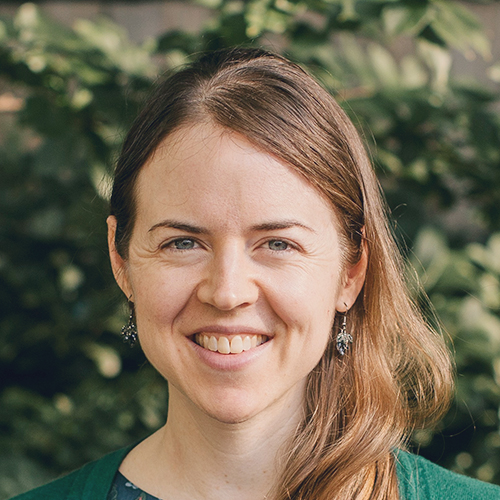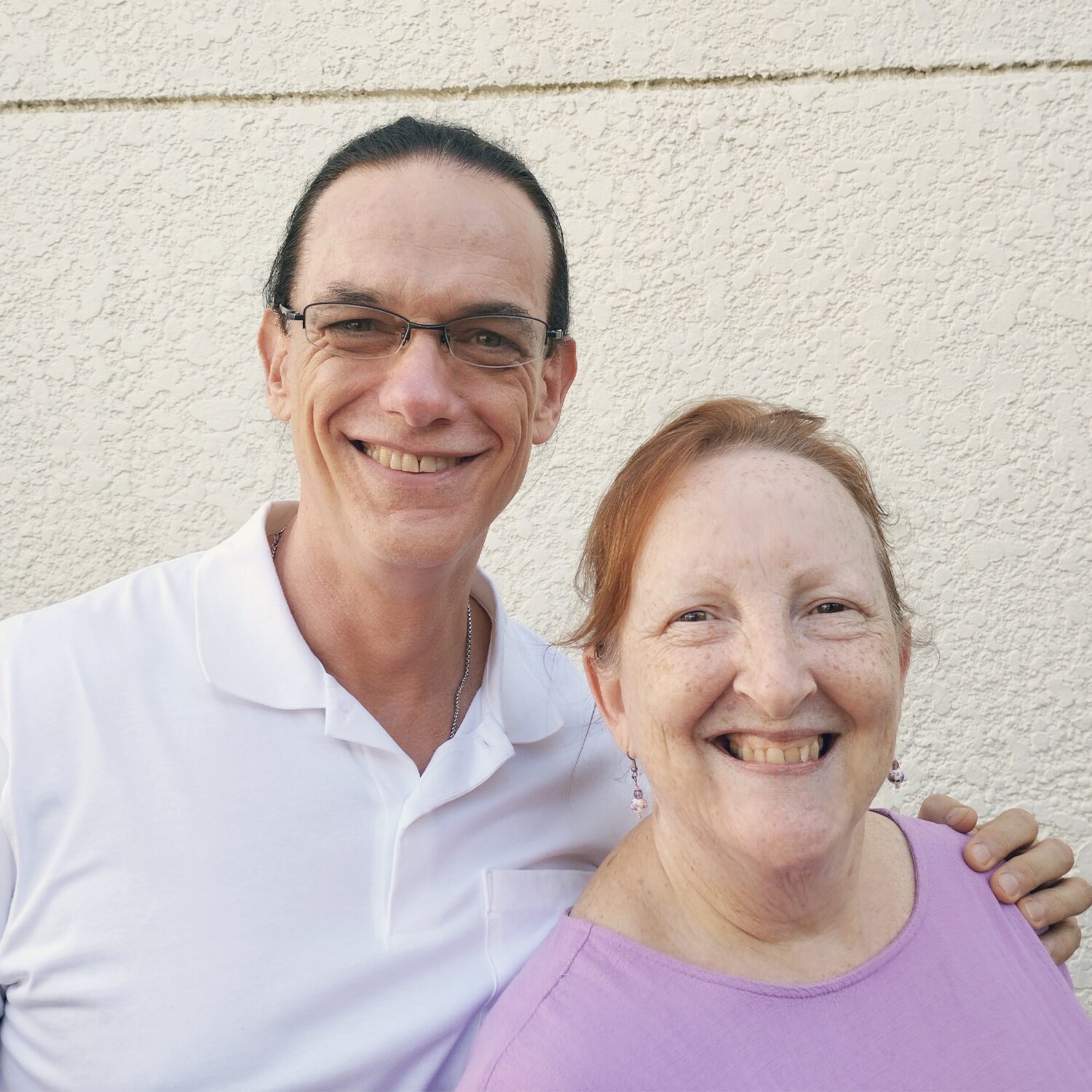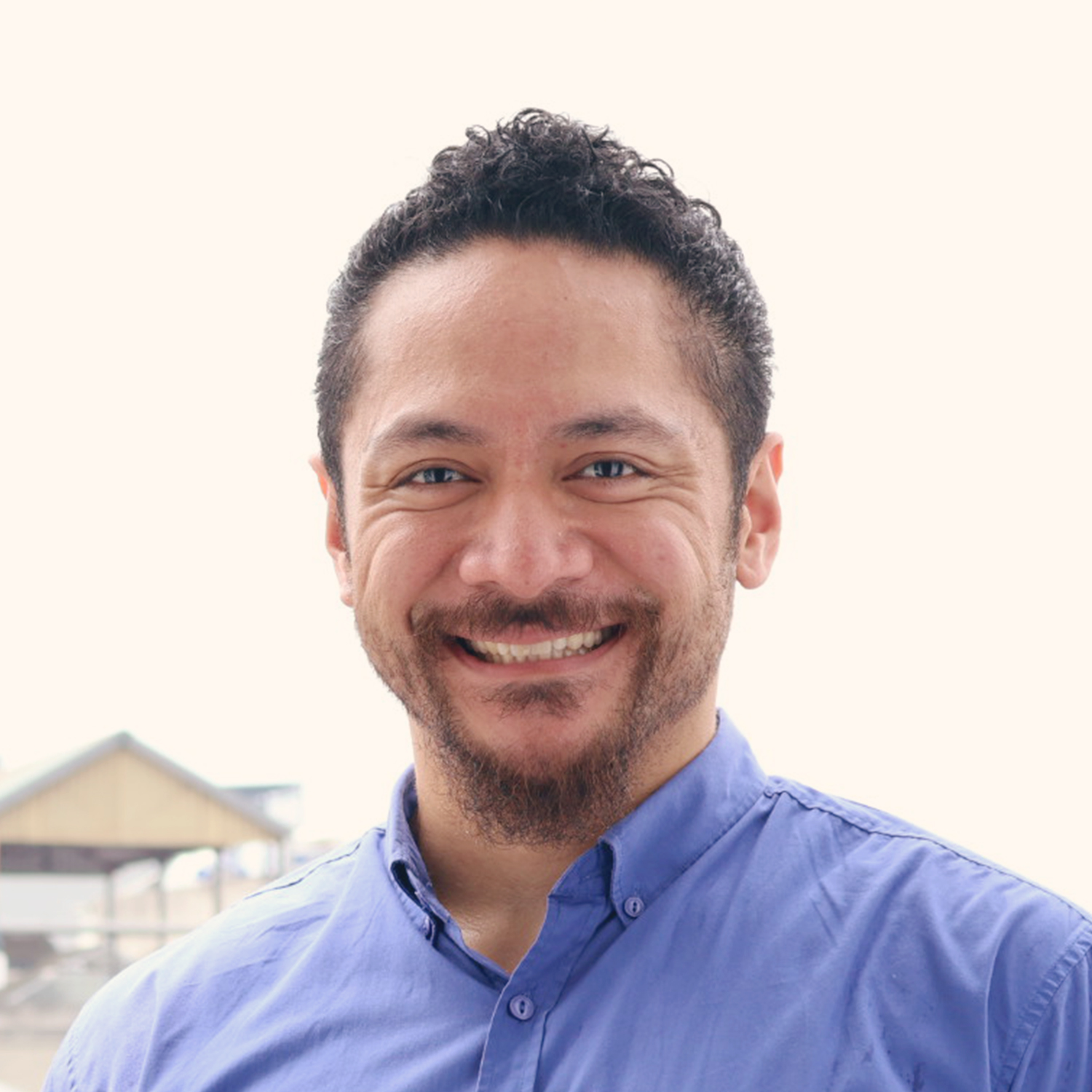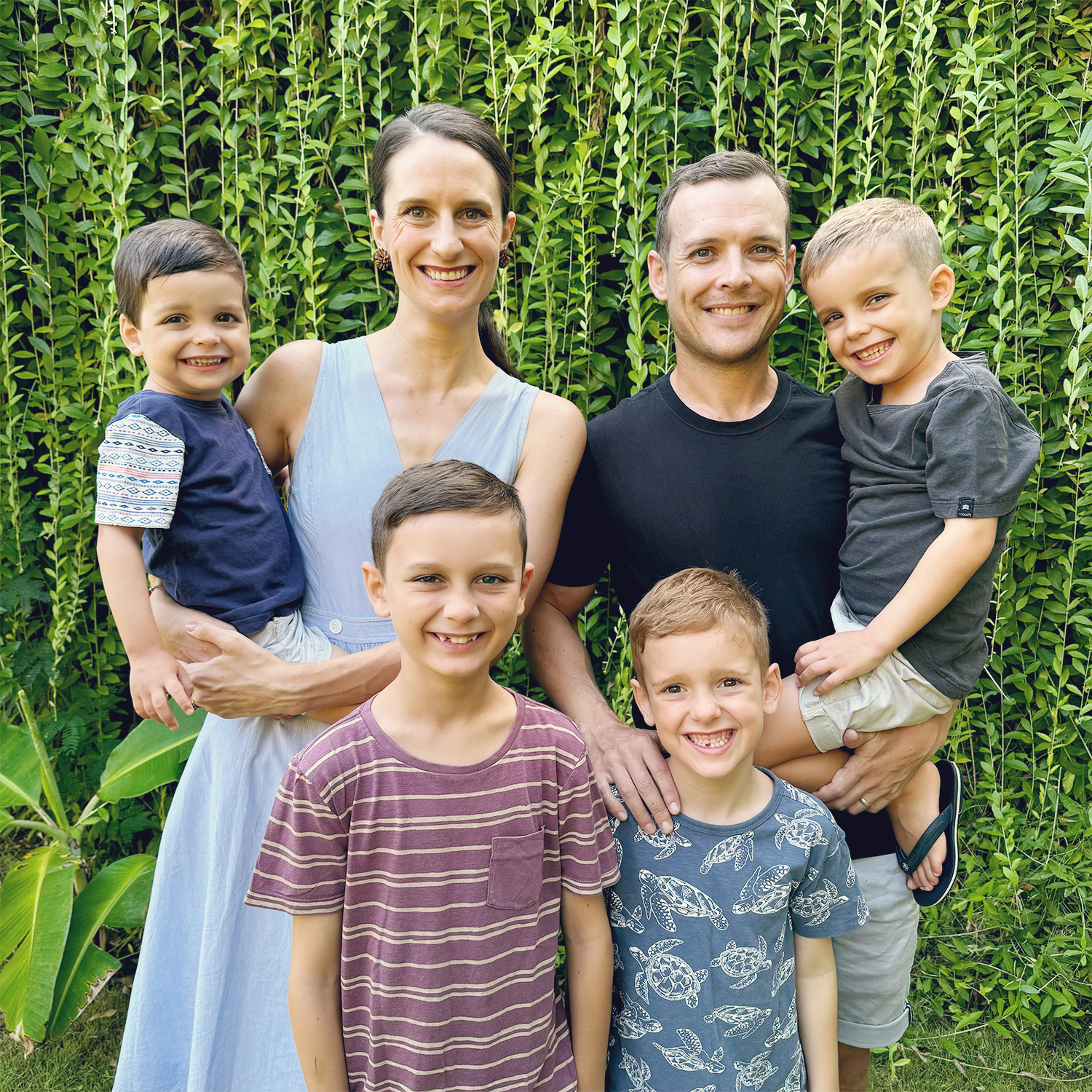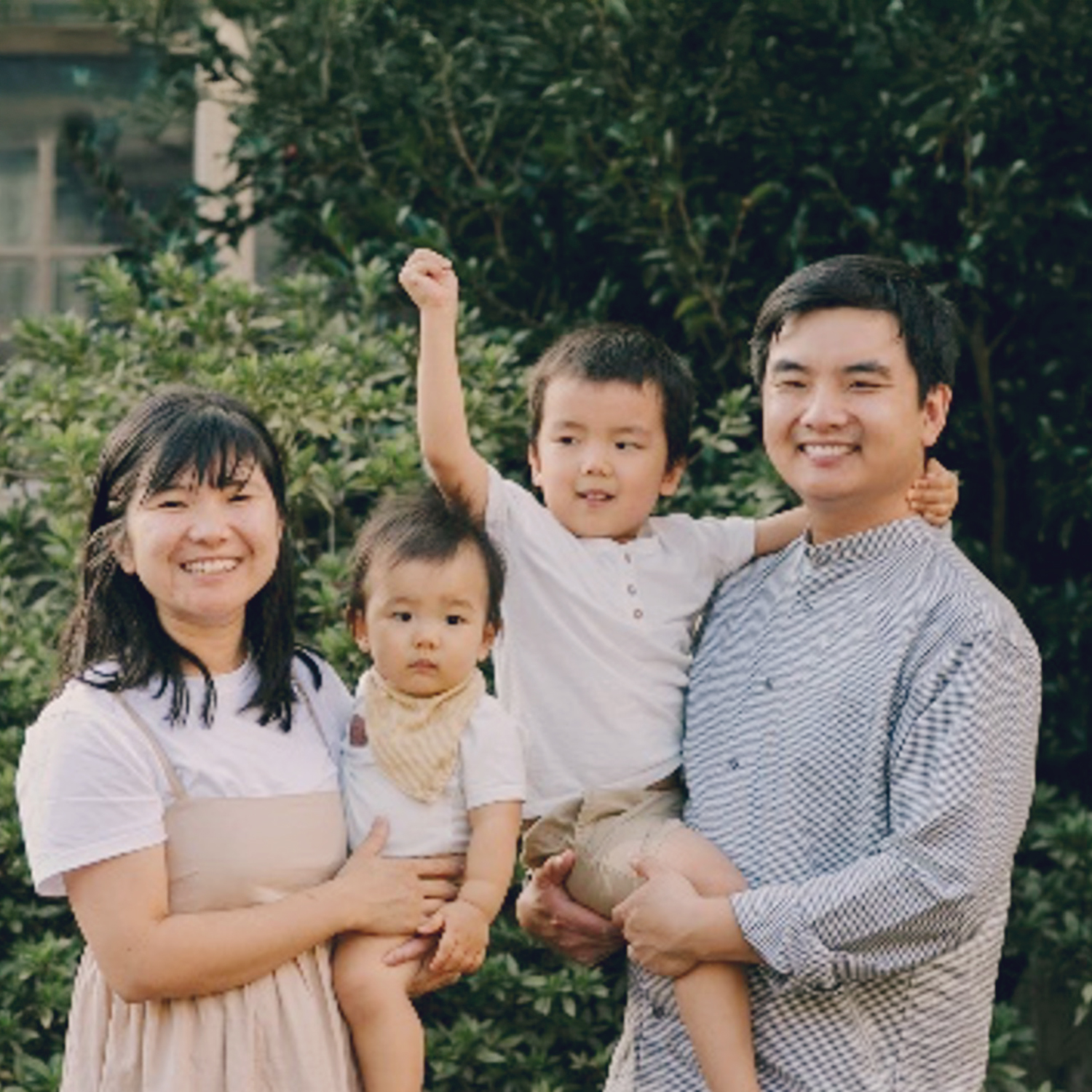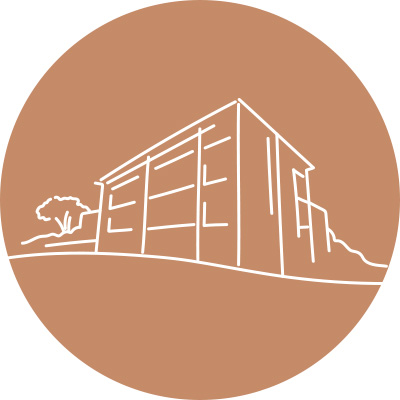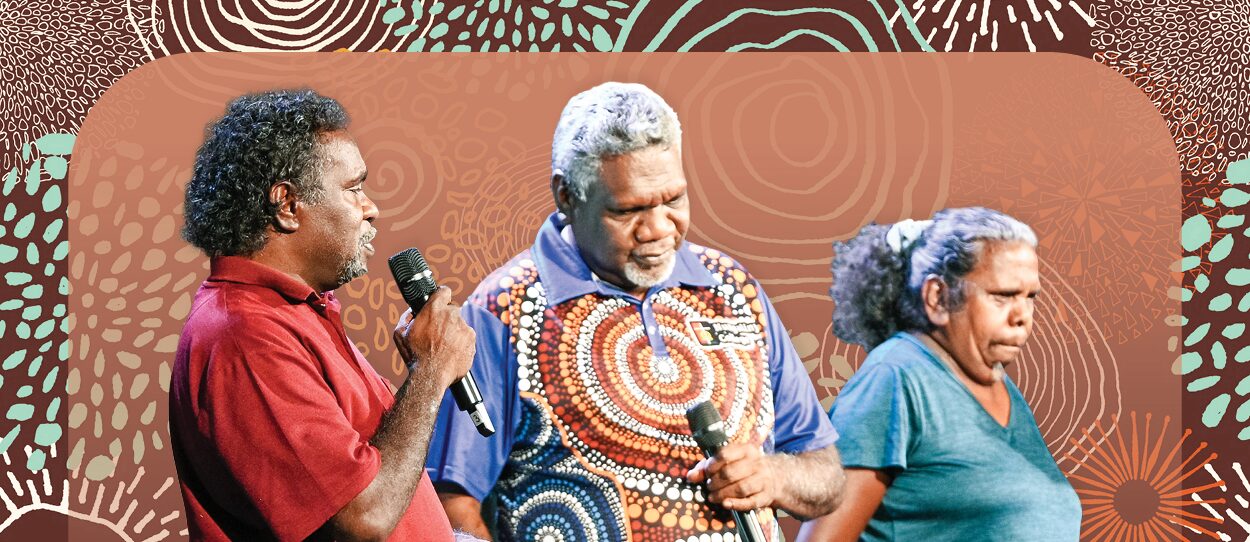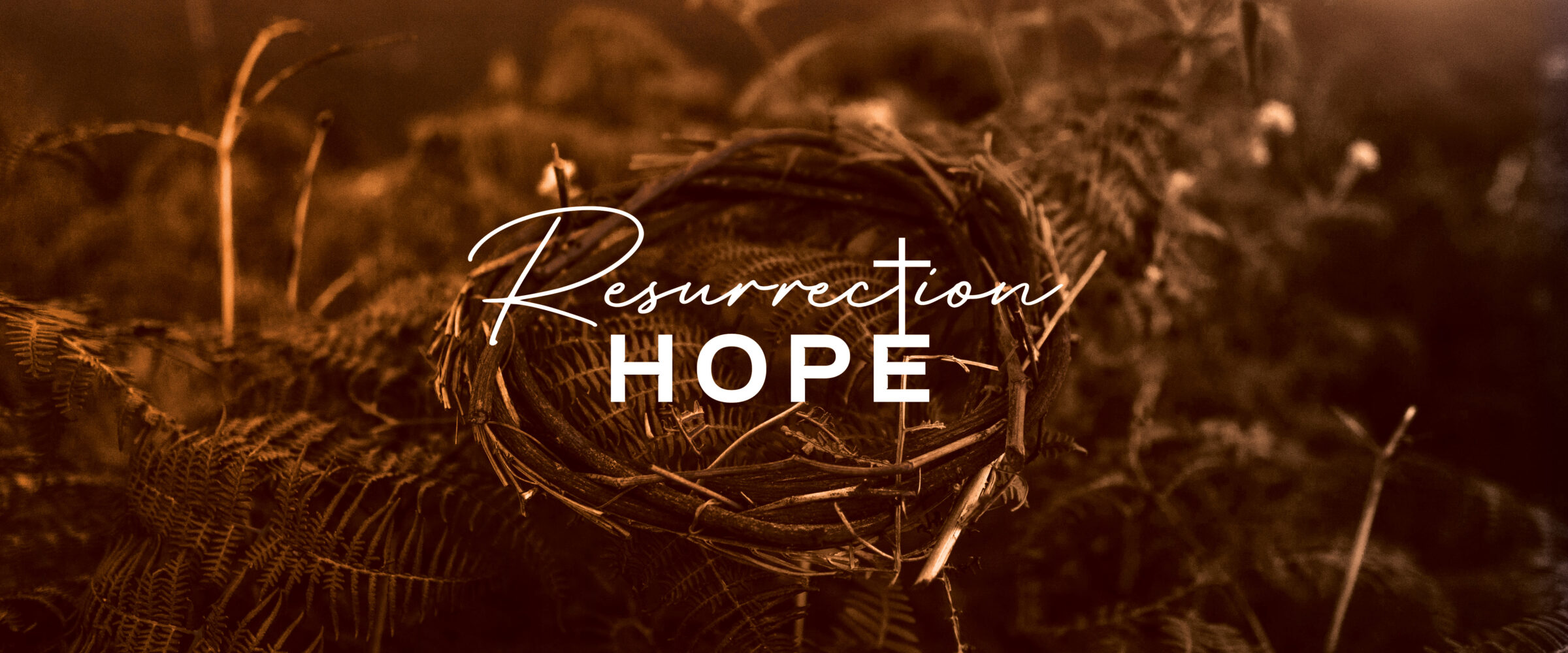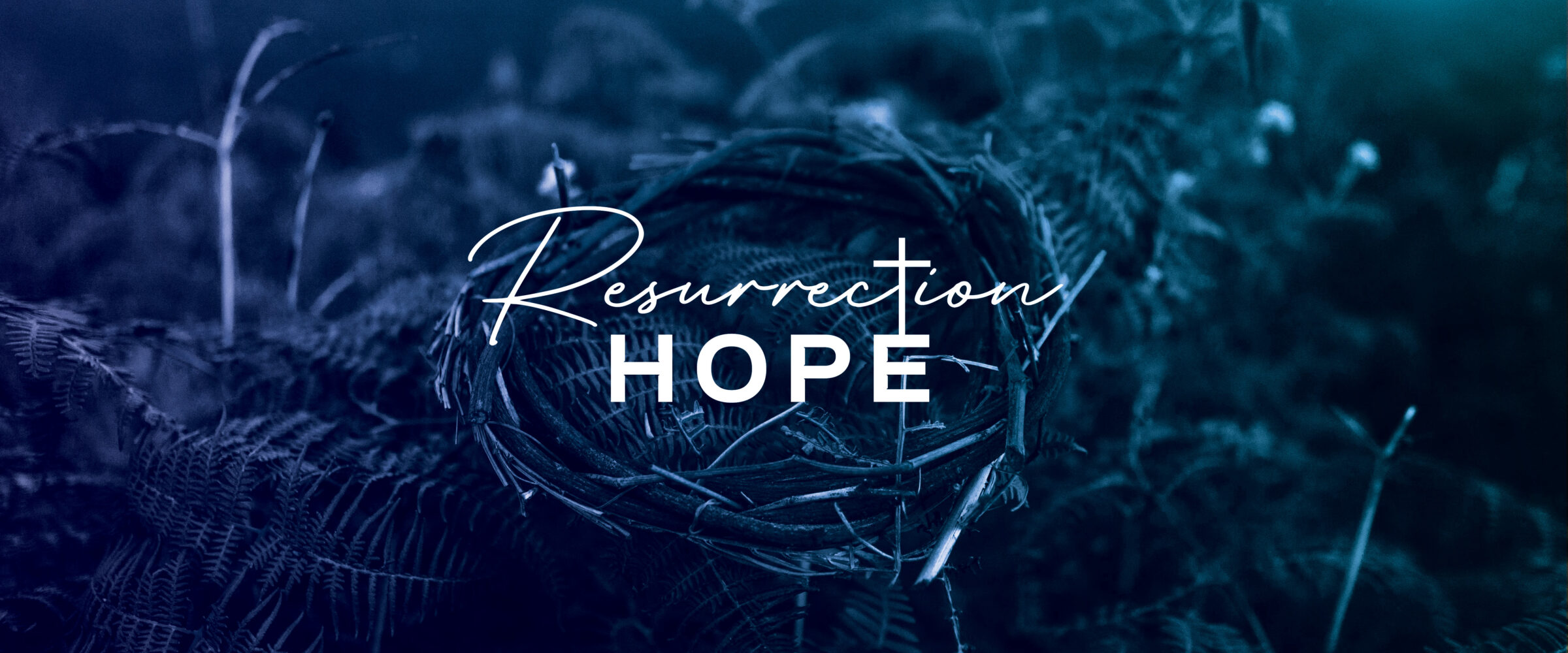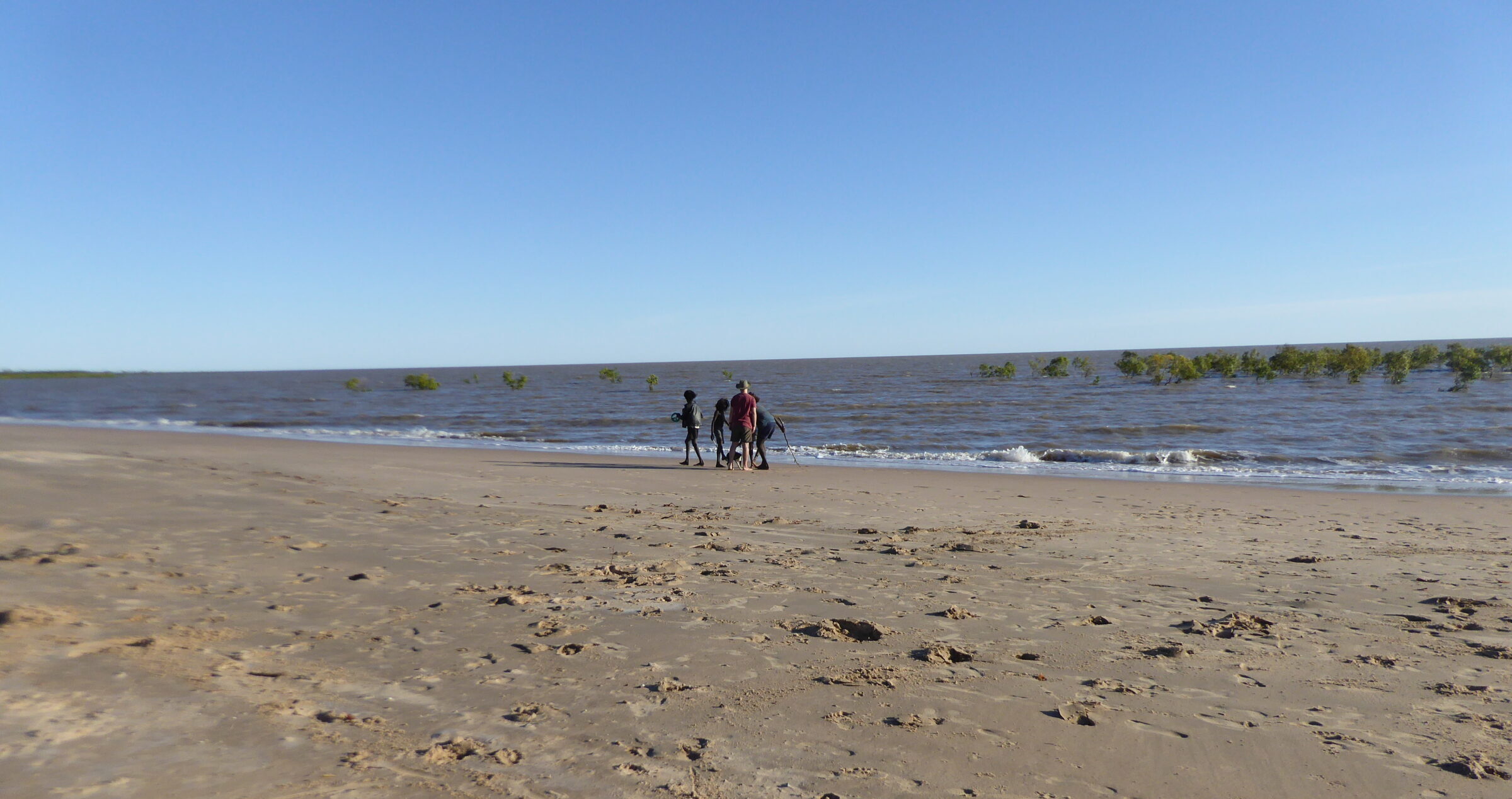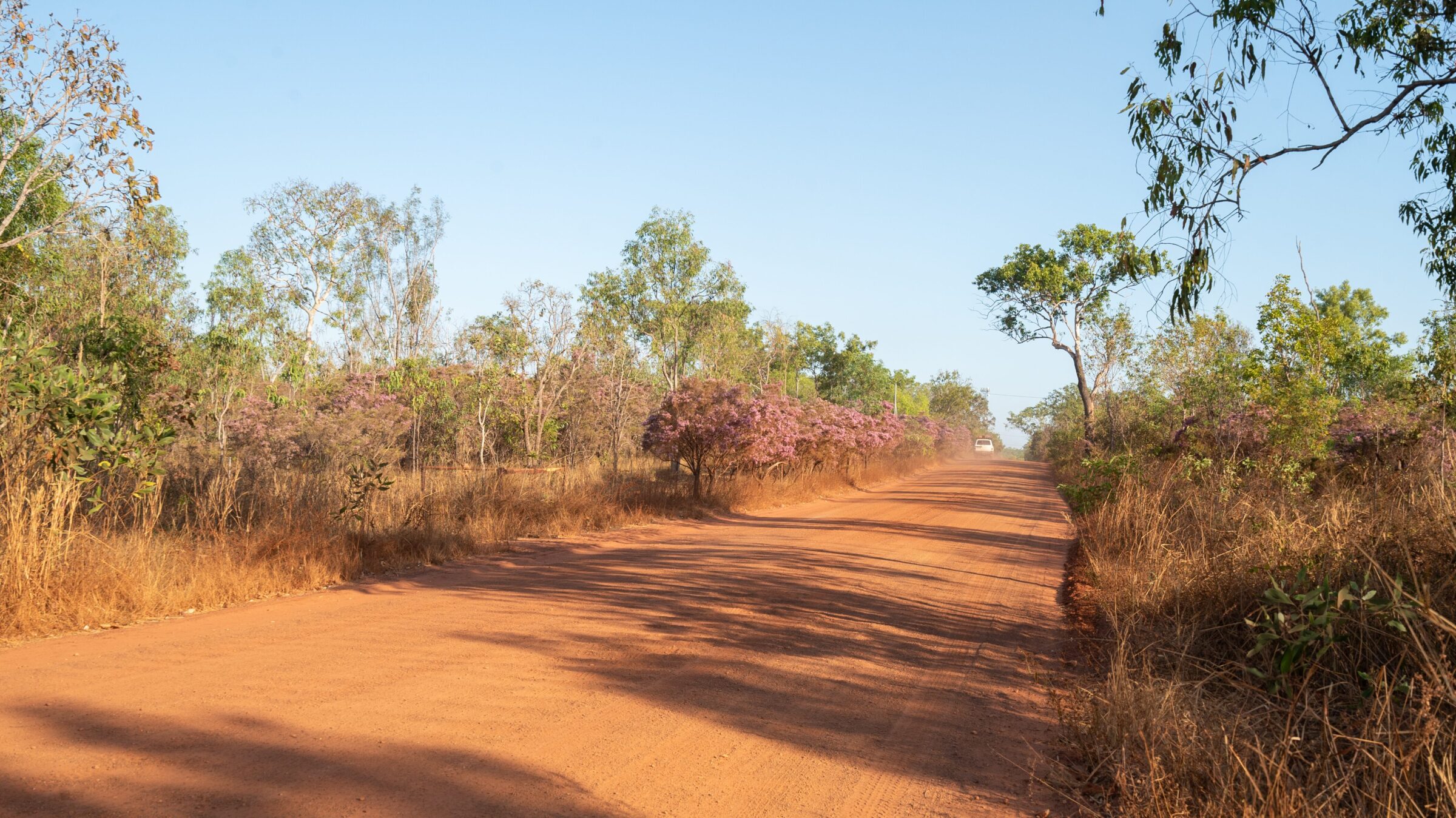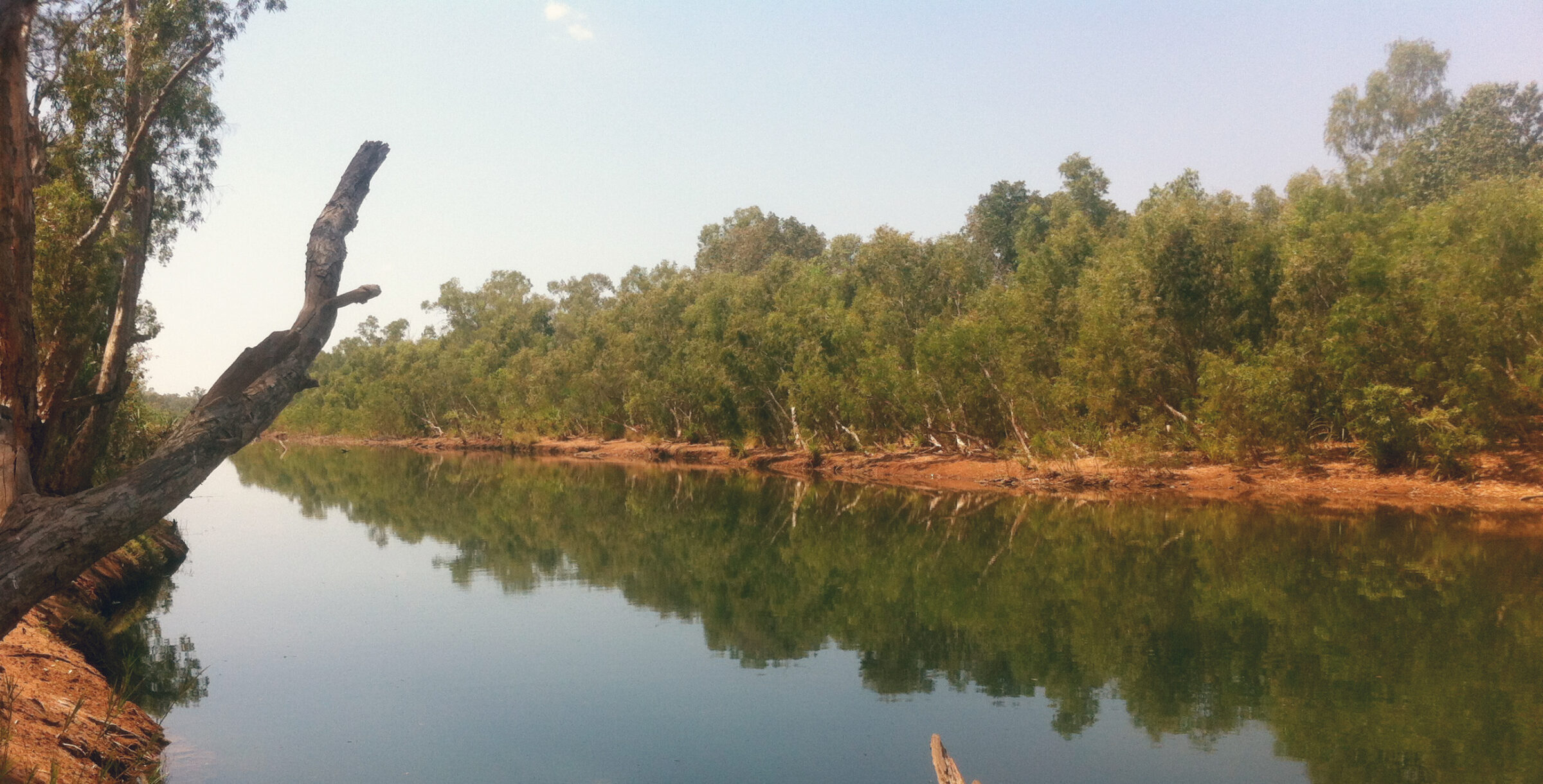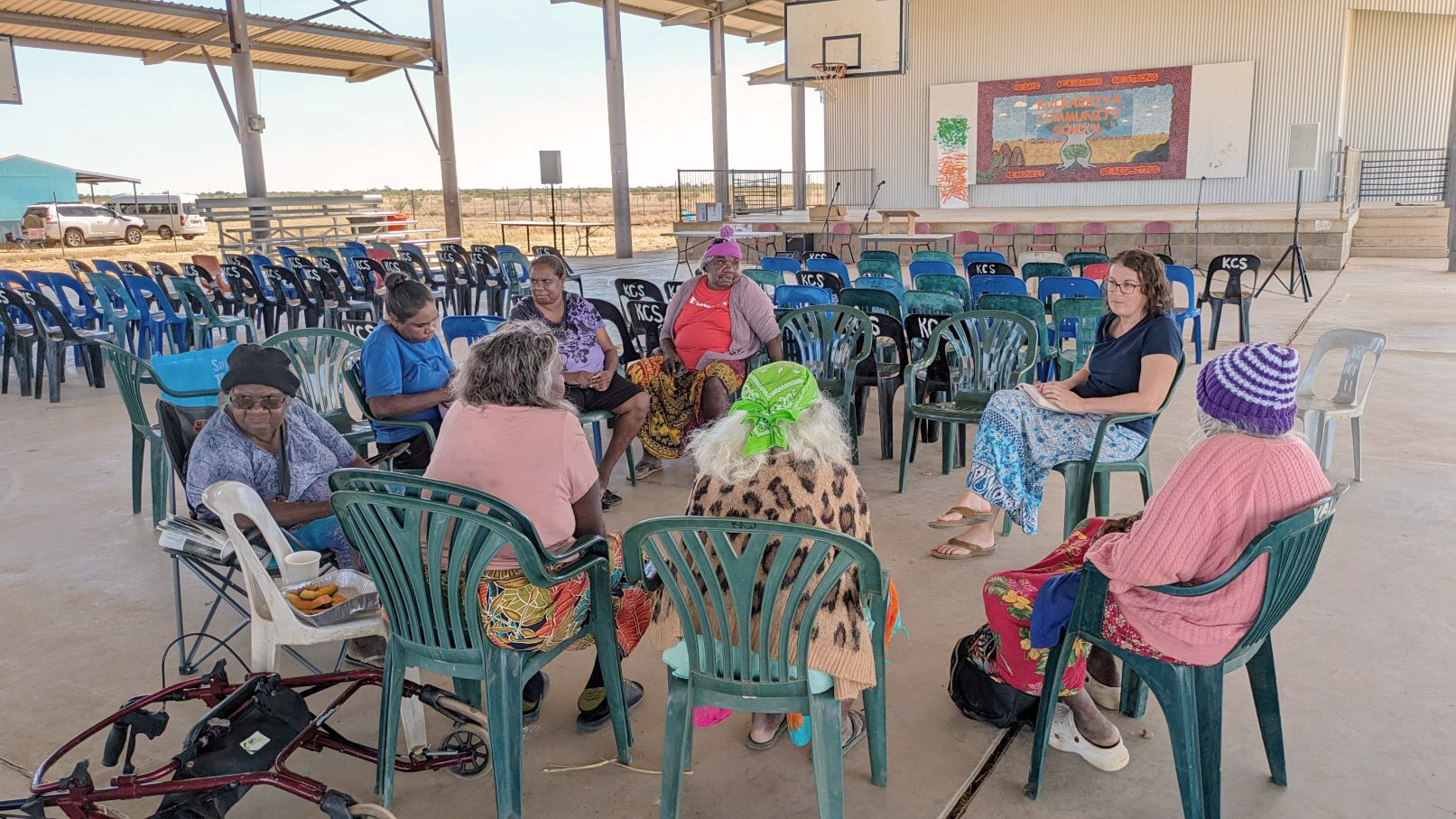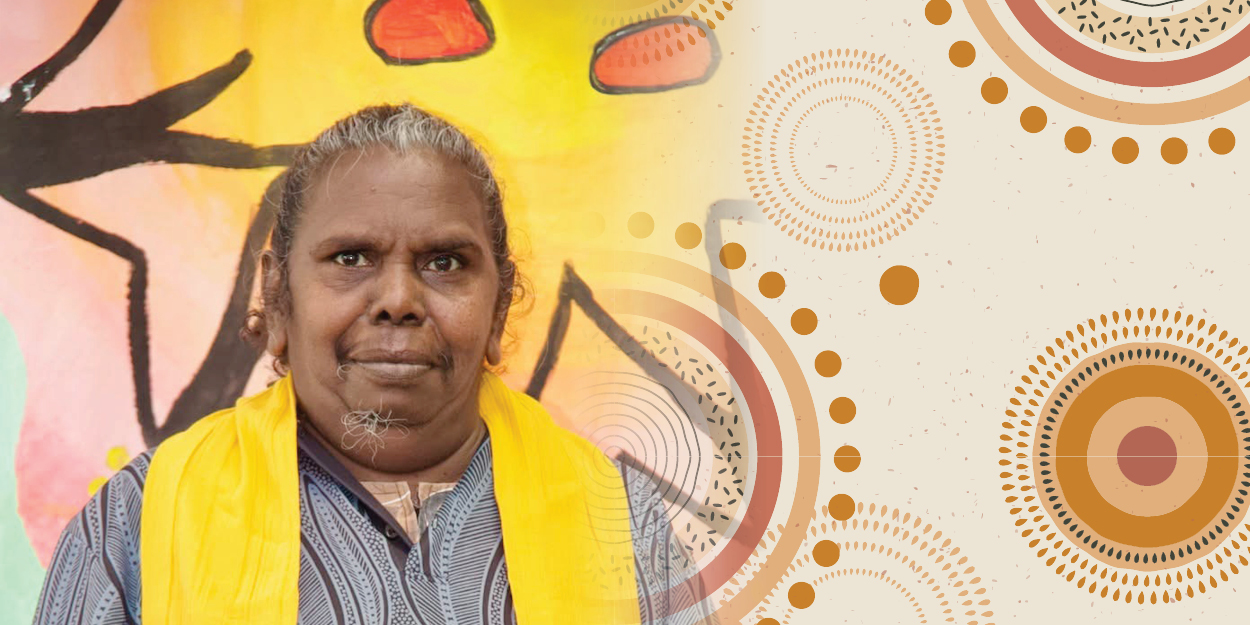Joys, challenges and dreams for Aboriginal churches
At CMS summer conferences, Rev Darryn Farrell and CMS Co-Mission Partners James Woods and Miriam Numamurdirdi shared how God is at work in Aboriginal churches, and what their dreams are for the future. In this article, we share their key points, in the hope that it might inspire you to partner prayerfully and practically.
God is growing his church in remote Aboriginal communities in the Northern Territory.
A new generation of church leaders is emerging, people are meeting Jesus through ongoing Bible translation projects, and believers are being trained and equipped at Nungalinya College (the Indigenous Bible and ministry training centre in Darwin).
There are many unique joys and challenges faced by Indigenous churches. But what does church life really look like ‘on the ground’?
What’s happening in communities?
James teaches at Nungalinya College. When he’s away from the College, he’s serving the church in his home community of Urapunga, approximately 600 kilometres southeast of Darwin. Darryn serves as a church leader in Minyerri, which is 100 kilometres southwest of Urapunga.
When asked what church life looks like in their communities, James said:
“Christians in my community study the Bible, pray and get together in fellowship at night, respect one another, and are role models for our children—teaching them to live God’s way.”
Darryn shared similar reflections on the church in Minyerri:
“We don’t really focus on meeting on a Sunday, but there are many times throughout the week where we just come together. There is singing and dancing at these fellowship meetings. Every day is full of joy and praising God because people are coming to know and live their life for Jesus.”
A delight for James has been watching students at Nungalinya grow in their ministry skills and be equipped to take part in gospel work in their communities. He shared the story of a young couple who were shy and lacking confidence when they first started at Nungalinya, but now are serving as leaders in the church.
“It was encouraging to see them become more mature, and have the confidence to stand up and be leaders in their church.”
Teaching kids through creation
One of the great joys for Darryn in his community is spending time in creation and teaching the young in his mob. He loves using what God has revealed in creation to help his people understand more about God’s way, and in his own relationship with God. He said:
“Teaching the younger people in my community, it’s really a very good thing—going walk about, teaching them kids, showing them the significant sites, and the places that I grew up.”
He also uses this time in creation to share the gospel with people in his community—particularly through the story of a local billabong:
“We used to swim on that billabong and stand on that rock and it’s still there today. And that rock keeps the water alive and fresh all the time. Without that rock, there would be no billabong and no more water there. I teach that to the kids—Jesus Christ is also that rock. Water comes from him. He is our living water.”
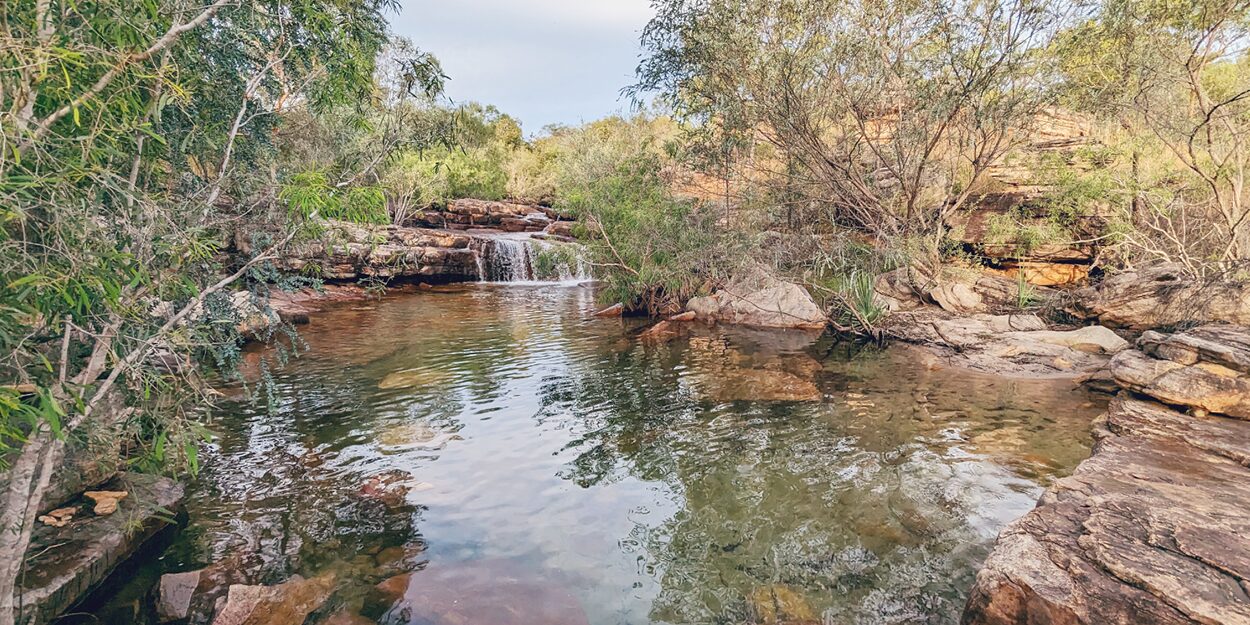
We just want to win souls for God. That’s our aim. That’s our prayer for the future.
Bible translation projects in communities
Translation projects are also making the Scriptures more available to people in their communities. Greg Anderson, Bishop of the Northern Territory, shared:
“Bible translation is really the powerhouse of the church because as people hear God’s Word and are trained in and respond to it, they hear God speaking and we want them to hear God speaking in their own language.”
In God’s goodness, many books of the Bible have been translated into a variety of Aboriginal and Torres Strait Islander languages. There are full translations of the entire Bible in Kriol, which is used by the Ngukurr, Minyerri and Urapunga communities. There is also an Wubuy translation of the New Testament in Numbulwar, with a group currently developing additional church resources. In Gunbalanya, there is a Kunwinjku translation of the New Testament, with CMS missionary Matt Pearson working alongside others in the community to translate and record more parts of the Old Testament.
However, there’s still a long way to go in translating Scripture into Anindilyakwa in Groote Eylandt. Currently, only seven books of the Bible are translated in Anindilyakwa, with three more ready for community checking.
Bishop Anderson shared this encouraging story of Mildred (Millie) Mamarika, the deacon at Umbakumba Church on Groote Eylandt who is also part of the Bible translation team. Bishop Anderson shared:
“Millie was so excited by Paul’s letter to the Philippians, which we studied during an Aboriginal consultative council retreat. She said, ‘My people must hear this story. They must hear this letter from Paul to the Philippians.’ So, she went home, and drafted a translation of the whole of Philippians into Anindilyakwa.”
Challenges faced by Indigenous churches
Just like all other churches in Australia and across the world, there are unique contextual challenges for Indigenous churches in the Northern Territory. James and Darryn shared some of the common hardships experienced by Indigenous believers and churches.
“A big challenge is people losing their loved ones. We continue praying and focusing on Christ in our weakness and sad news. In the [Nungalinya] College, you can hear and see how people process differently; their culture and ceremony.”
Bishop Anderson added that funerals can be “overwhelming for ordained clergy.” He shared,
“In some ways, it’s like their full-time job is funeral chaplain. And it’s such a weight on them because everybody’s interconnected. So, it’s not just doing the function of a funeral, but it’s the grief of the whole family, including those ordained leaders.”
Another key issue is the lack of young men stepping into leadership roles in their churches. Darryn shared:
“There are many men coming, but we need a godly man or a woman to stand there and be part of the church to continue and carry on this gospel.
“Many of them come to fellowship and are involved in the church program. But sometimes there’s something that is holding them back. We need more men to be there. Young men and old, it’s never too late to be a child of God.
“We just want them to be there at fellowship. I don’t really know what’s holding them back, but we continue praying for them.”
A specific challenge for the church community in Urapunga is the lack of a suitable building, which impacts how frequently the church meets during the Wet season.
“We don’t have a church building,” Miriam shared.
“And when it’s raining, we don’t get together. We stay separate. James and I stay in our house, and the others they stay in their house. When it’s raining, it’s really hard for us at Urapunga.”
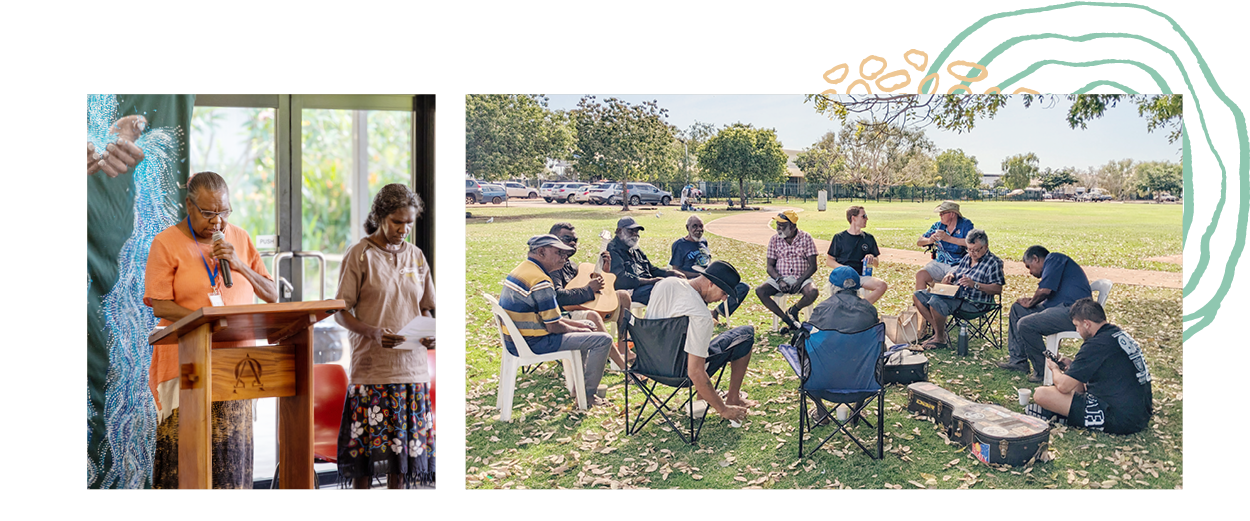
Left image: Chapel at Nungalinya College;
Right image: A men’s Bible study gathering in Broome.
Dreams for the future
James, Miriam and Darryn have many hopes for the future of the Indigenous church in Arnhem Land.
For James, his desire is to see more Indigenous peoples coming to study and work at Nungalinya College. He reflected:
“In the future, I would like to see more Indigenous staff that could work in the college to balance learning both ways—from Western ways and Indigenous ways. Staff, teachers and students—we work together, and we work both ways. So that’s the aim for the future—for our young, new Christians to come and learn more in the college, and to participate more not only in studying, but working.”
Darryn added:
“I see a lot of young and old people coming to church. And I would like to see the younger ones, the new generation, the little ones. We want our kids, our new generation to continue to know God. We want godly men and women to continue that dream that God has given us.”
Bishop Anderson explained that there is a critical need in at least three parishes to find a new generation of church leaders to hand over to. To see this happen, he shared that evangelism is key. He said:
“We need to find an ongoing way of presenting the good news of Jesus in ways that people will understand, especially that young people will understand.”
What’s their ultimate desire for the future? For James, Miriam and Darryn, it’s simple:
“We just want to win souls for God. That’s our aim. That’s our prayer for the future.”
Will you join James, Miriam, Darryn and Bishop Anderson in praying for the future of the Indigenous church in the Northern Territory?
GIVE
![]()
Did you know that you can be involved in supporting the Indigenous church in the Northern Territory? One of the ways you can express this partnership is through financial giving. Go here to find out more.

